Mount Vernon
and the Shenandoah National Park
The Home
I love history. When my wife and I were planning a trip to visit and hike Shenandoah National Park, I could not resist the opportunity to visit one of America’s most visited historical places, Mount Vernon.
Mount Vernon was home to the United State’s first president, George Washington. The house was originally built in 1734 by his father Augustine Washington and started as a single-story dwelling. Throughout the years, George’s half-brother, Lawrence, added more additions to the home and also was the one who named the property Mount Vernon. George received the house in 1754 and soon began renovating the iconic home you see today. At the peak of Washington’s life, the house sat on about 7,600 acres. Today the house sits on about 500 acres. Now, let us take a closer look at some of the rooms in the 11,000-square-foot mansion.

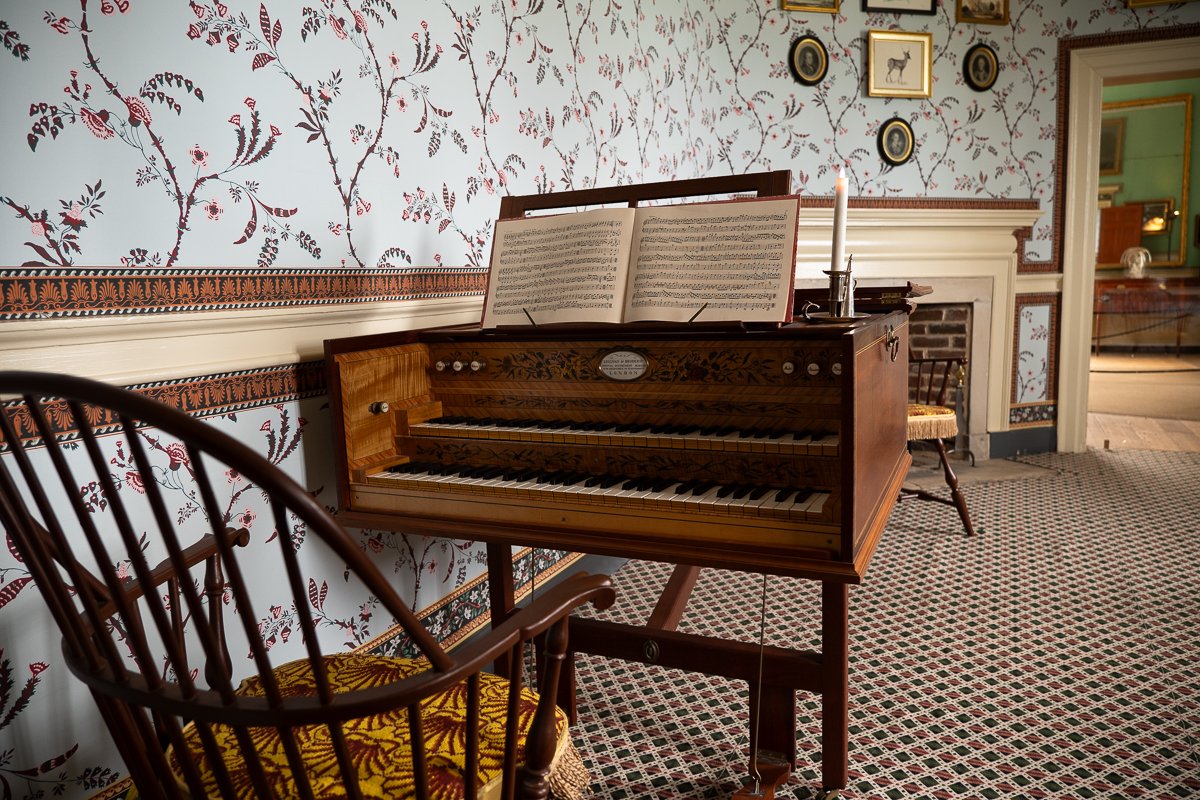
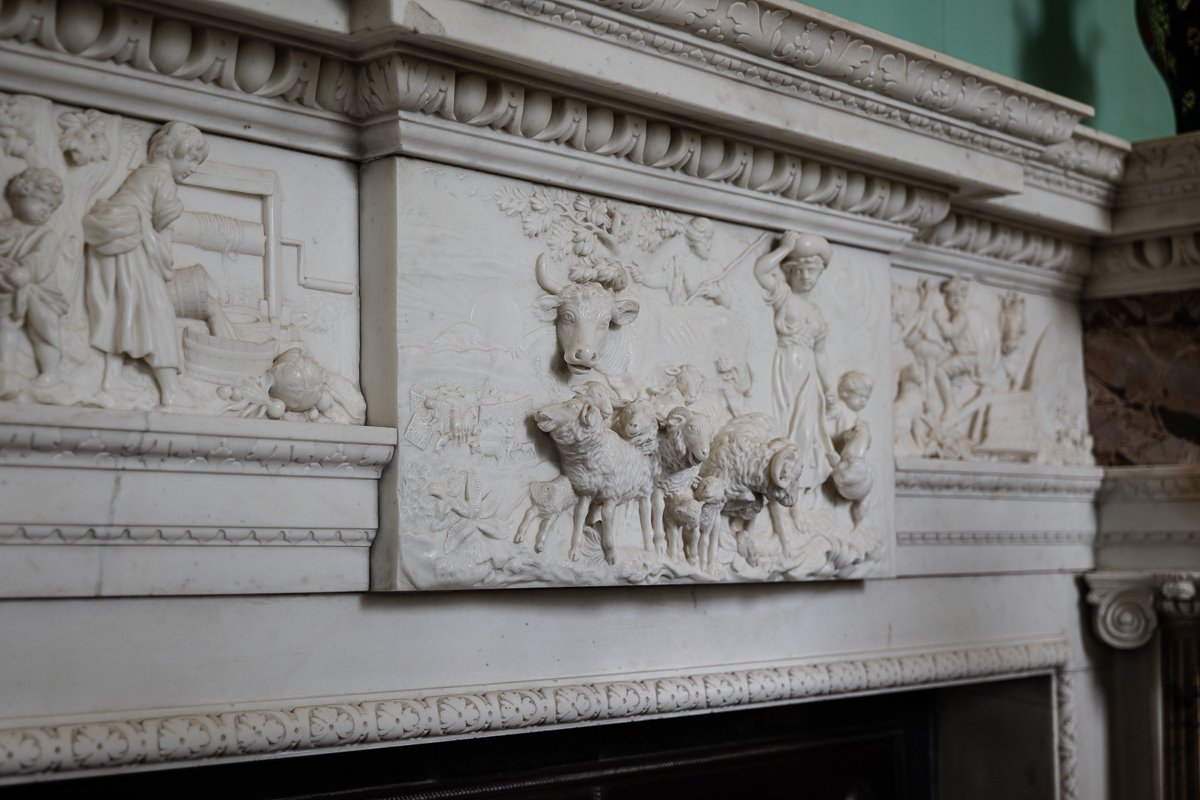
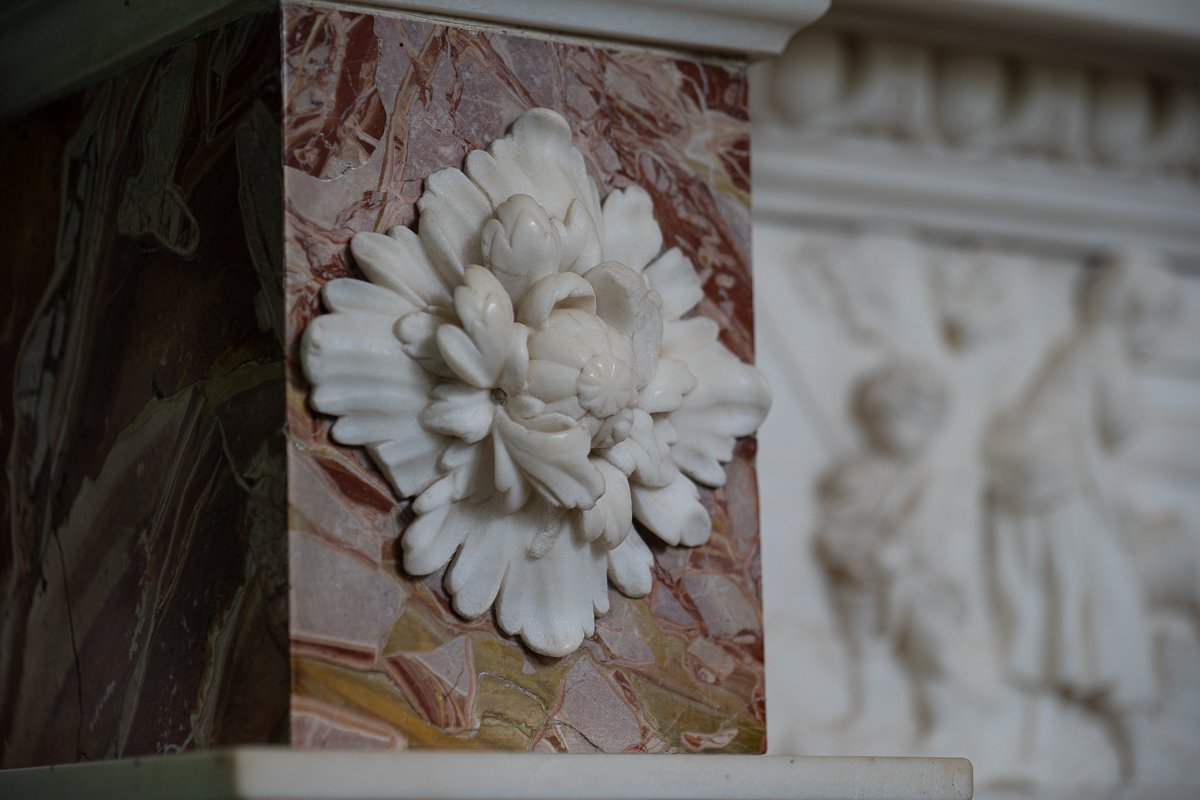
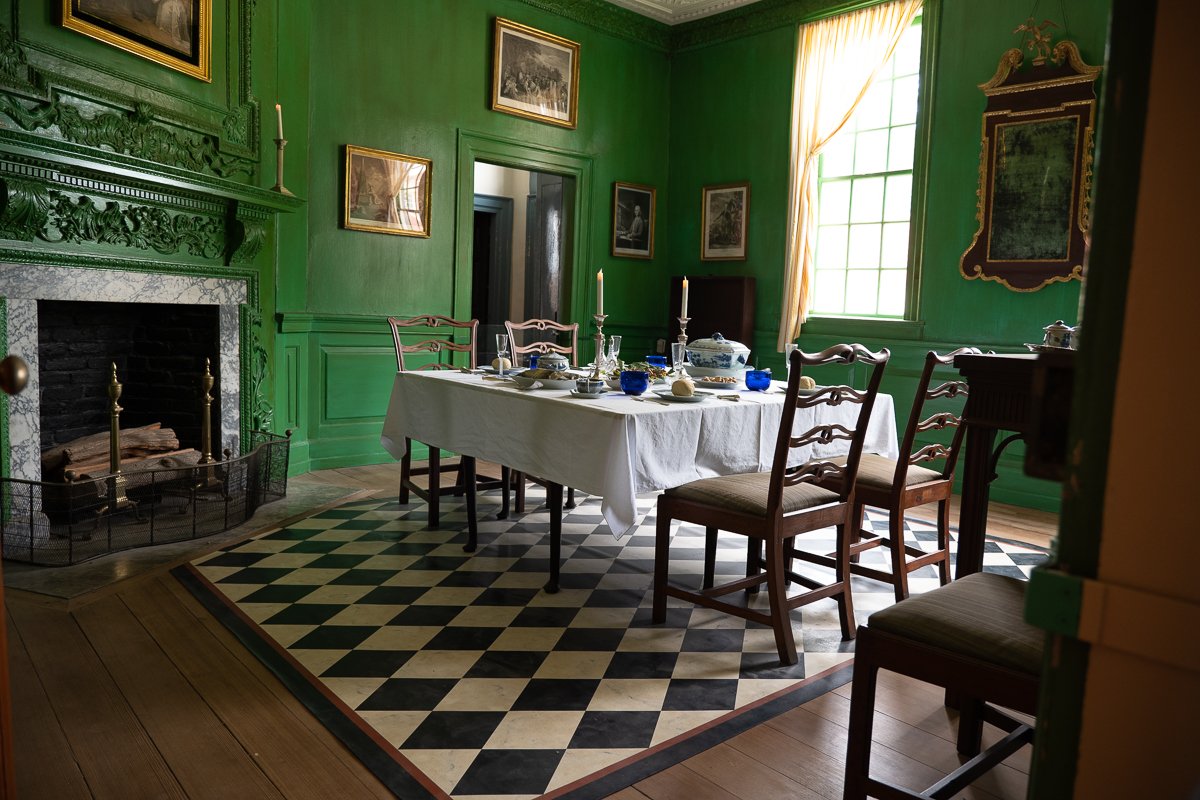
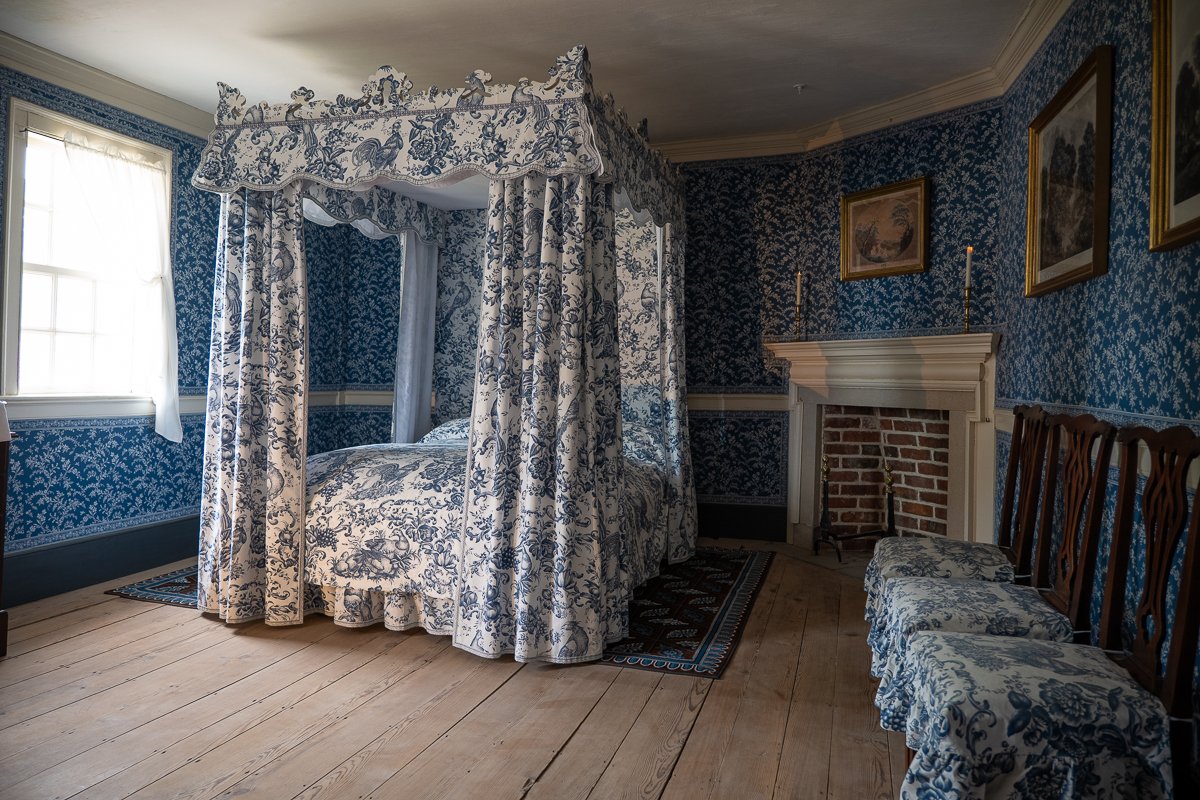
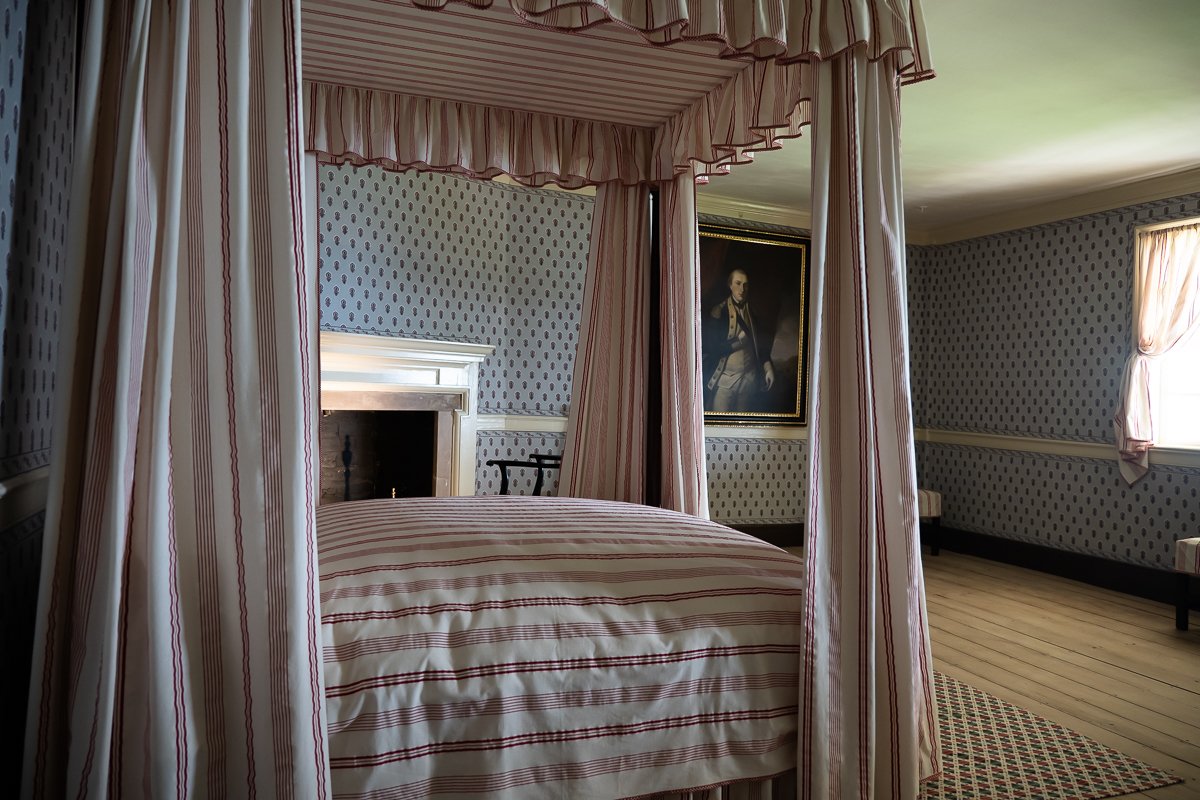

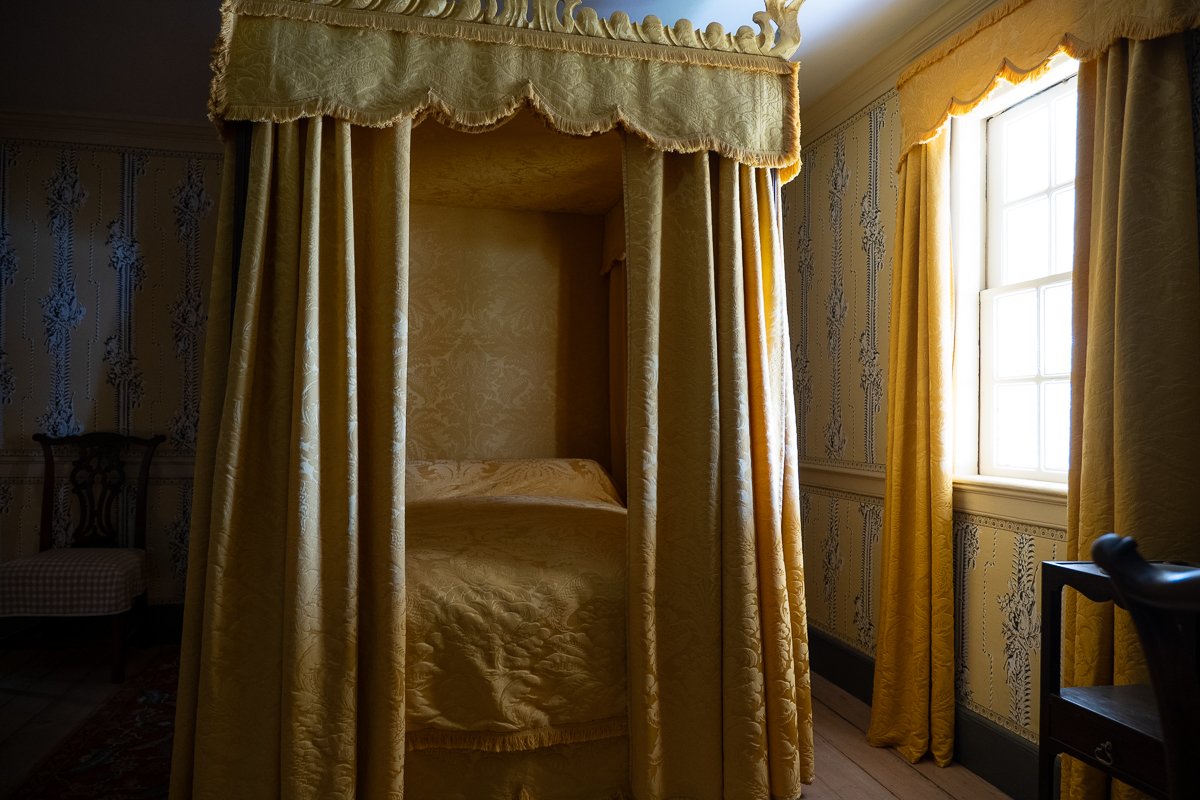
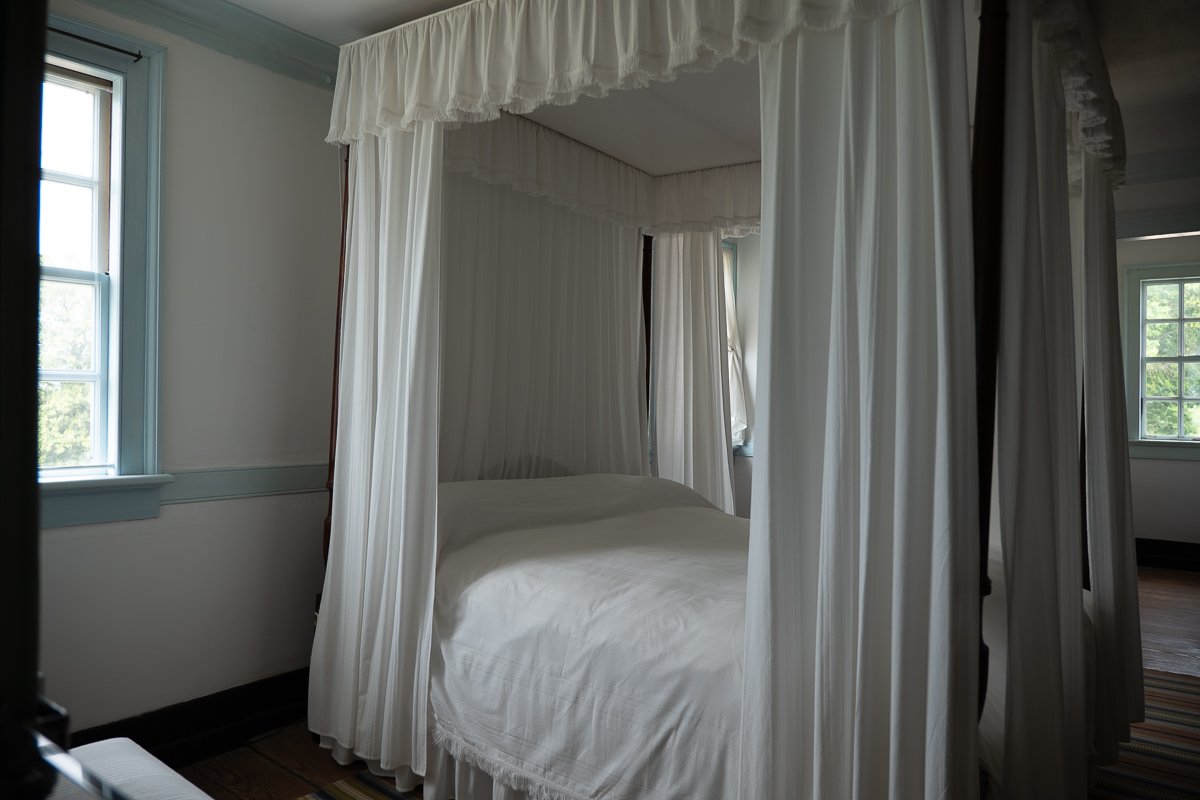
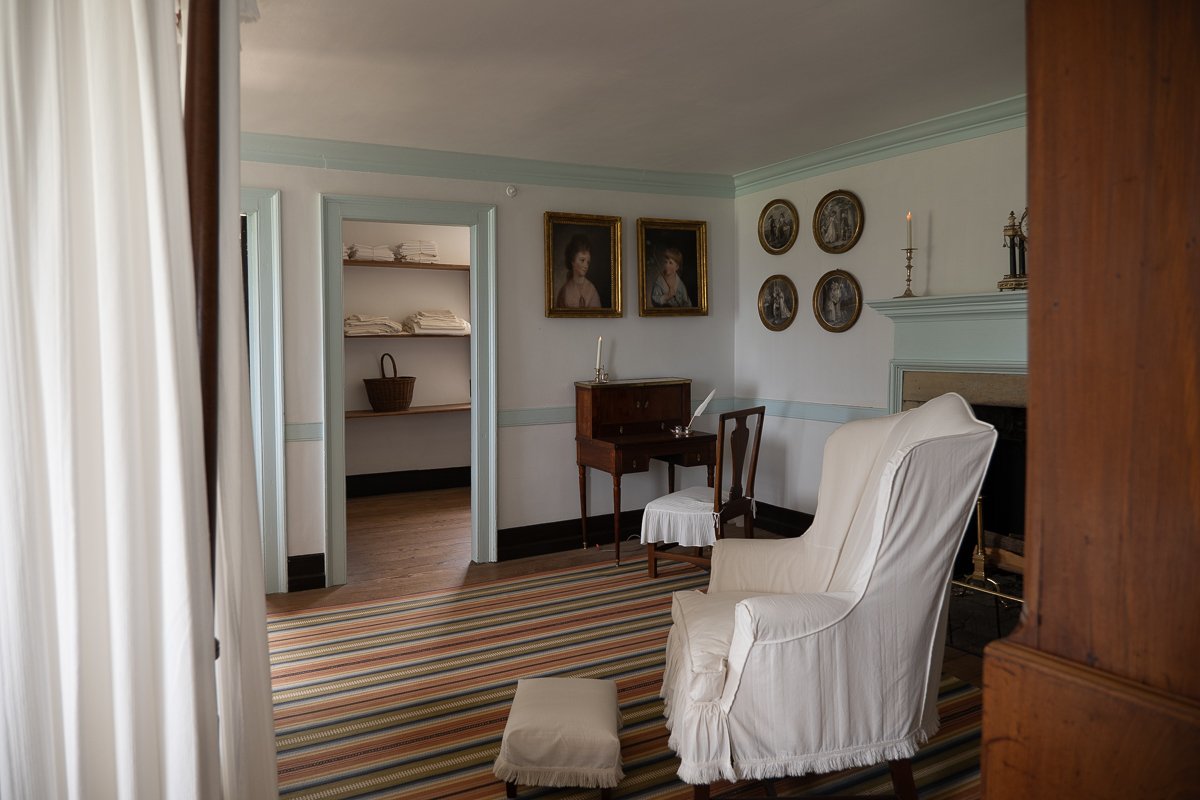

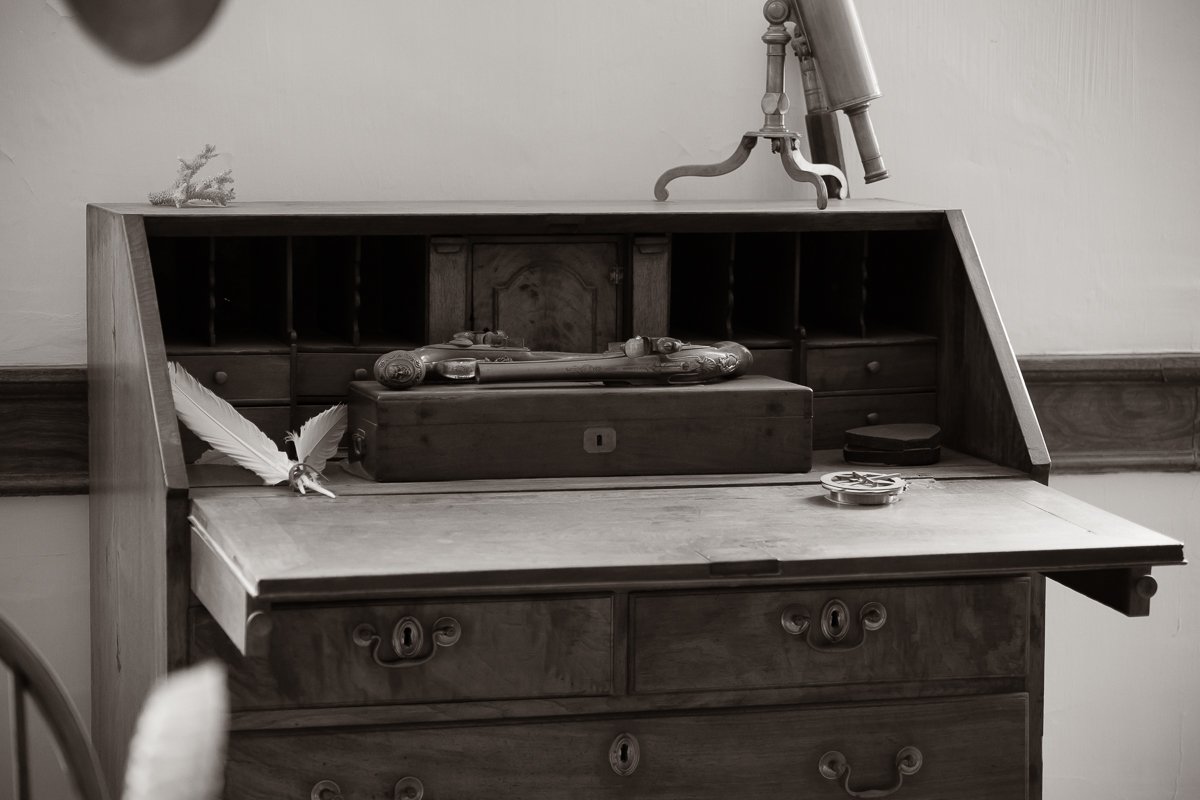

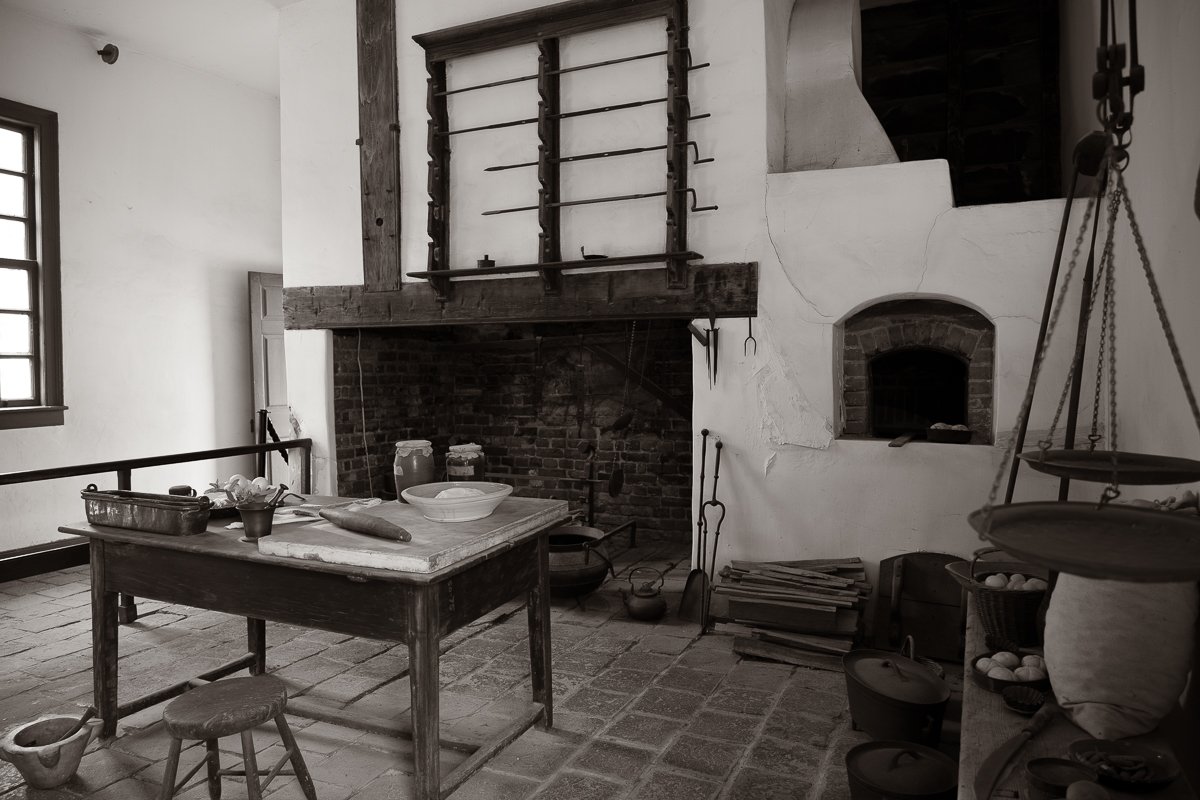
Slavery
The Virginia Colony was engrossed in slavery for economic growth for close to a century. Since George grew up in a slave-owning society, he also purchased slaves. In 1774 George’s father died and left him 10 slaves and then throughout his life, he gained more slaves through inheritance, dowry, and growth of enslaved families. Growing into a more mature adult, George’s attitude about slavery started to shift. He avoided the issue publicly, thinking that arguments over slavery could unravel the newly founded nation. Being concerned about the farm’s income and operations, separating enslaved families, and his political power as leader of the new nation led him to postpone any governmental actions during his lifetime. Upon his death in 1799, George’s will made his antislavery statement public. The will also emancipated William Lee (George’s personal servant) on the day of George’s death. The rest of his will referencing slavery stated all other enslaved people shall stay until the passing of his wife Martha. In 1802, Martha emancipated 123 of George’s owned slaves two years after George’s death. They were now able to walk off the property as free men and women. In 1802, Martha passed from a fever. Here are some images of the enslaved peoples’ quarters at Mount Vernon.
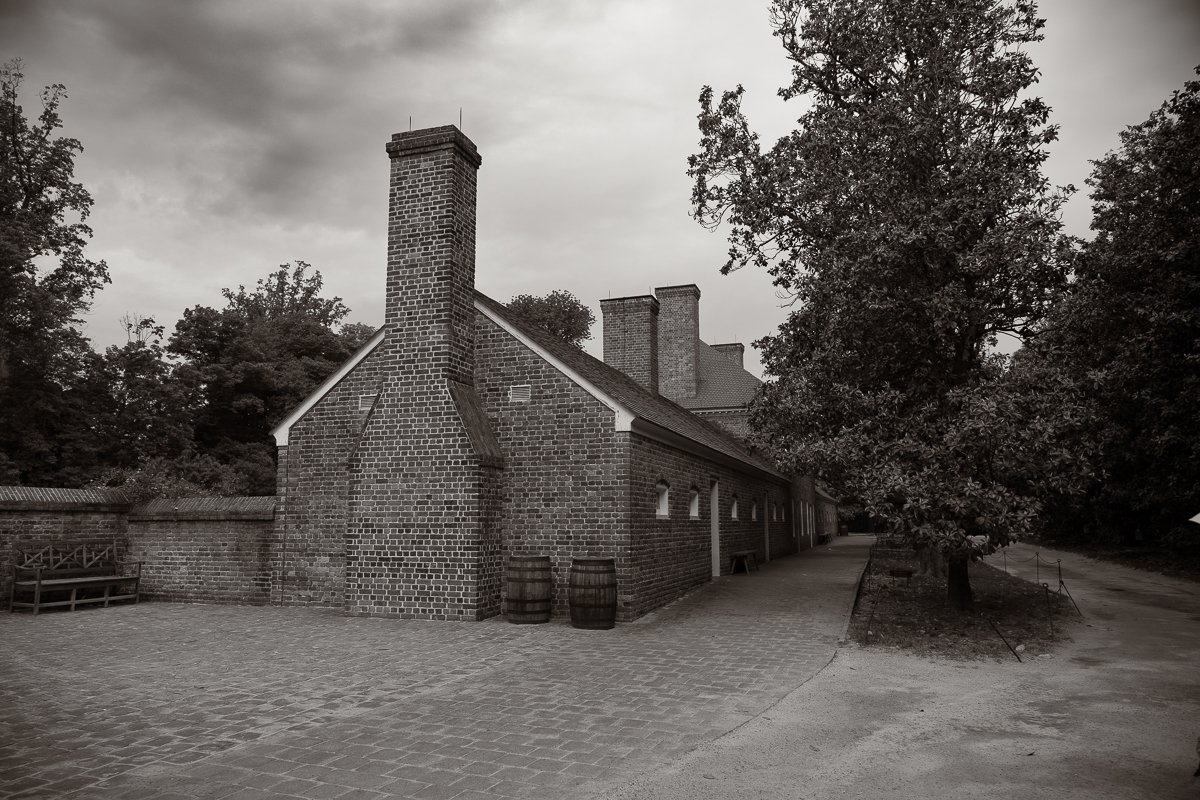
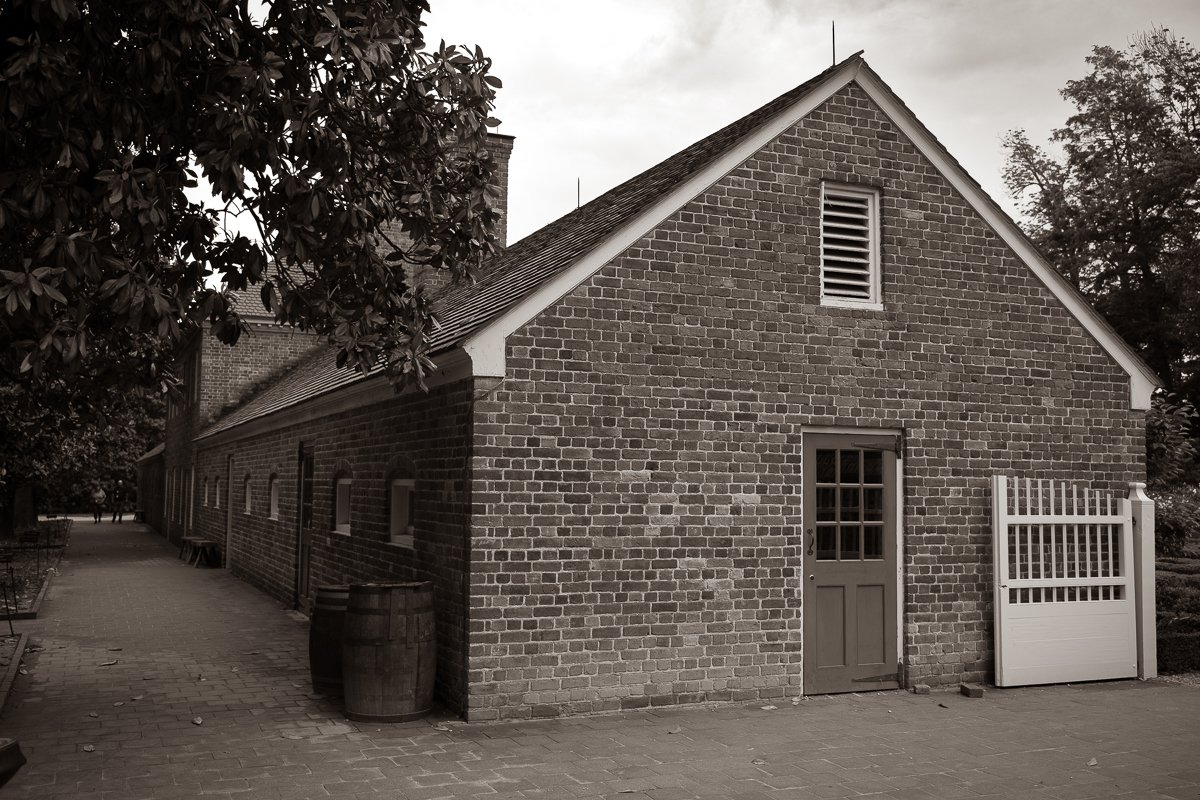
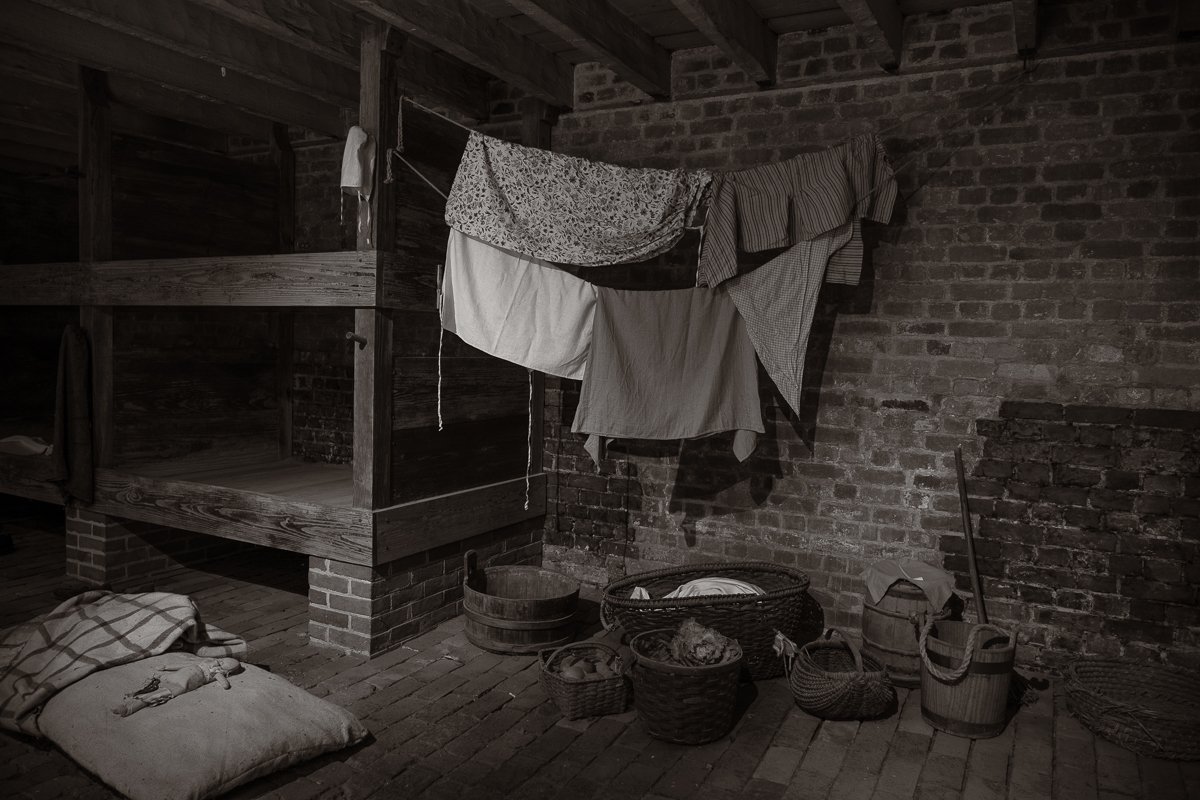
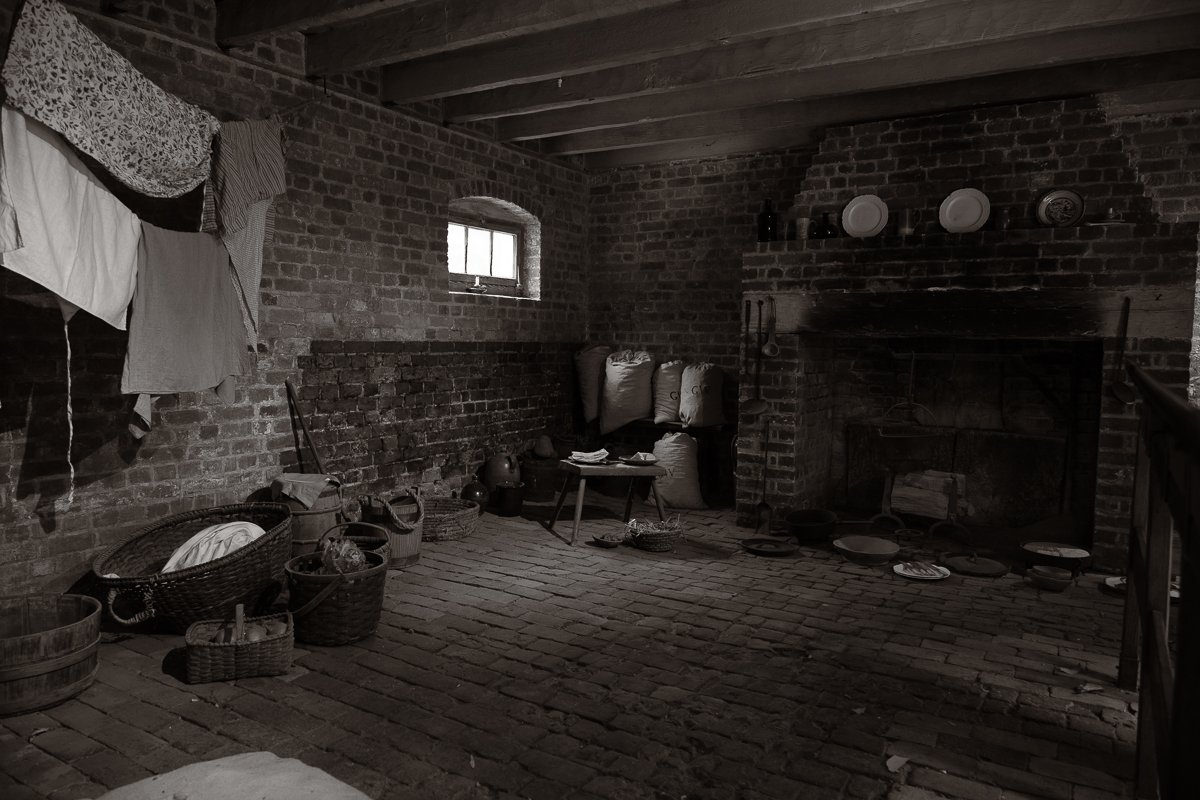
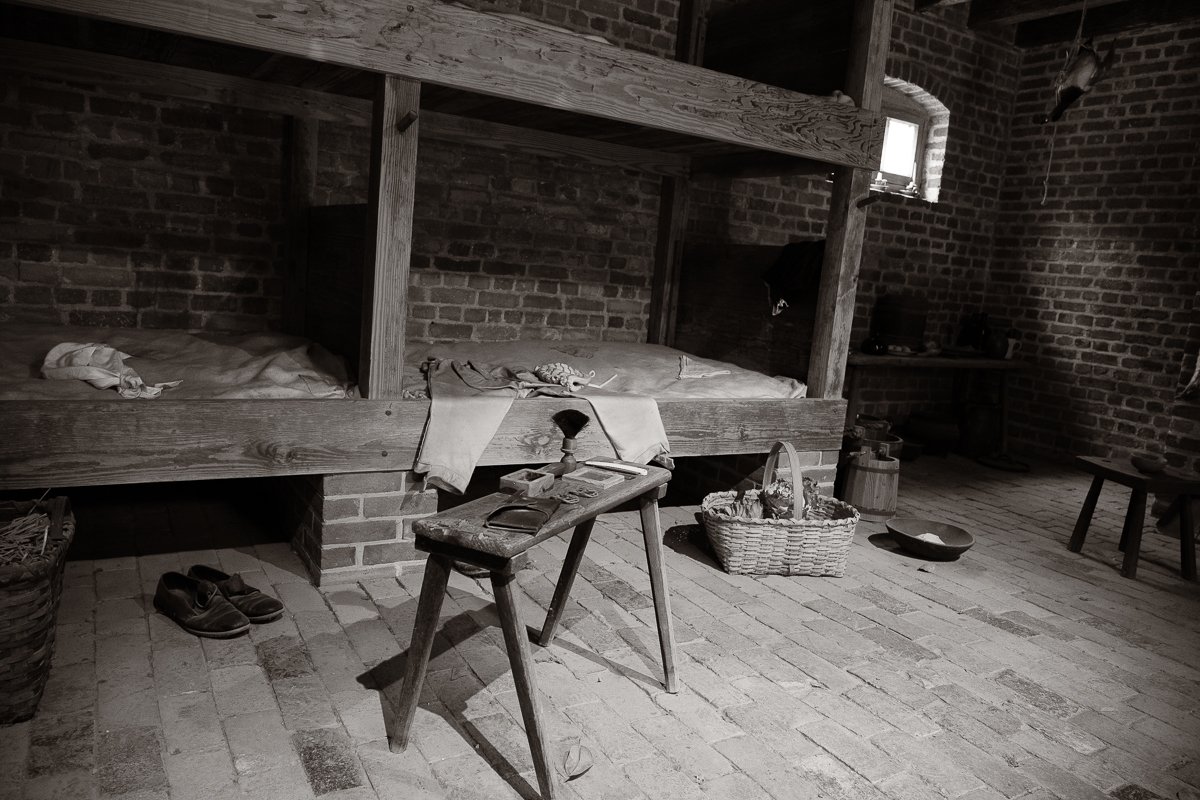
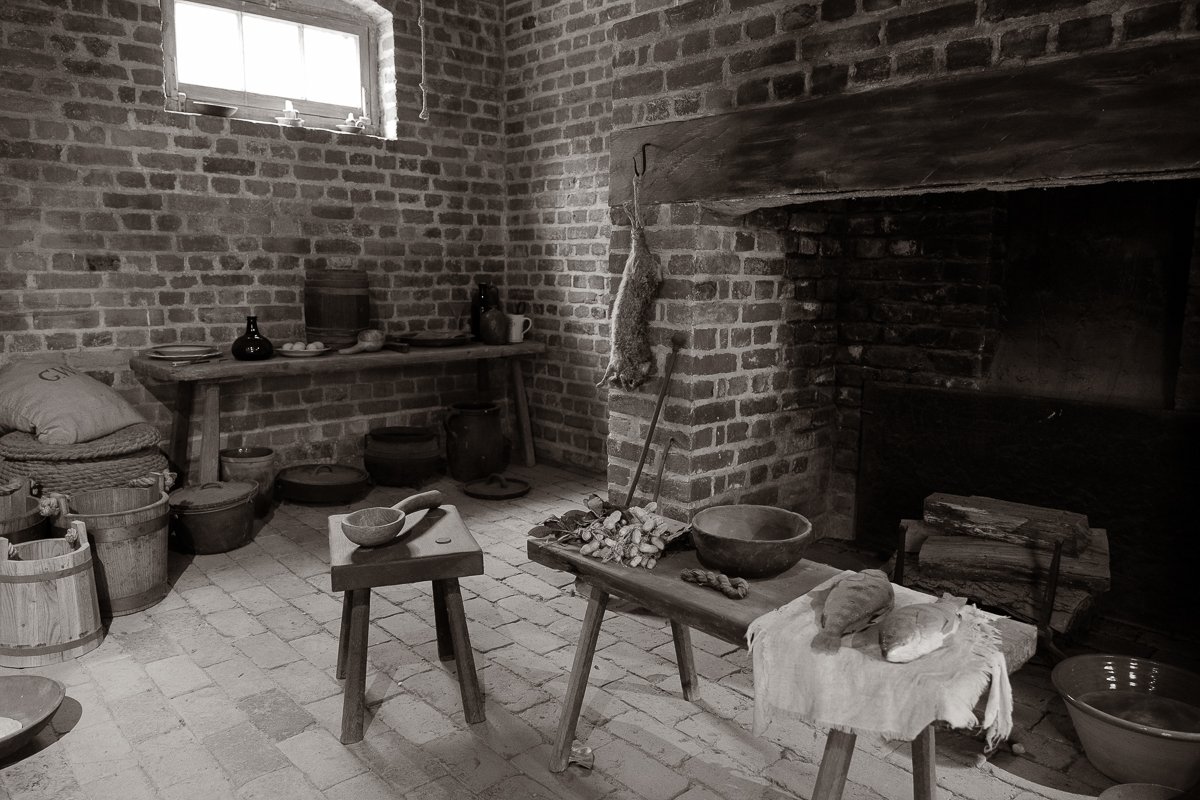
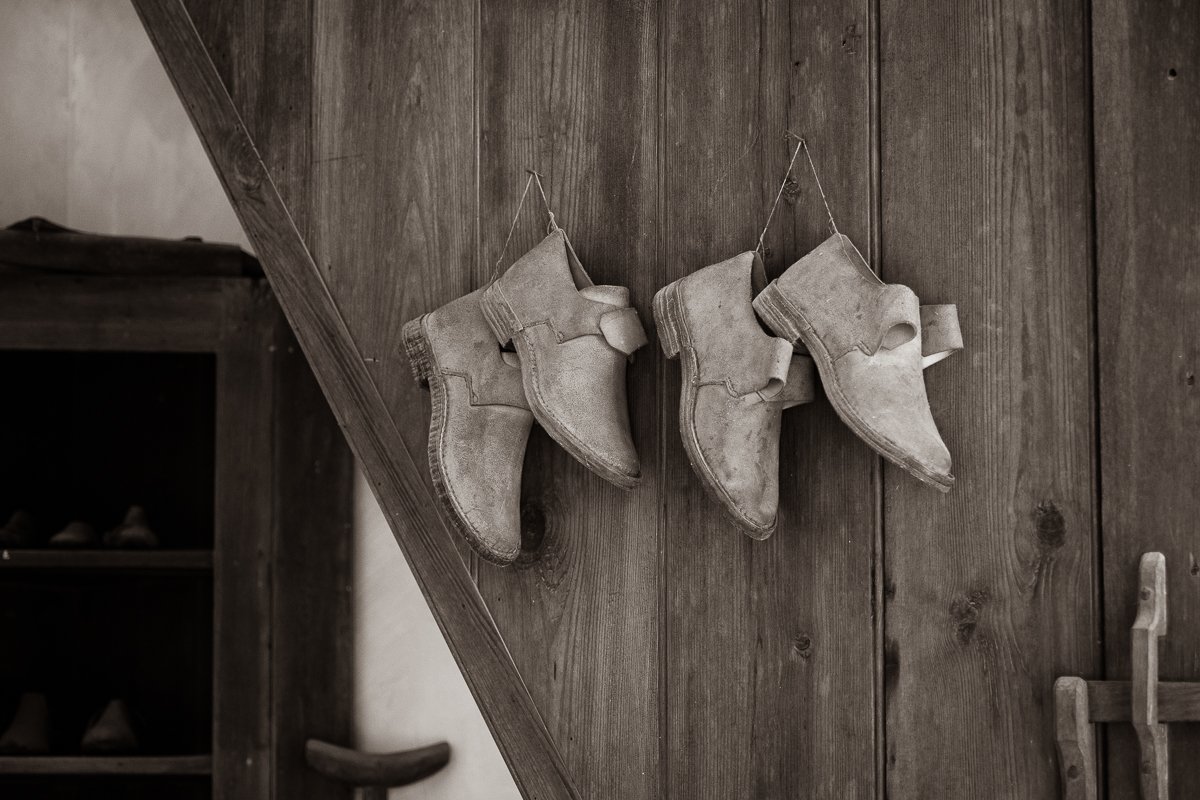
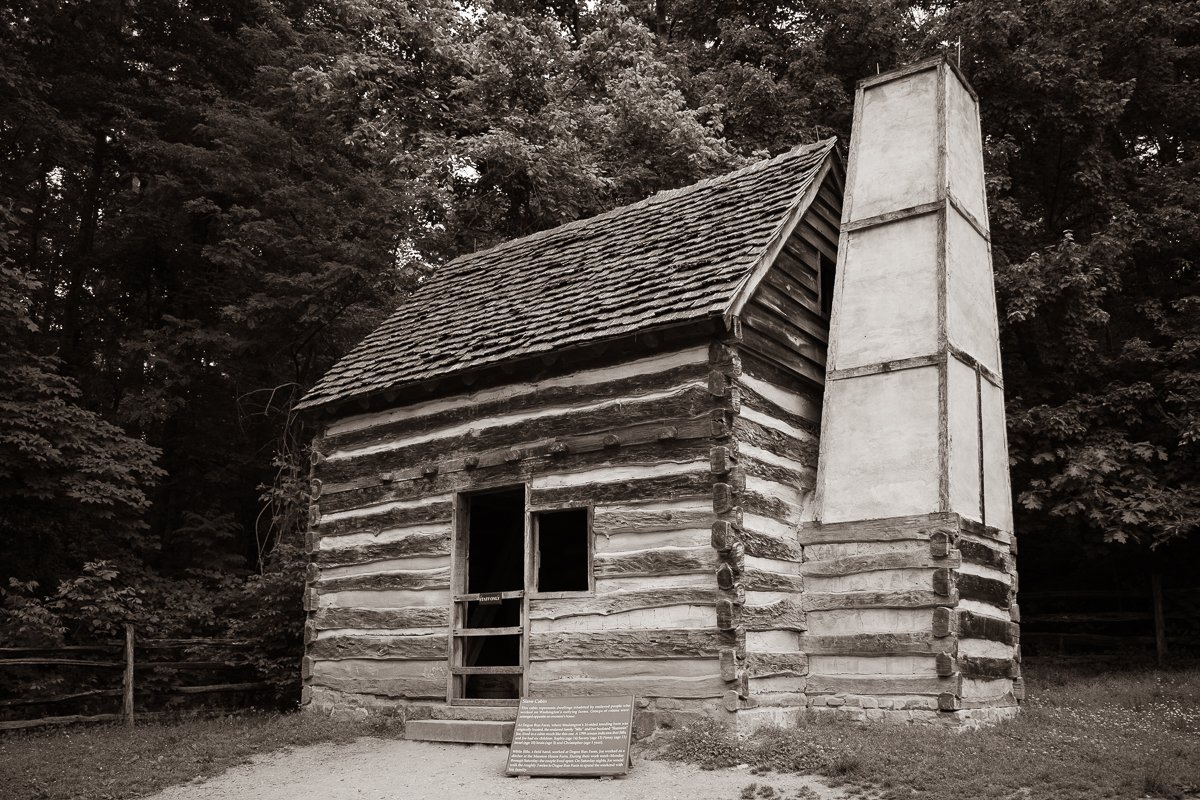
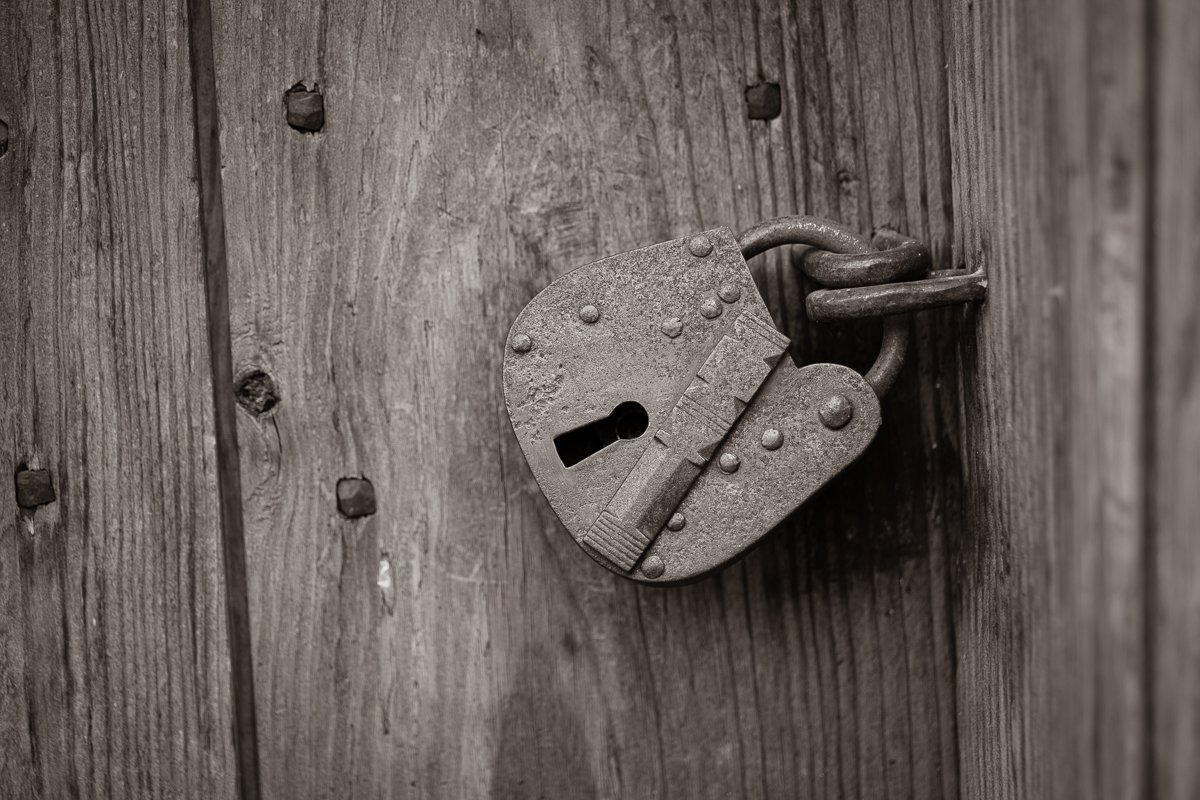
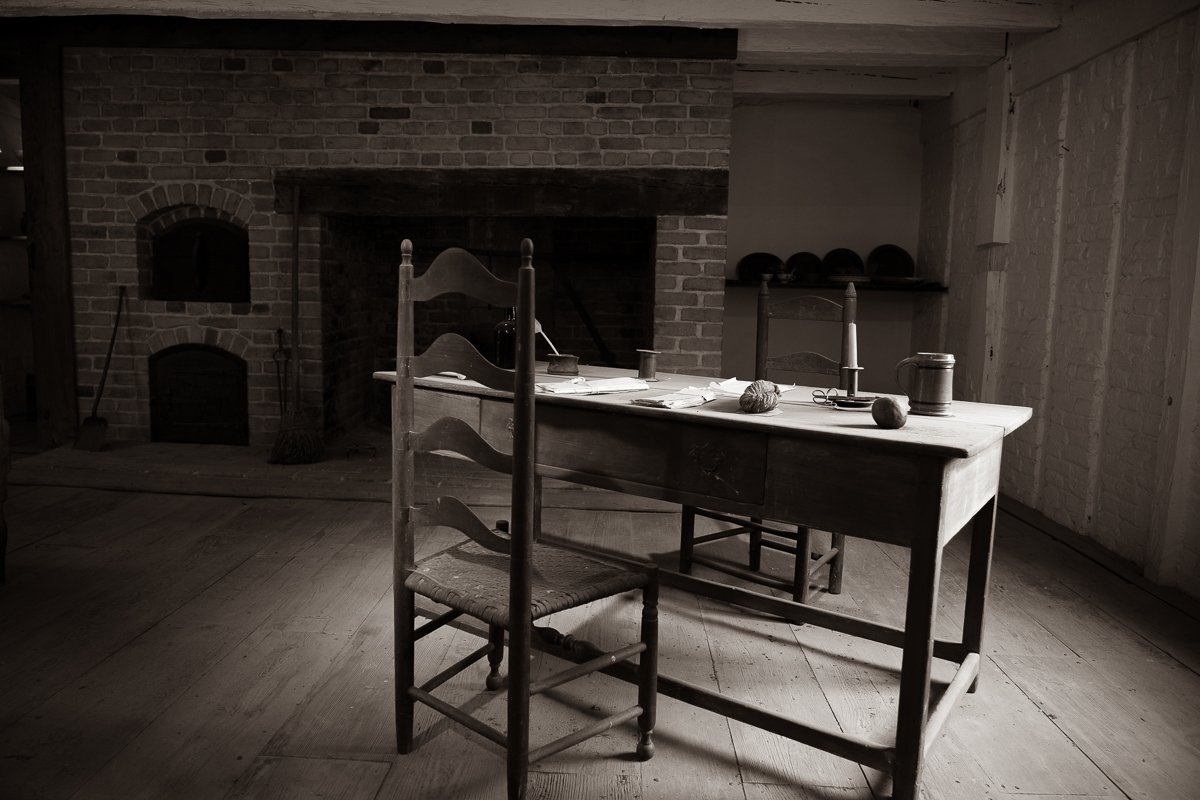
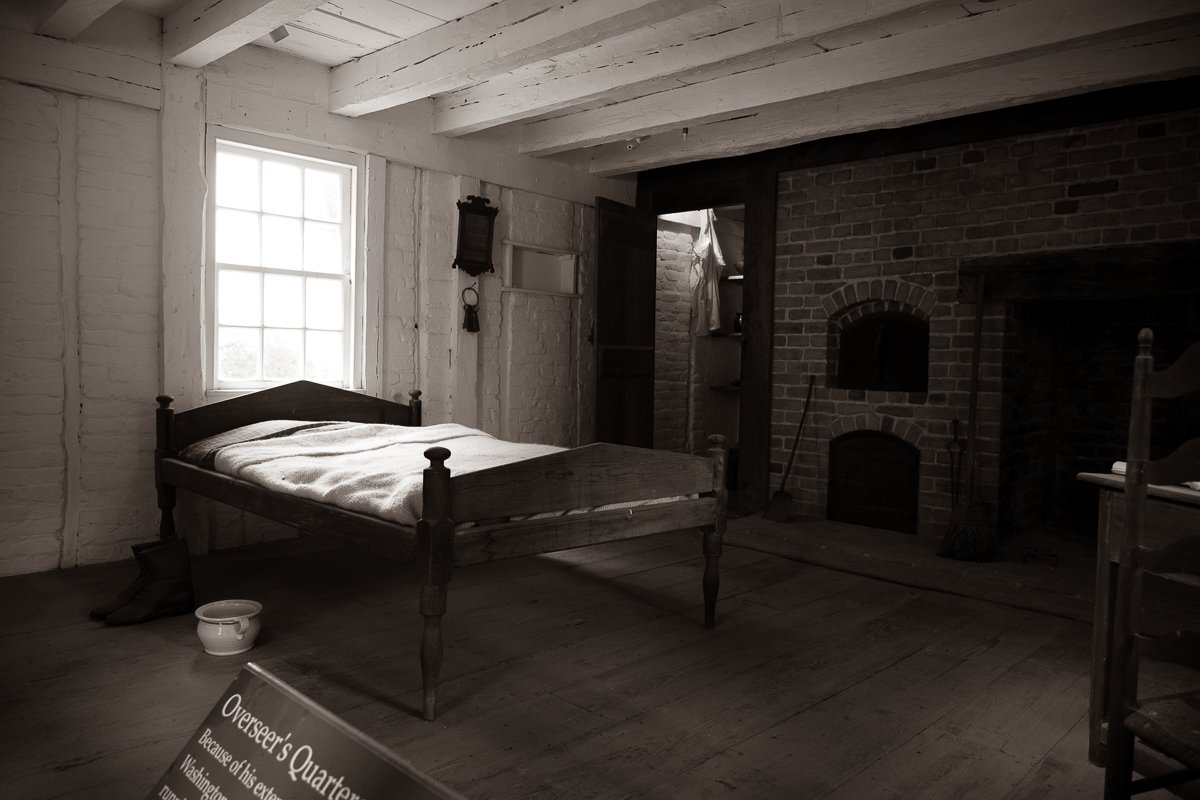
The Property
George was a man of many ideas. He tried out many different types of crops to see what would be the most profitable. His first crop was hemp. Hemp was used to make ropes, mainly used for sailing. This was a good hustle for George, but not good enough to keep the property going because hemp needed fertile soil, and it took years after one crop to have healthy soil to grow another hemp crop. He had many different crops growing at any given time. During the testing of different crops, George learned how to do crop rotation to keep the soil healthy and to be able to grow more crops faster. On the property, he also had fruit trees, a distillery, a gristmill, a store, a shoe cobbler, raised sheep and cattle, and a grain mill. The distillery was run by an old Irishman, James Anderson, who knew the booze would be a good business. He was right. Washington’s distillery was the largest whiskey producer at its time in 1777. The distillery produced about 11,000 gallons of whiskey a year. The first image below is of the greenhouse. This is where the plants would be cultivated for the winter months before being planted in the garden. The rest of the images are of the gristmill, distillery, and other parts of the property. In one of the images, you can even see the grain mill through the yellow flowers.
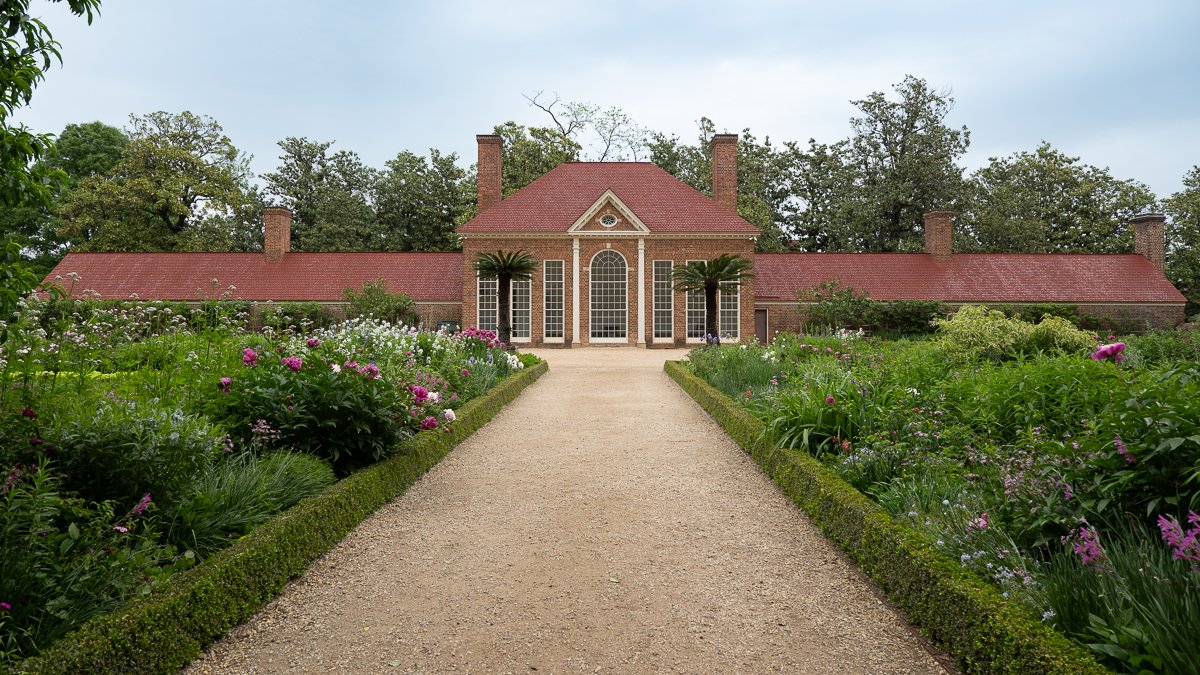

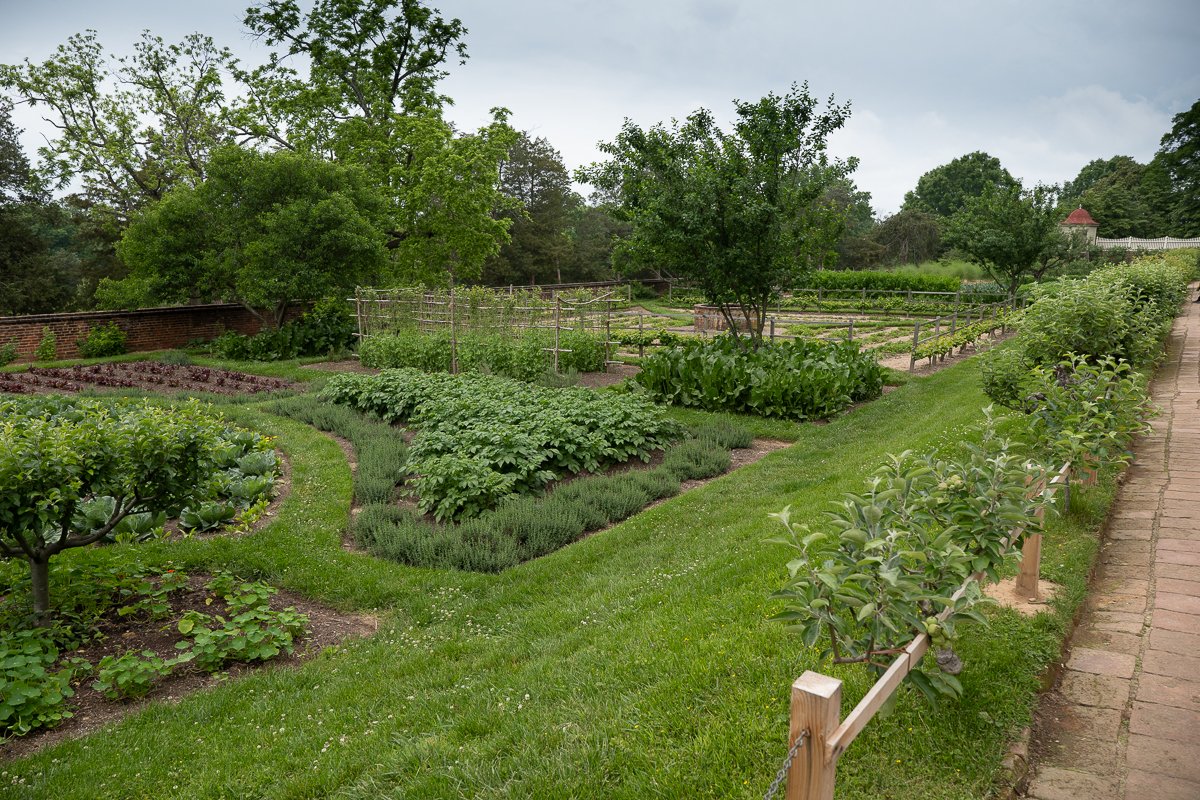

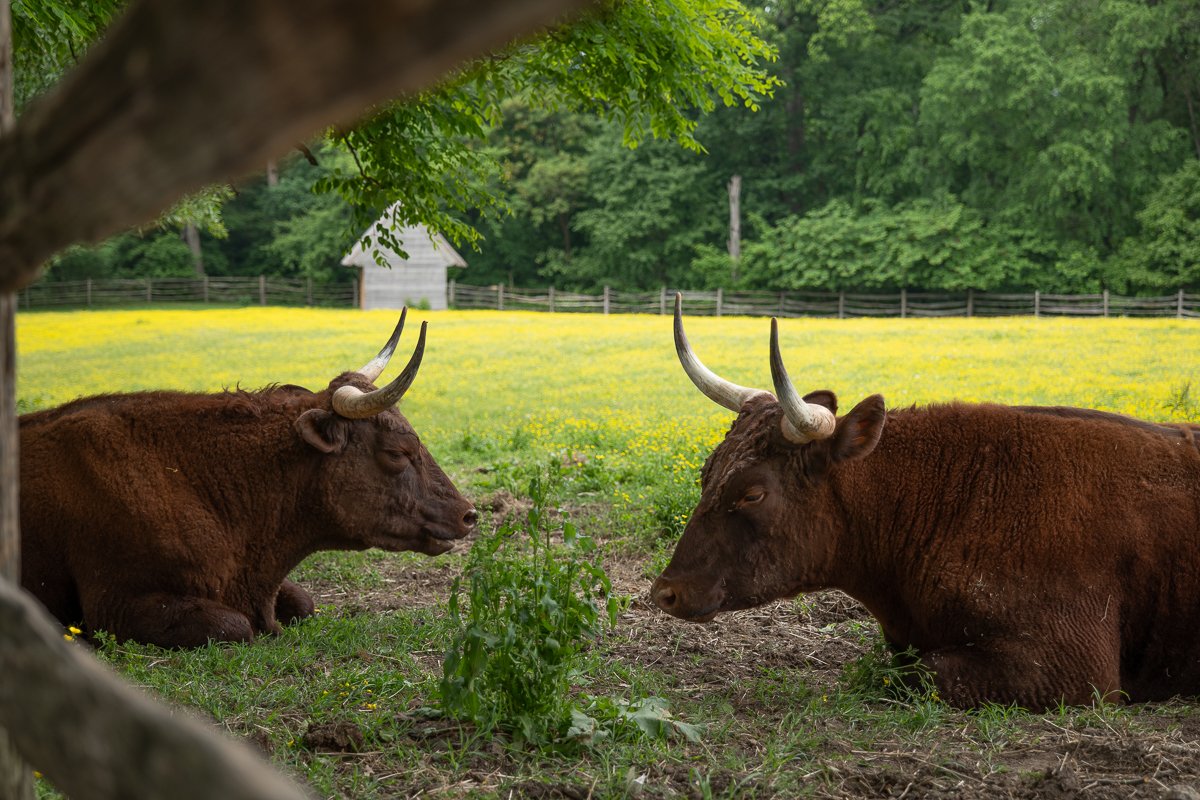
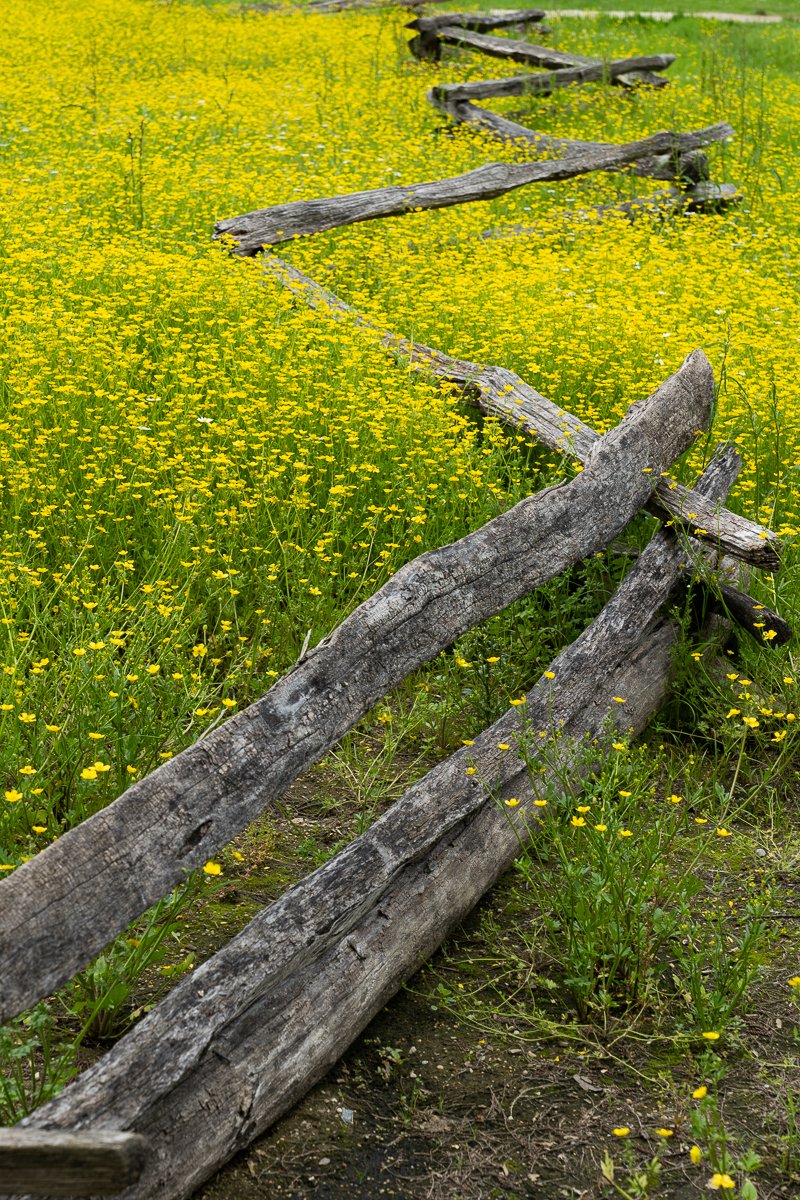
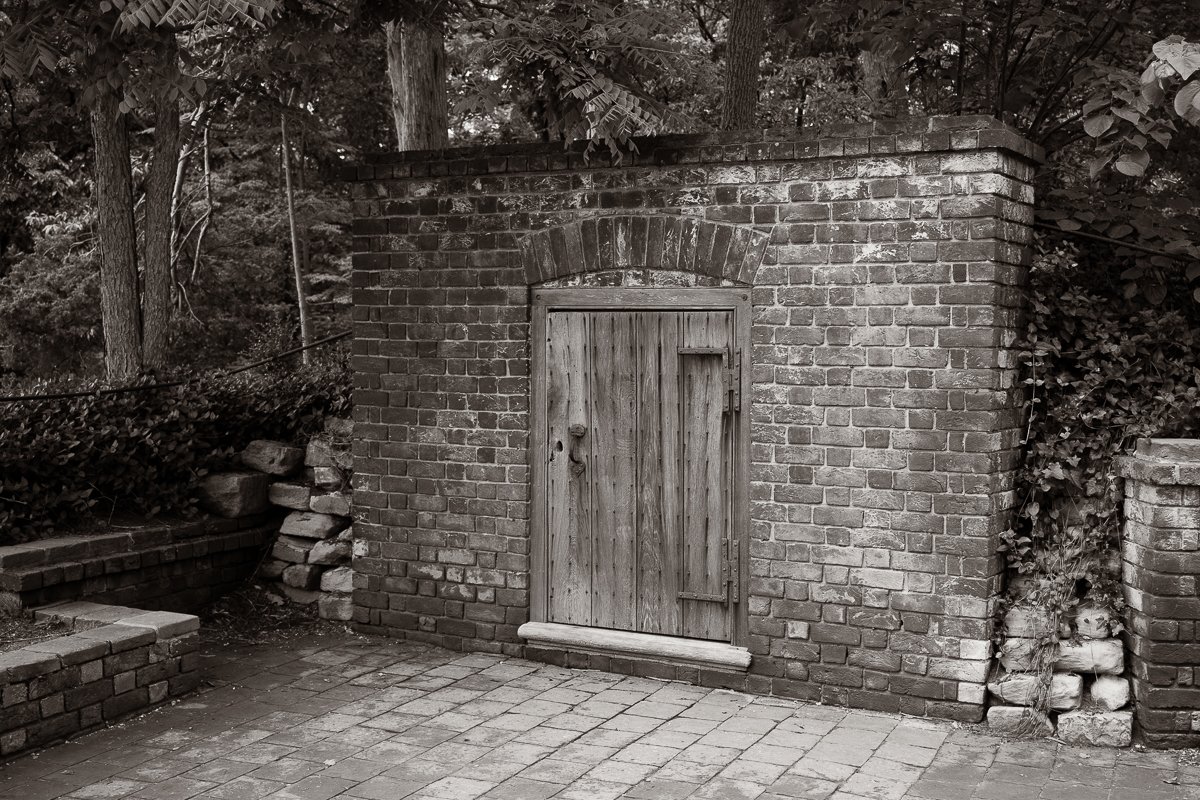
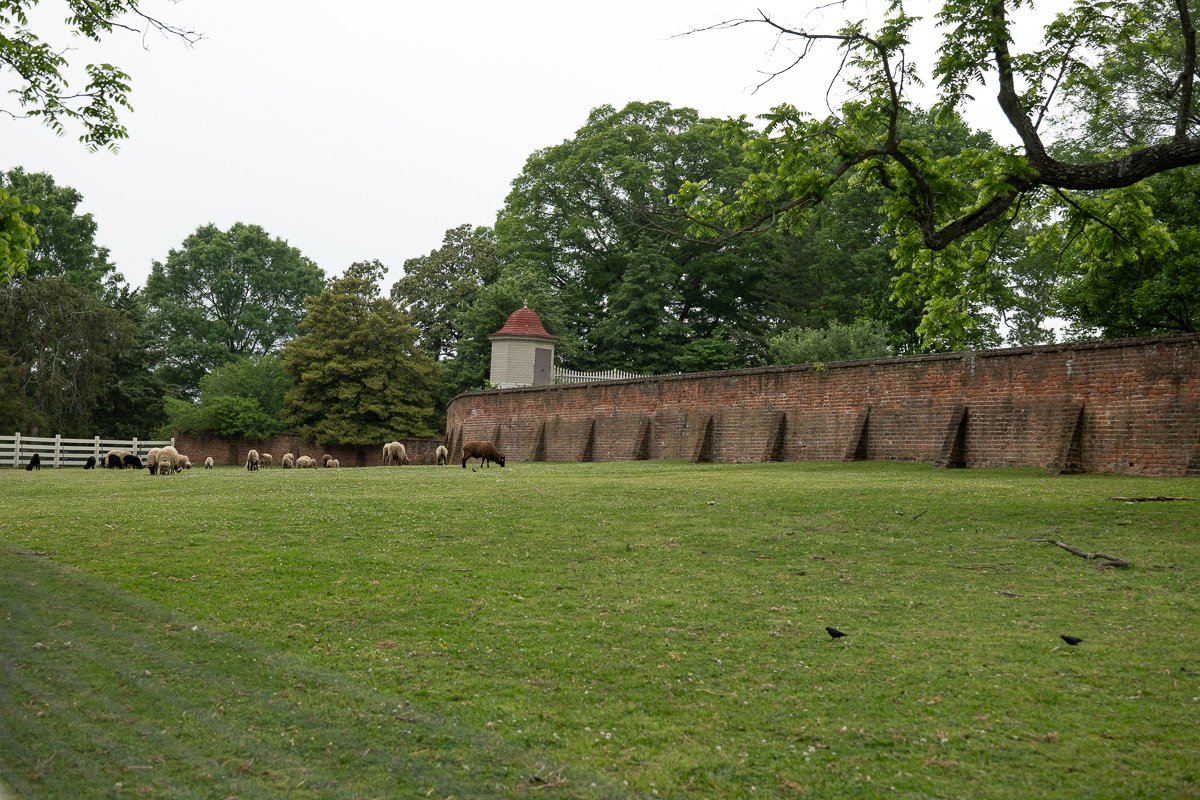

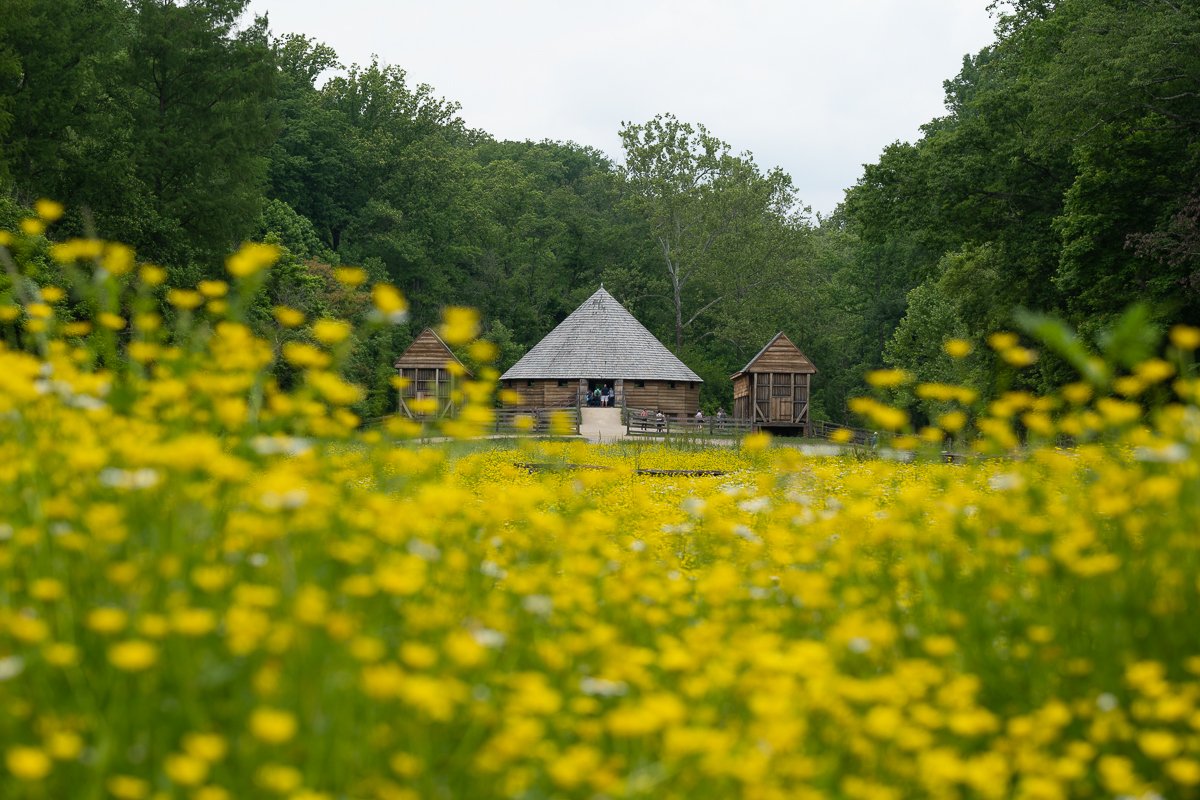
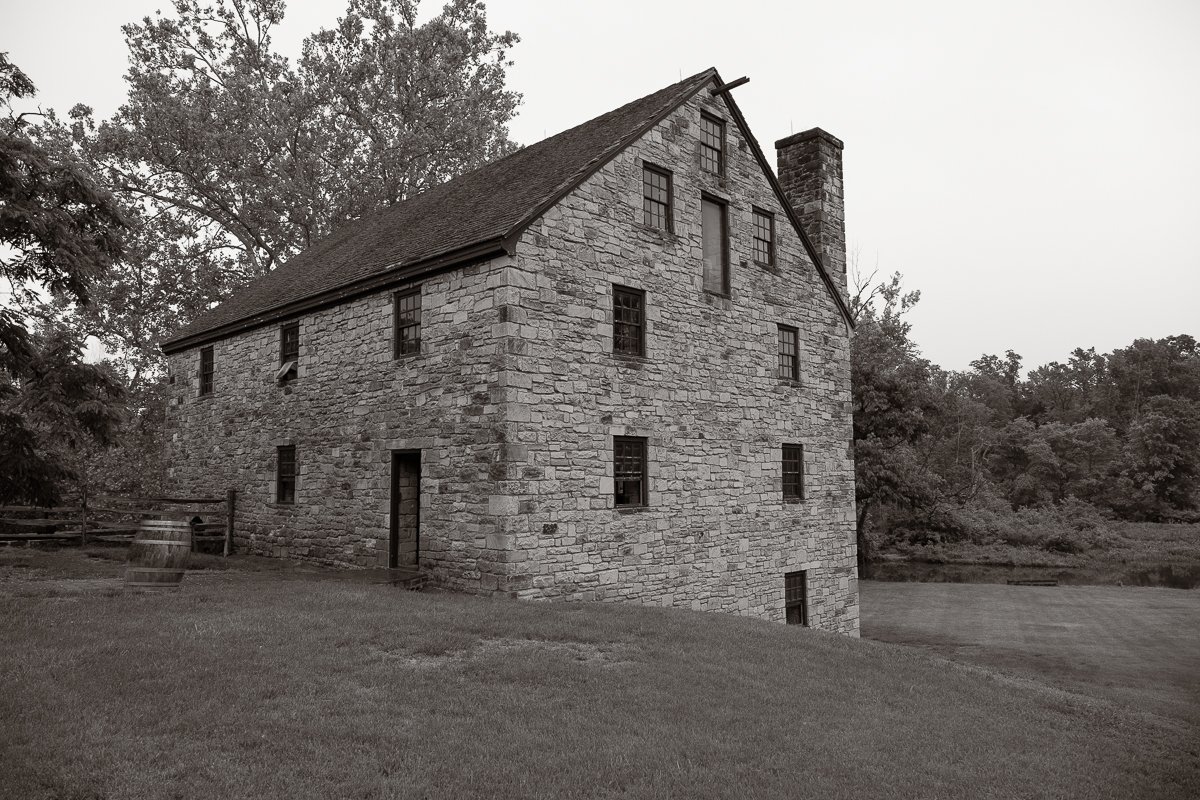
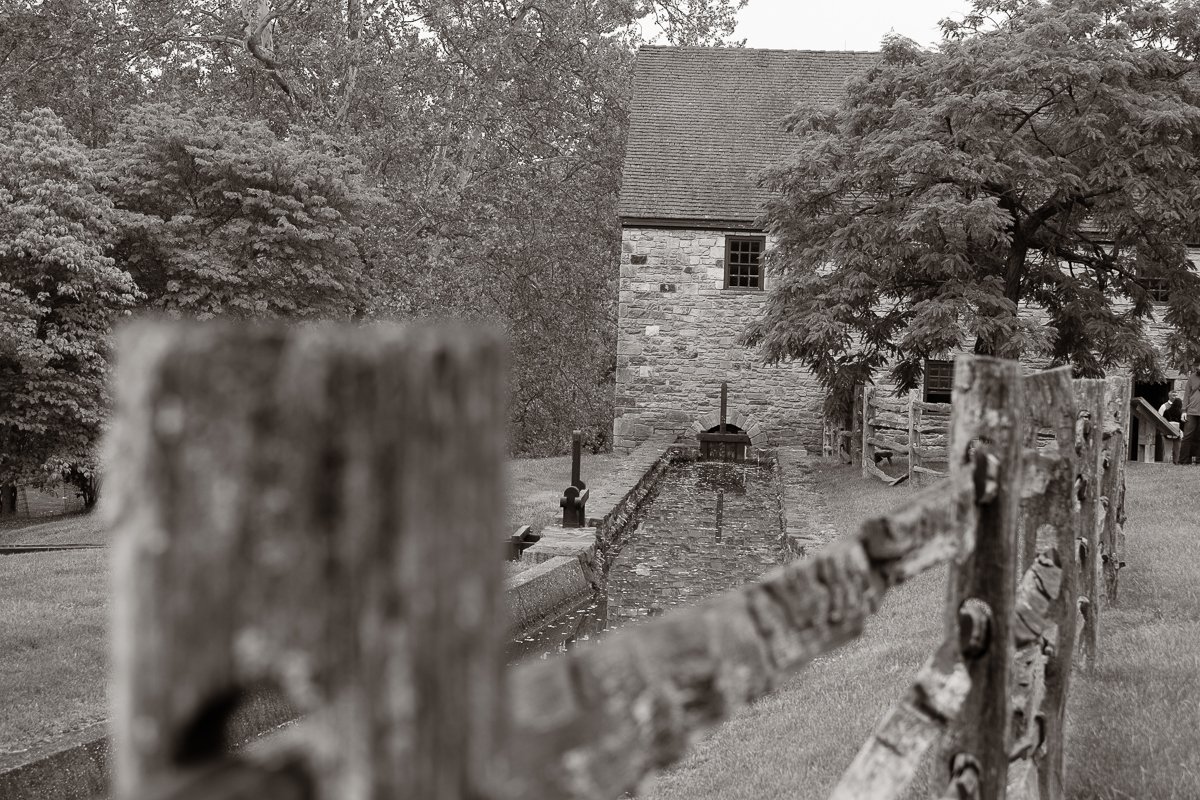
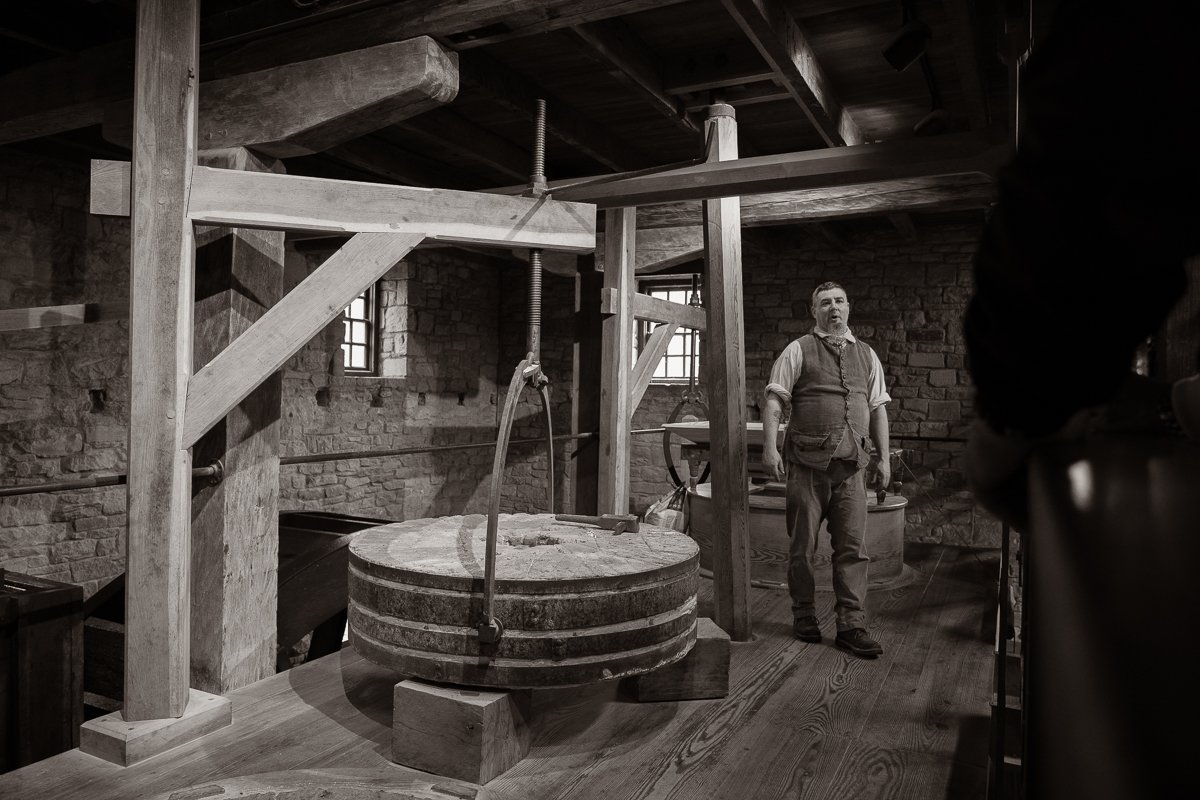
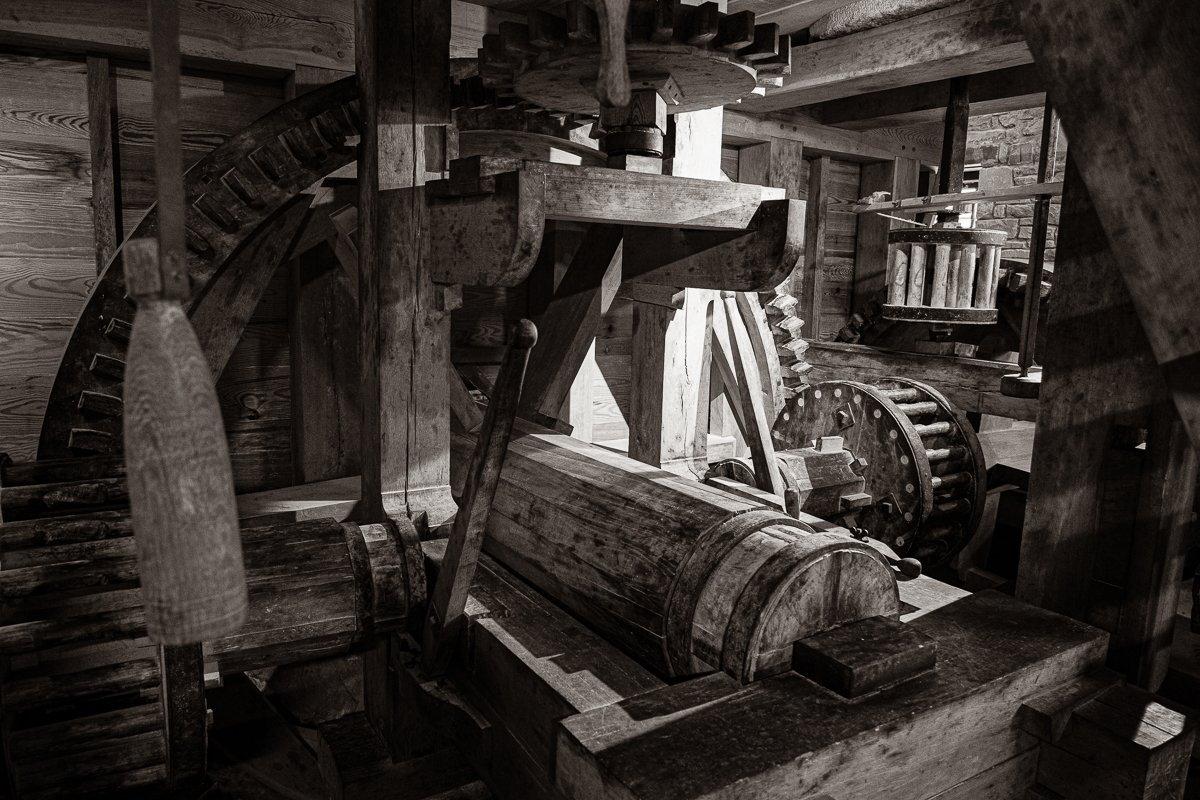
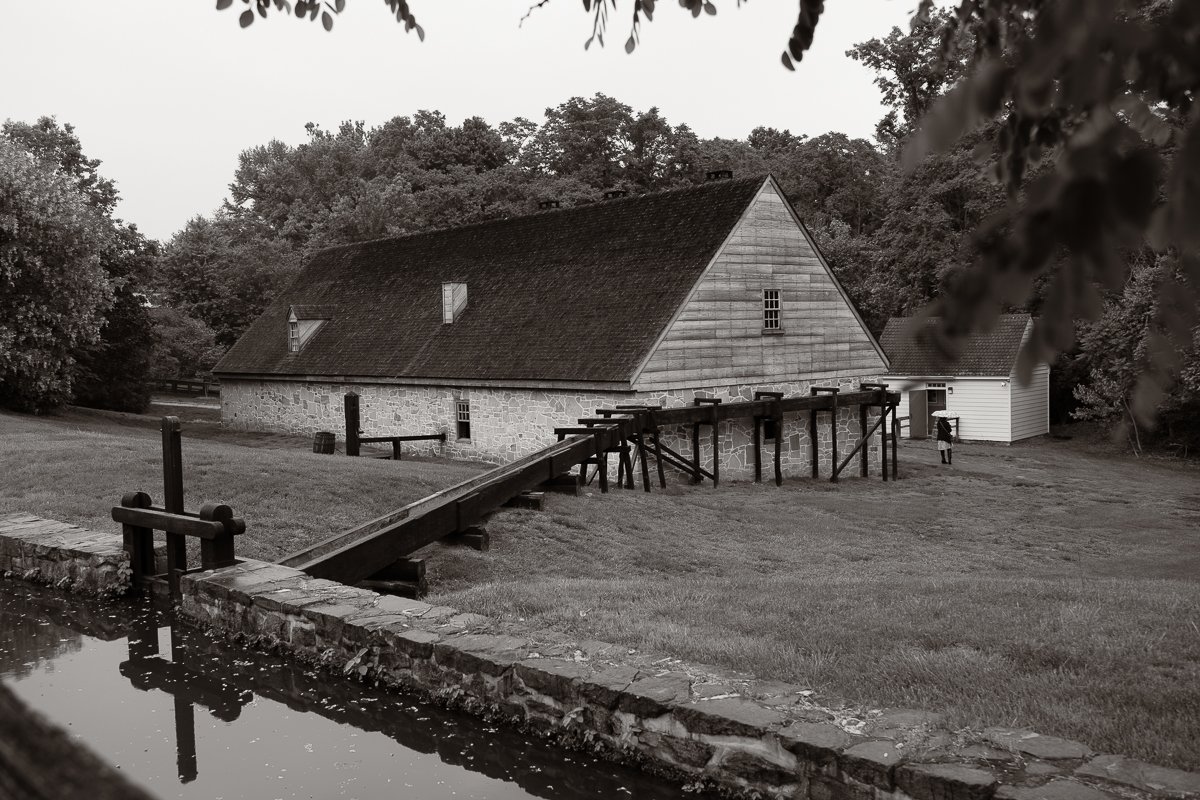

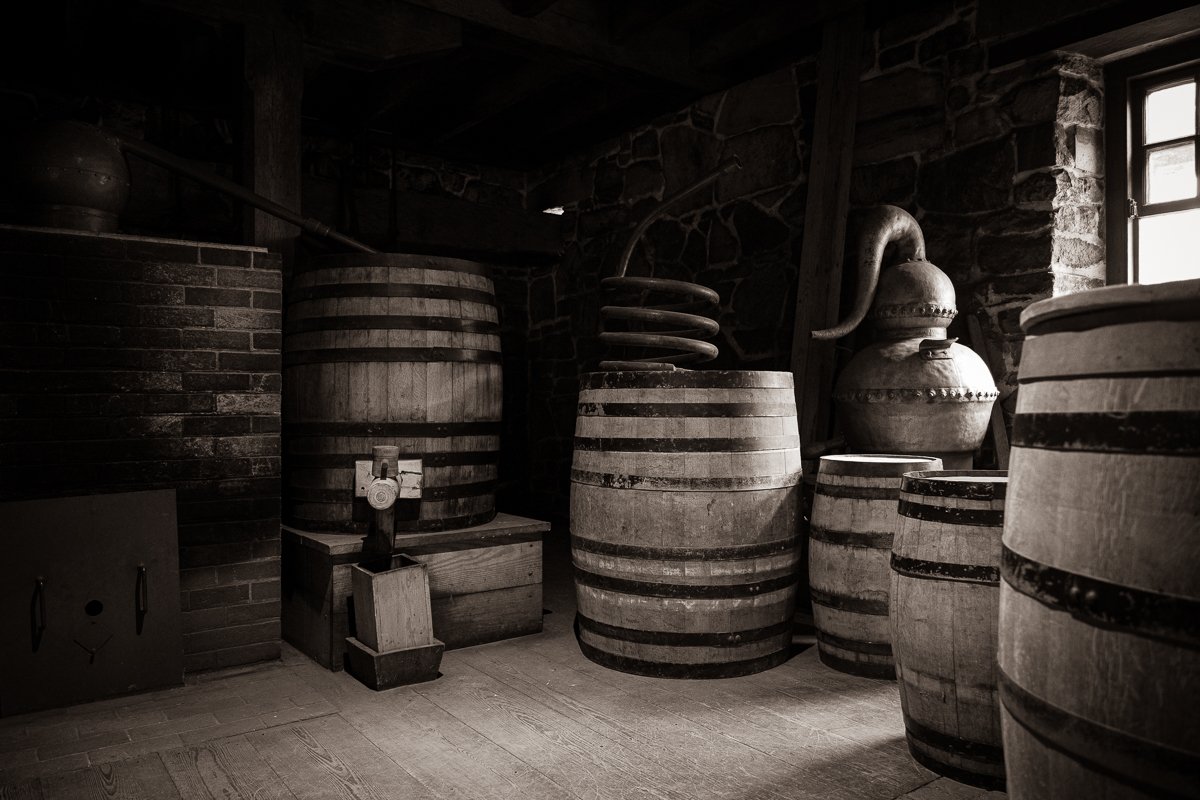
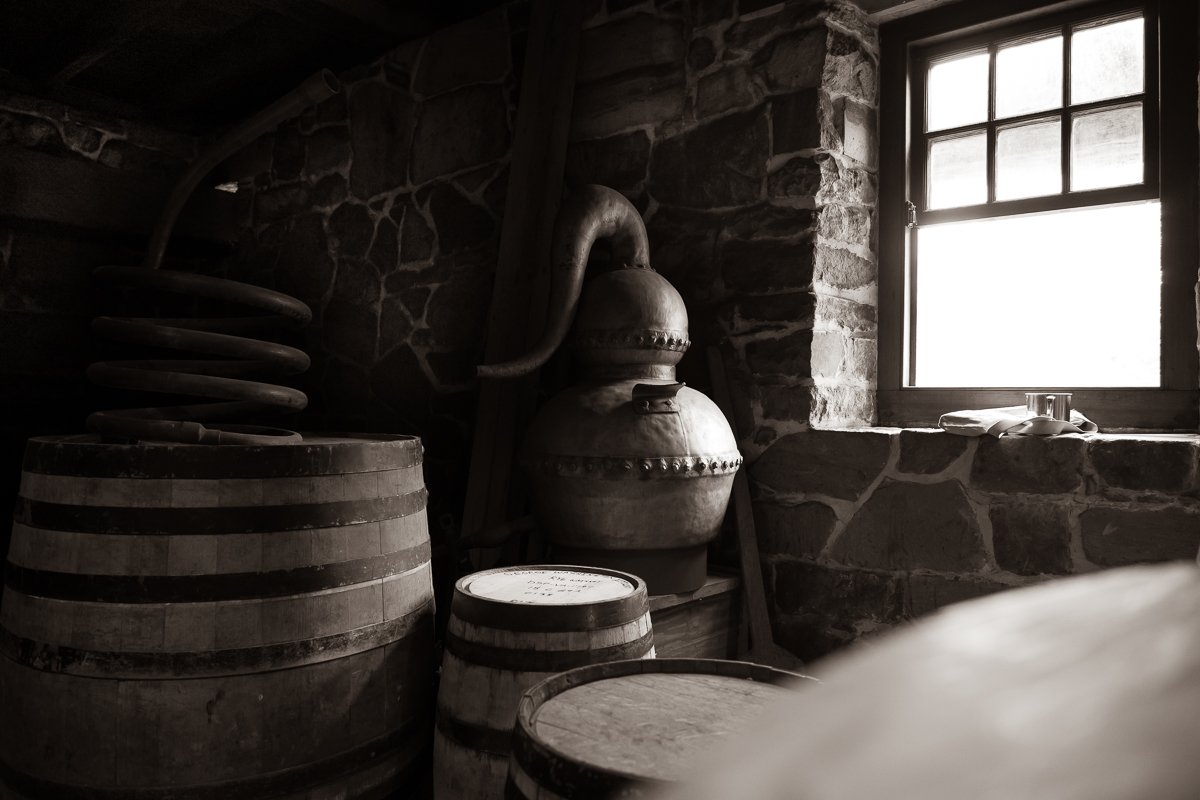
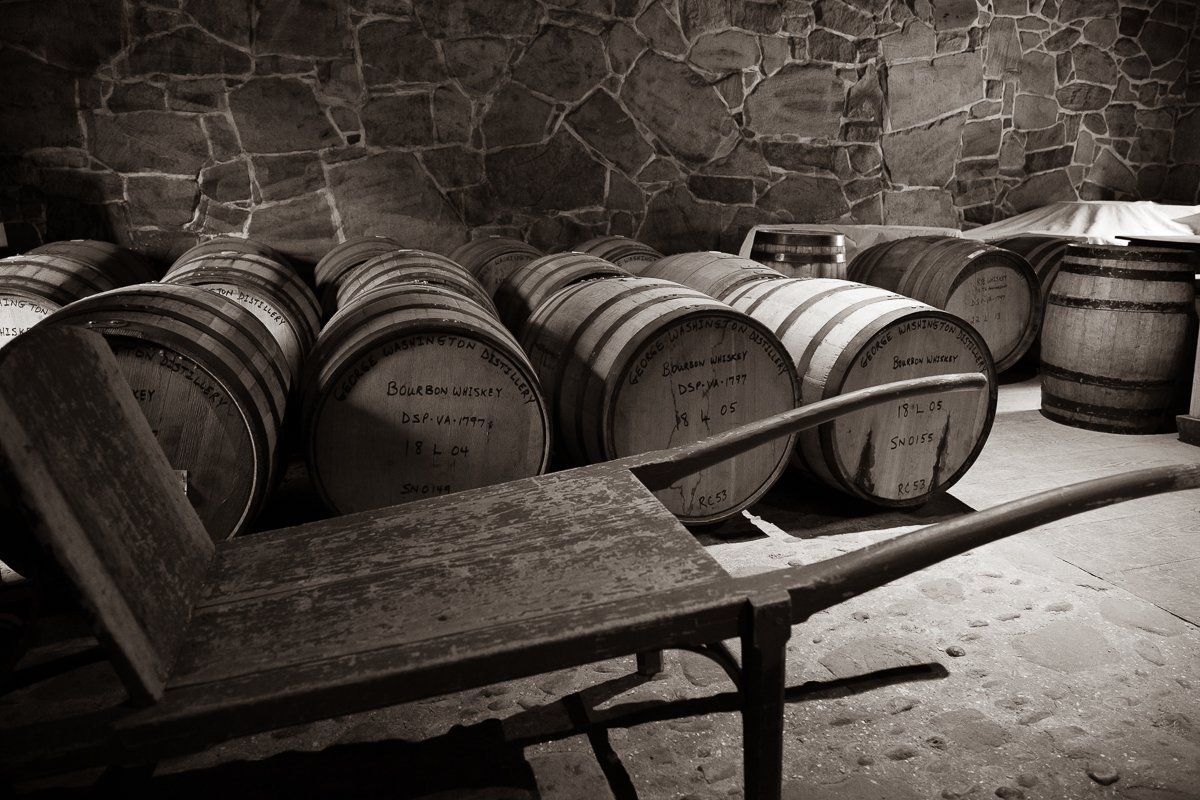
Where to Stay
With all this exciting history around us, we stayed in this old cabin we booked on Airbnb. Built in the late 1800s and then restored in 1990, this cabin was a cool place to lay our heads. The property was a working horse farm. The cabin was originally 100 feet closer to the road. It was in pretty bad shape before restoration. All the info and photos from the restoration were in the ‘Welcome to Our Cabin’ guest book. This place was a real gem.
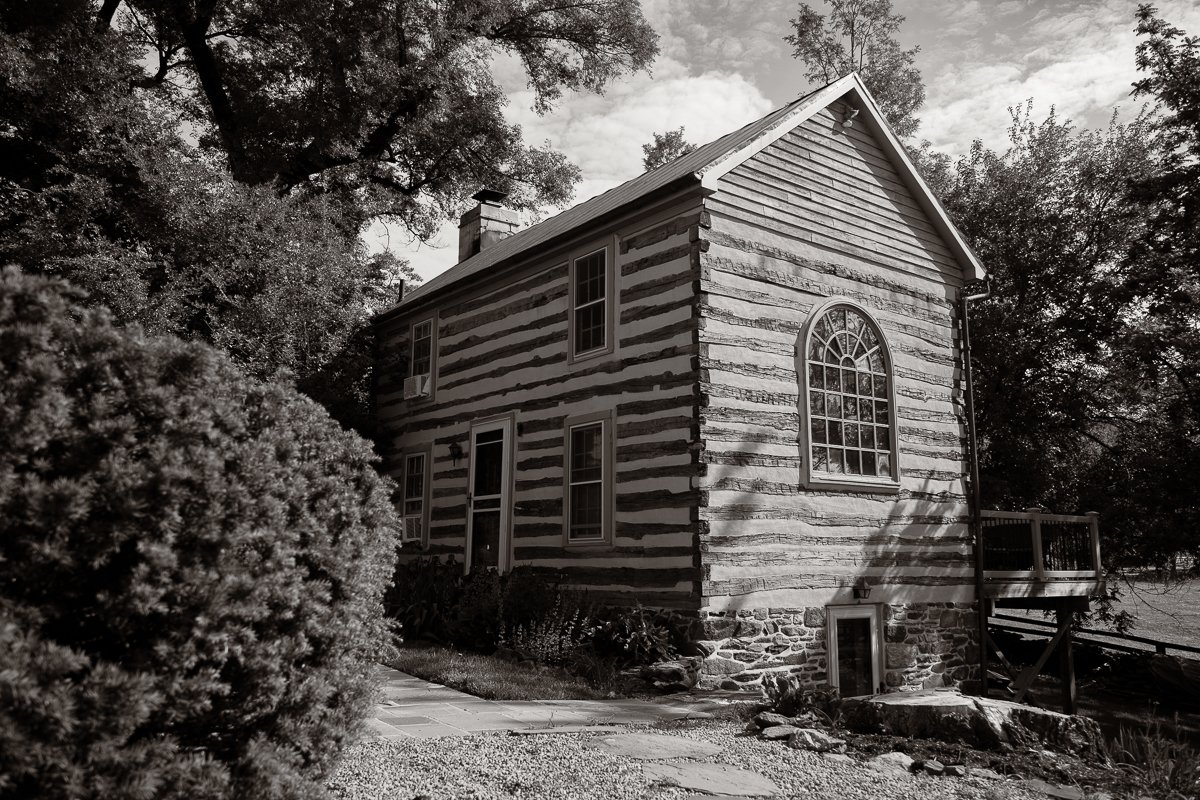
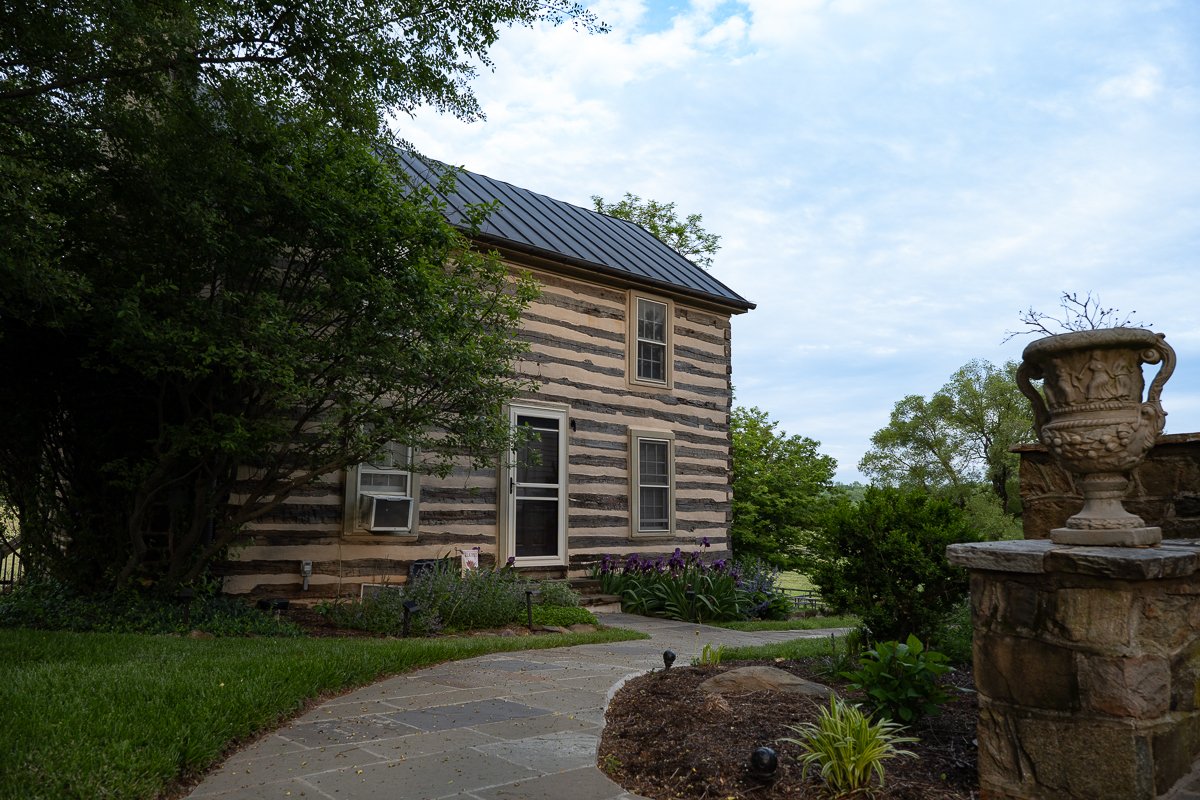

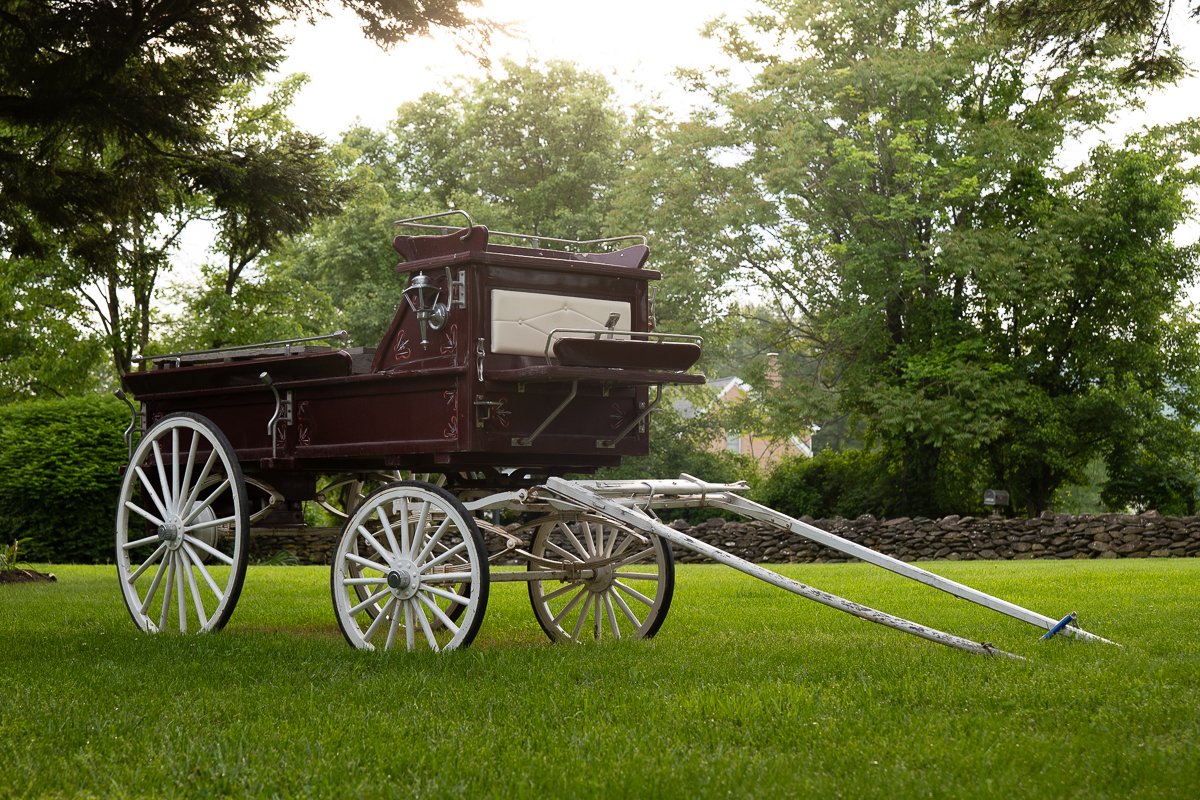
Shenandoah National Park
Now it’s time to hit the trails at Shenandoah National Park. The park has nearly 80,000 acres of wilderness, an expanse of wooden hollows, waterfalls, more than 500 miles of hiking trails, and a 105-mile skyline drive with scenic overlooks. The hiking trails ranged from easy to hard. All the trails we ended up hiking were designated as moderate. When you are visiting from sea-level Florida, those trails feel like you were climbing Mt. Everest…lol. As for me being a photographer, every turn was very picturesque. It’s no wonder we only hiked about 25 miles. I needed to take photos. Of course, we did hike part of the Appalachian Trail. Now, on to some of the photos. This is just a small selection of what I captured.
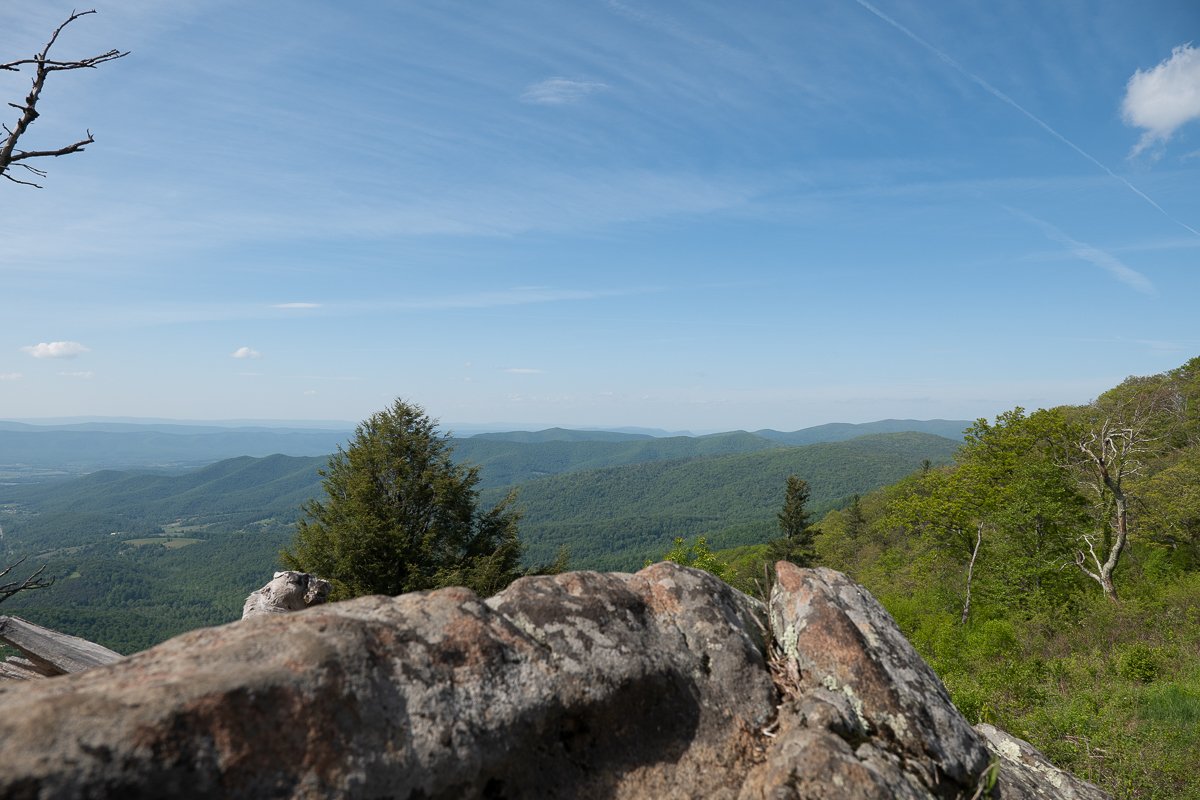
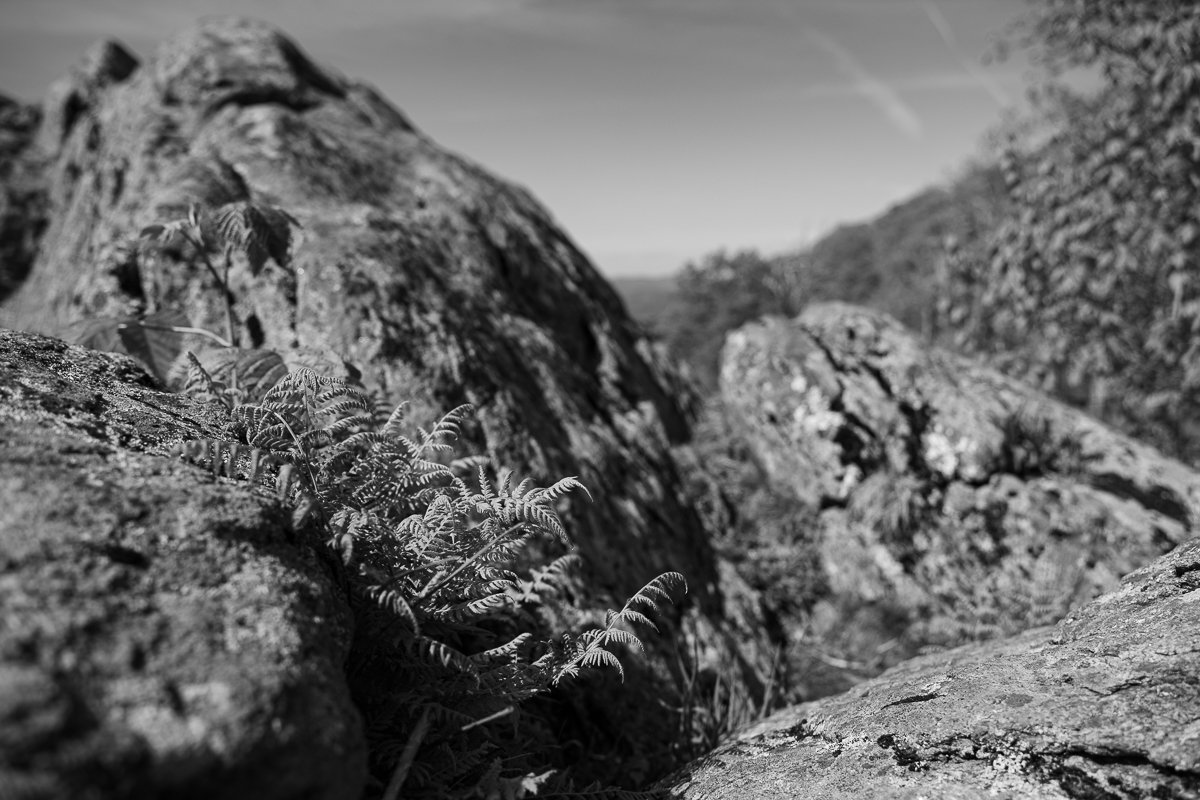
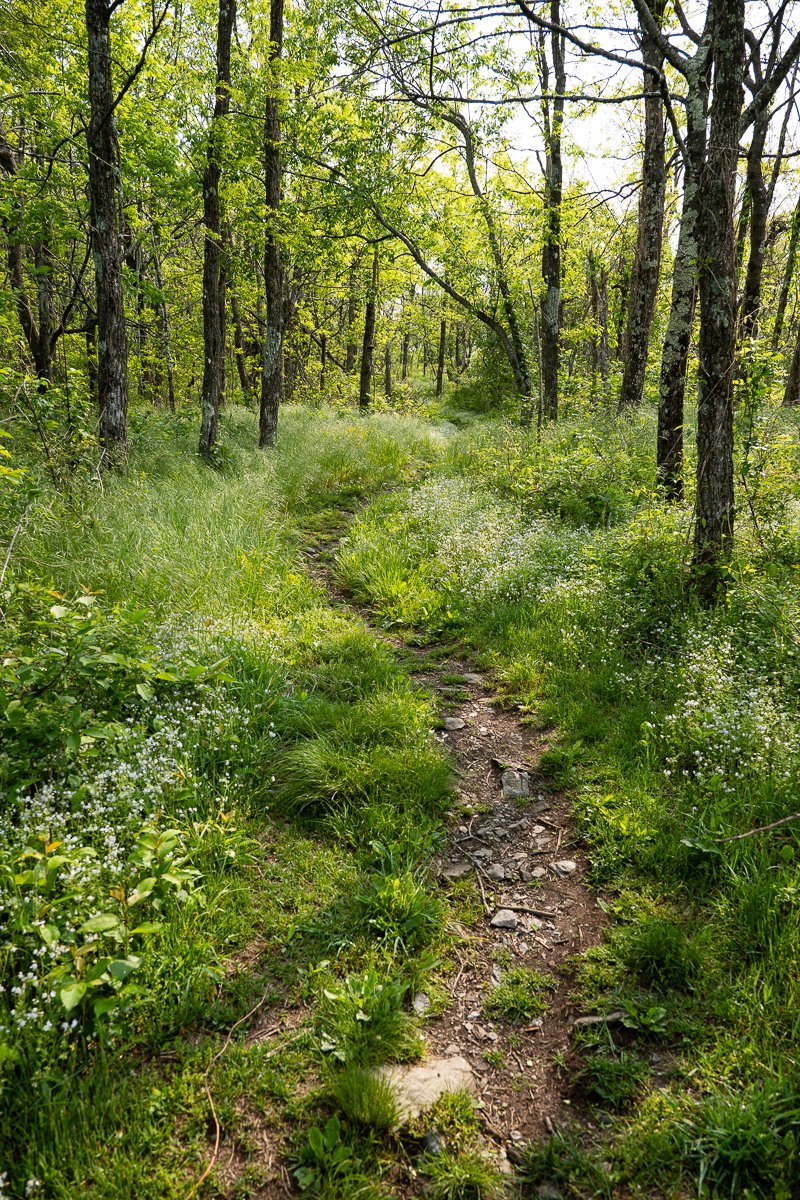
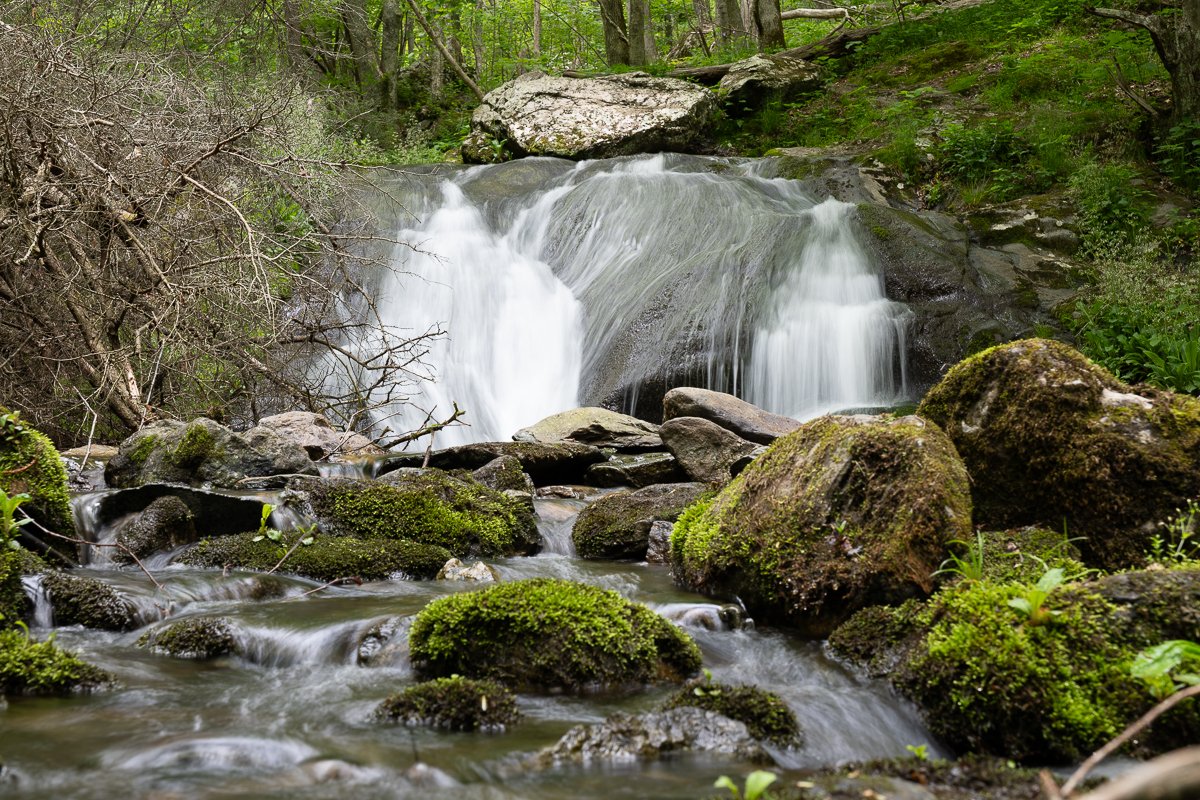
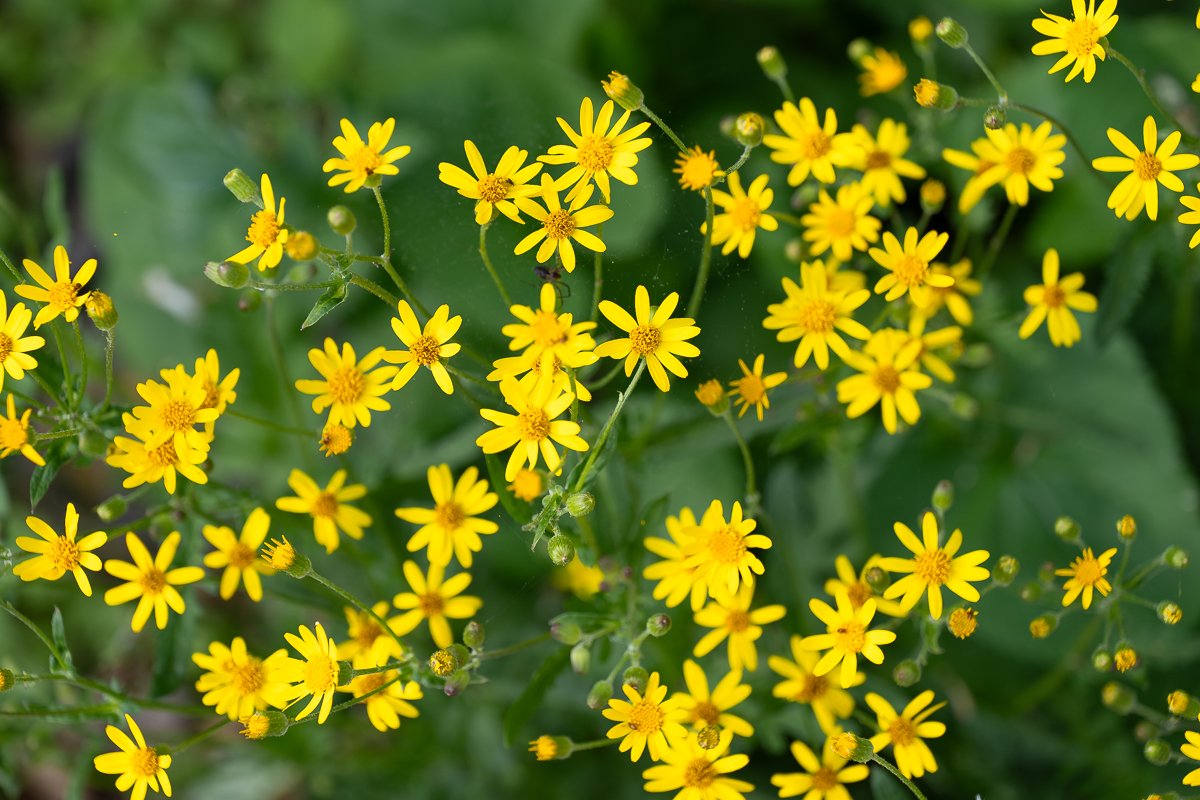

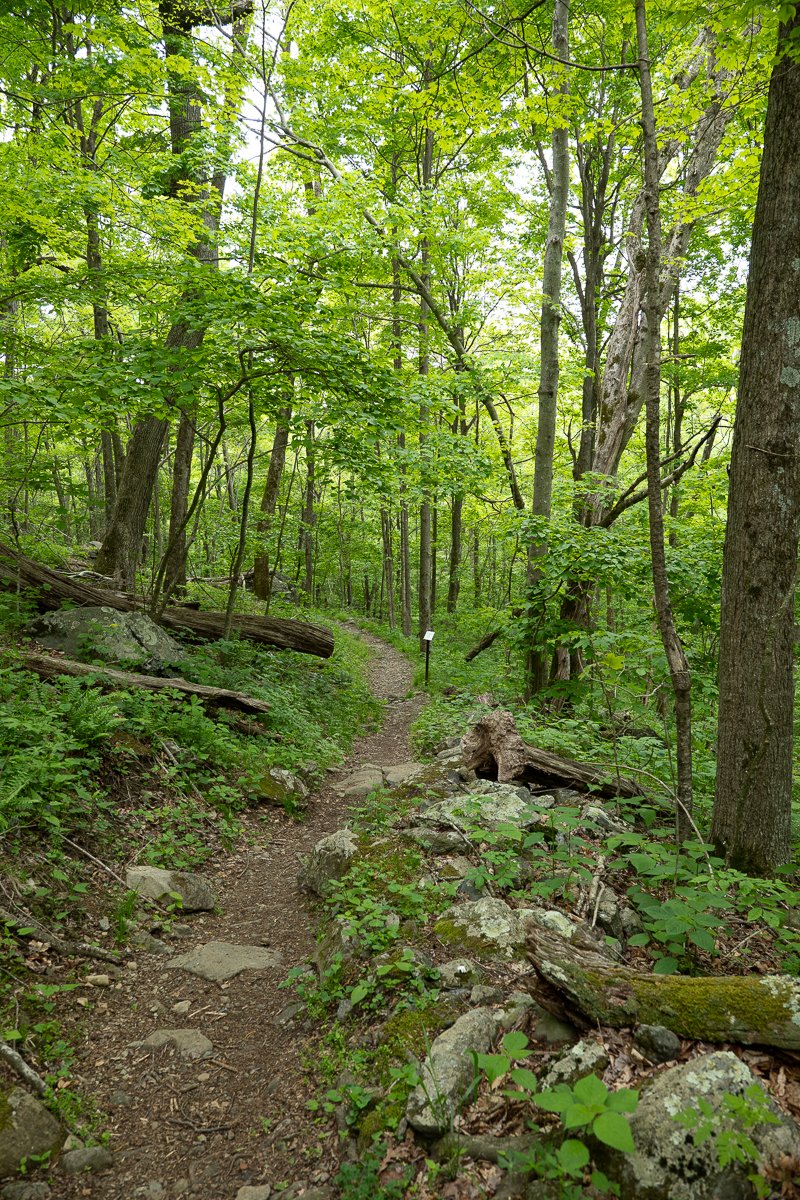
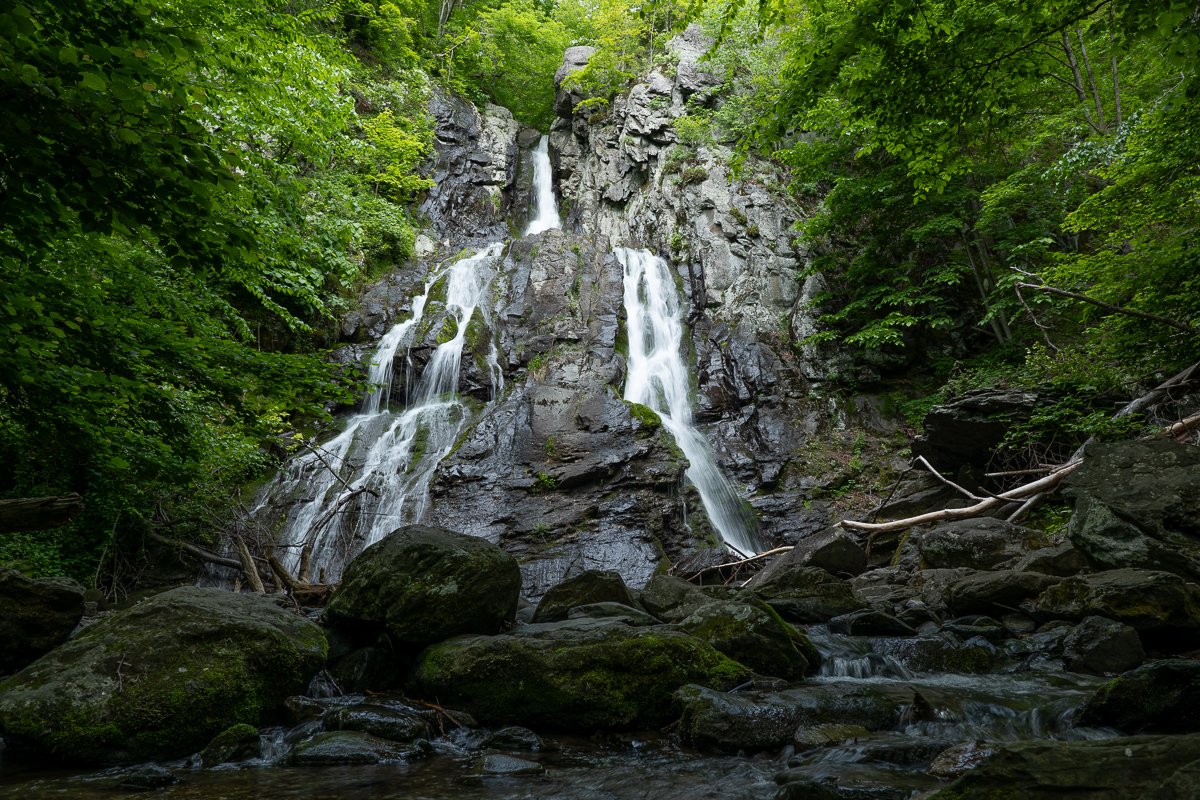
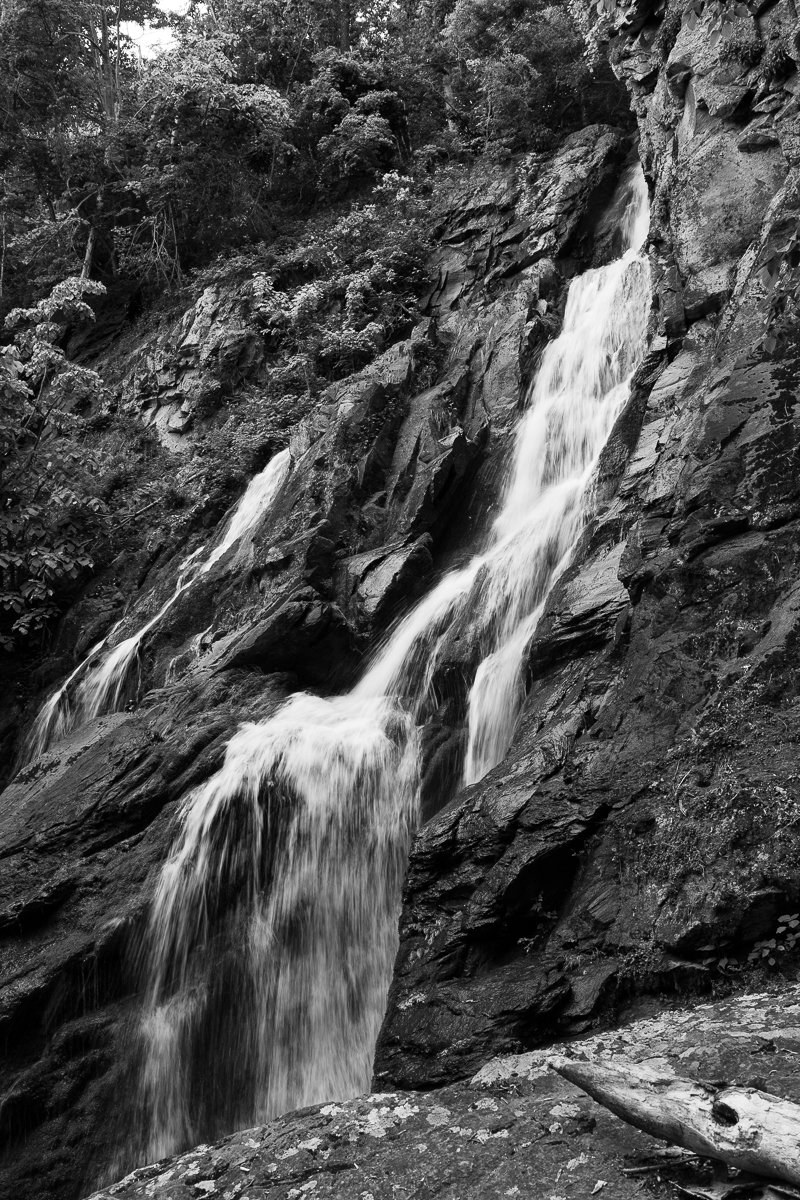
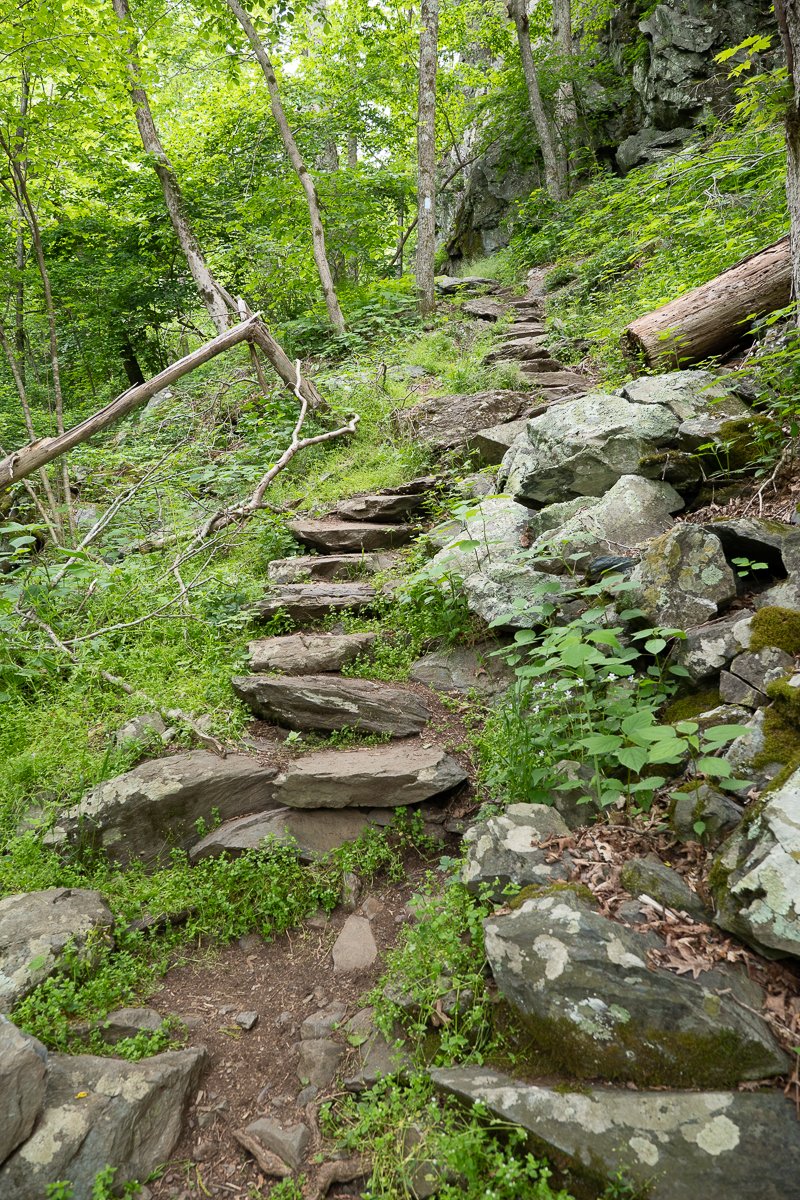
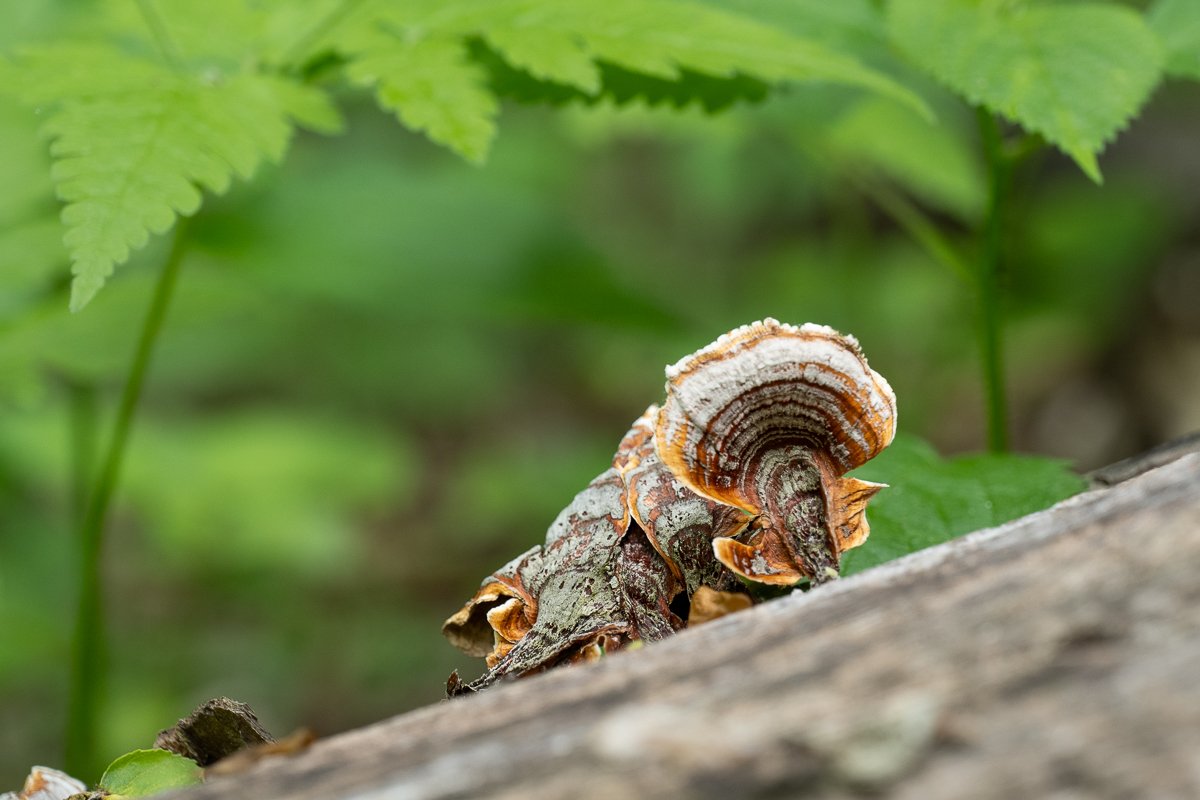
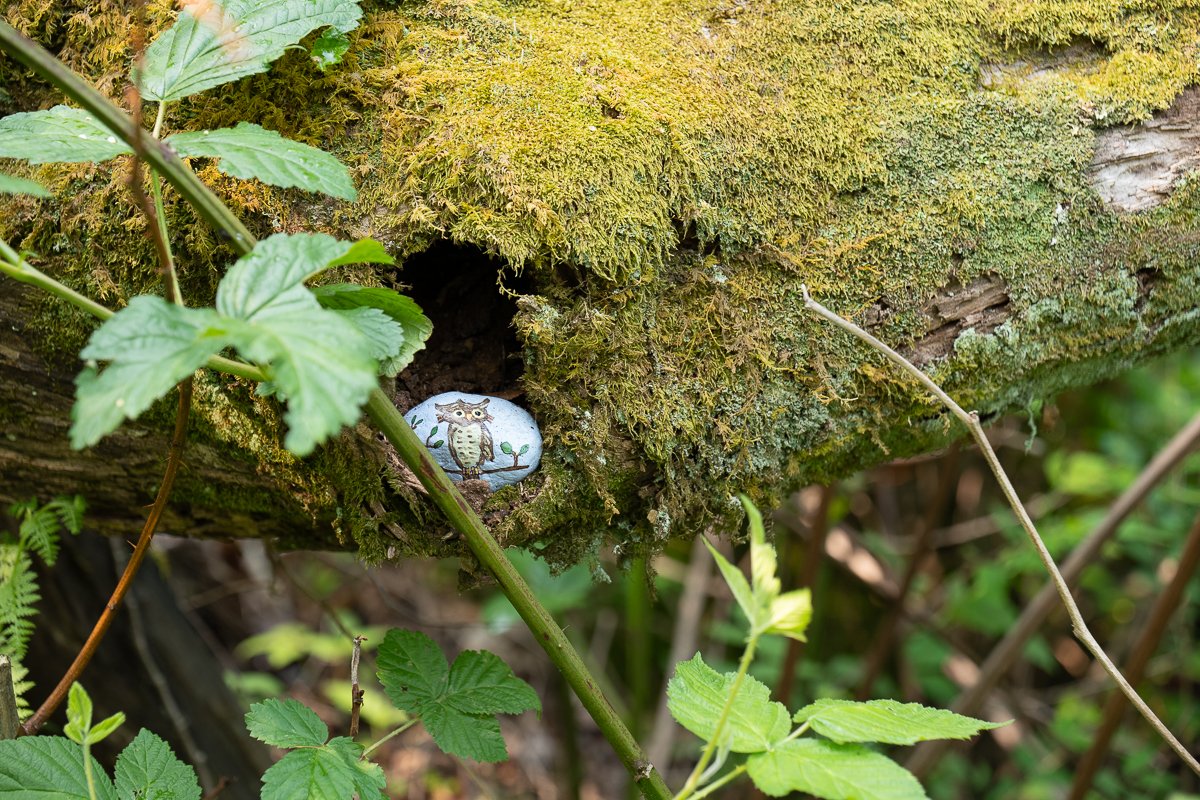
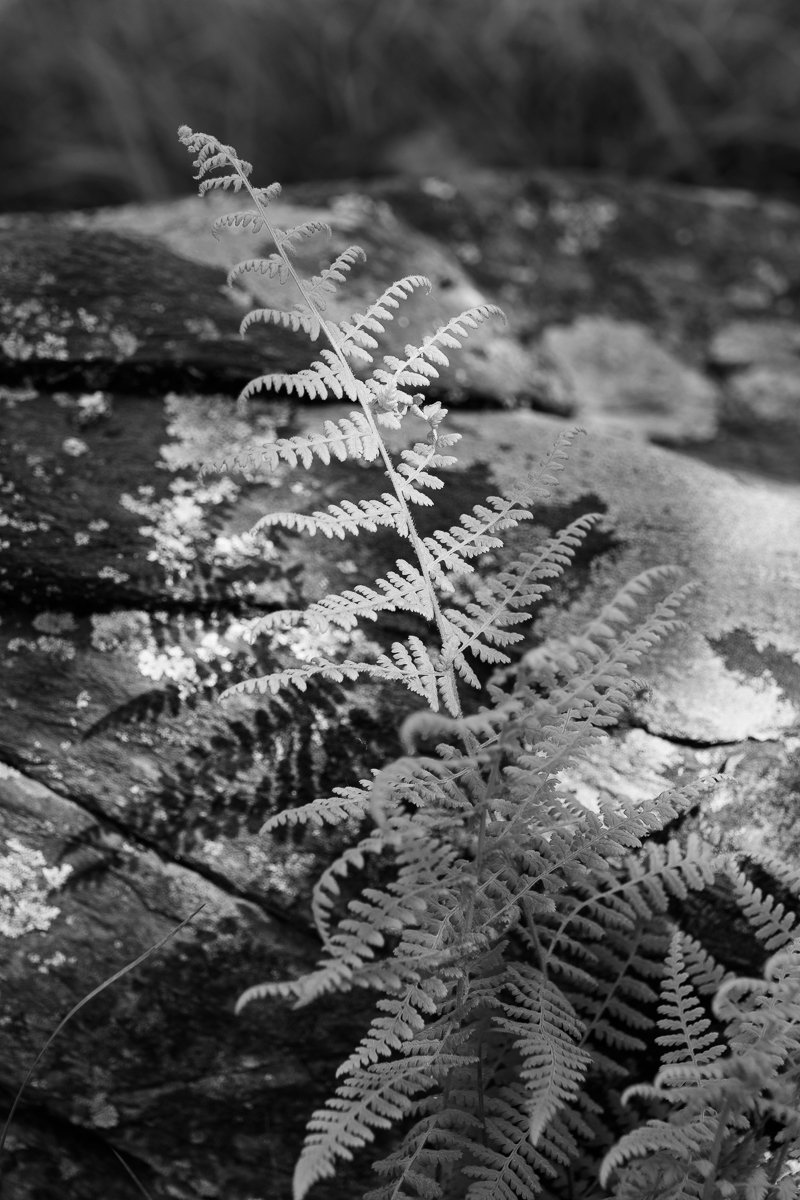
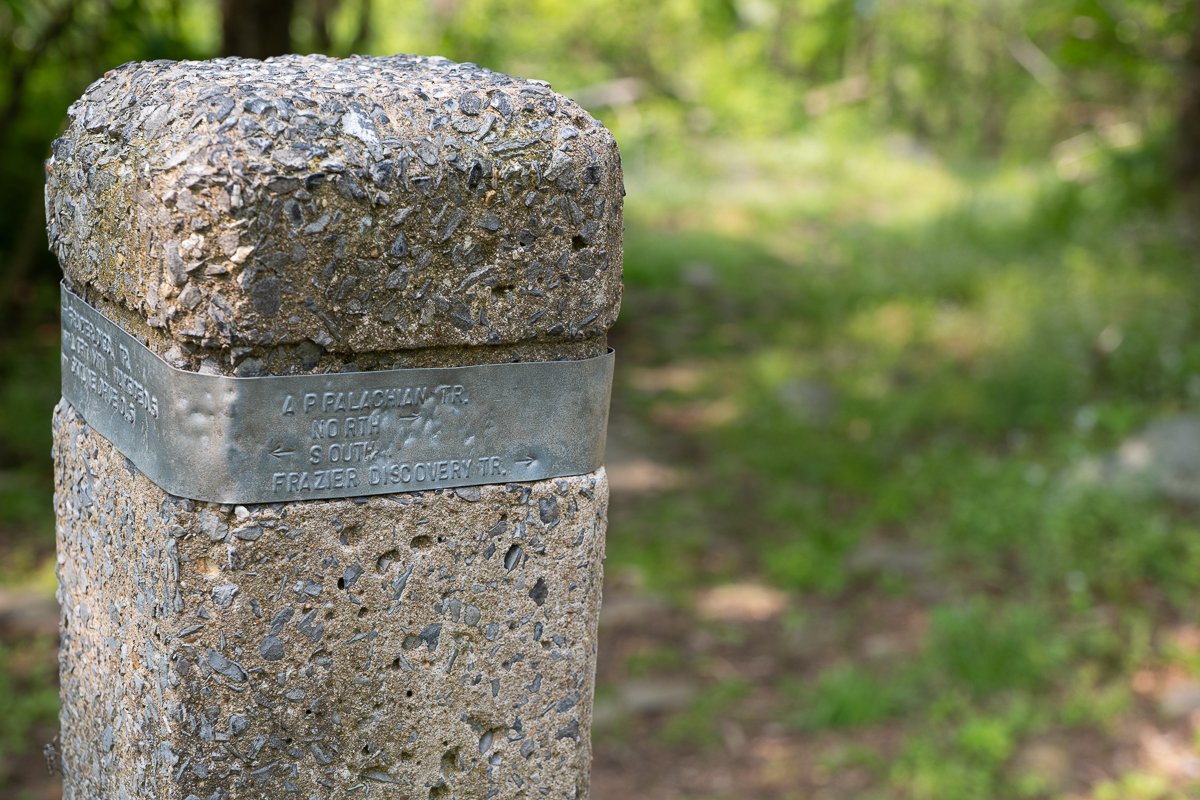
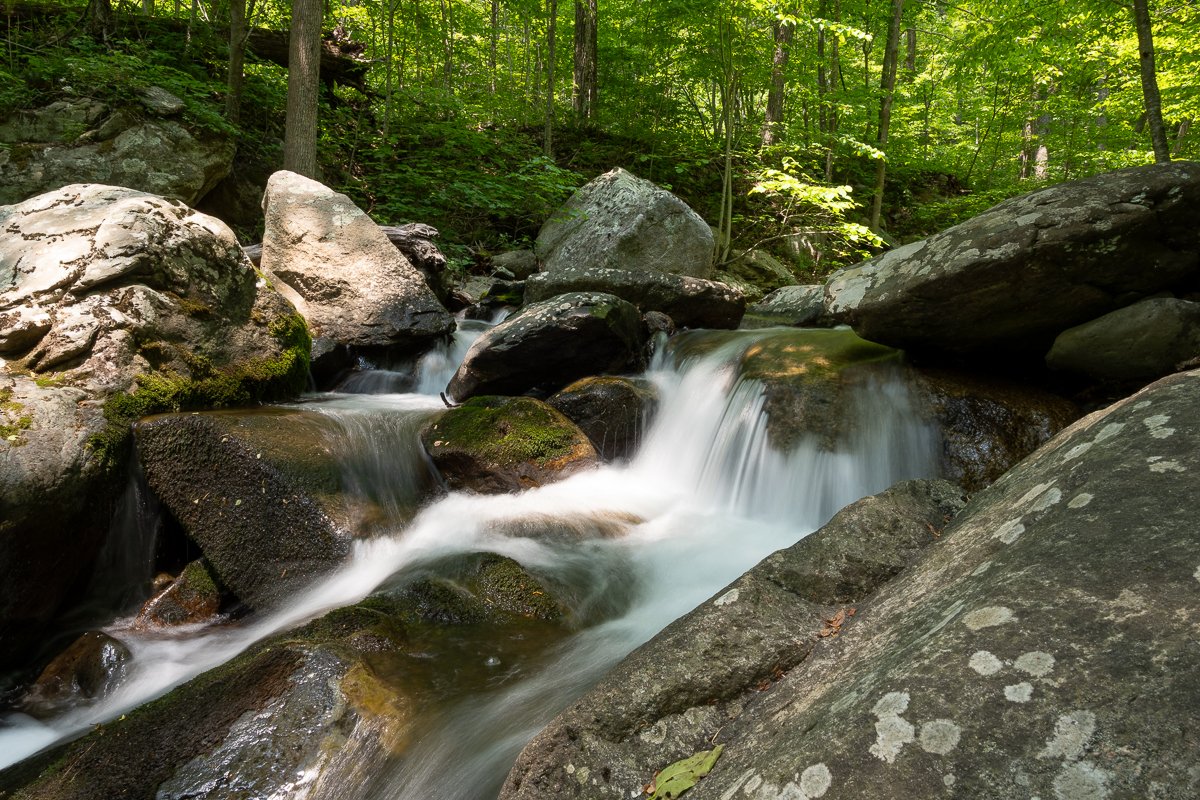
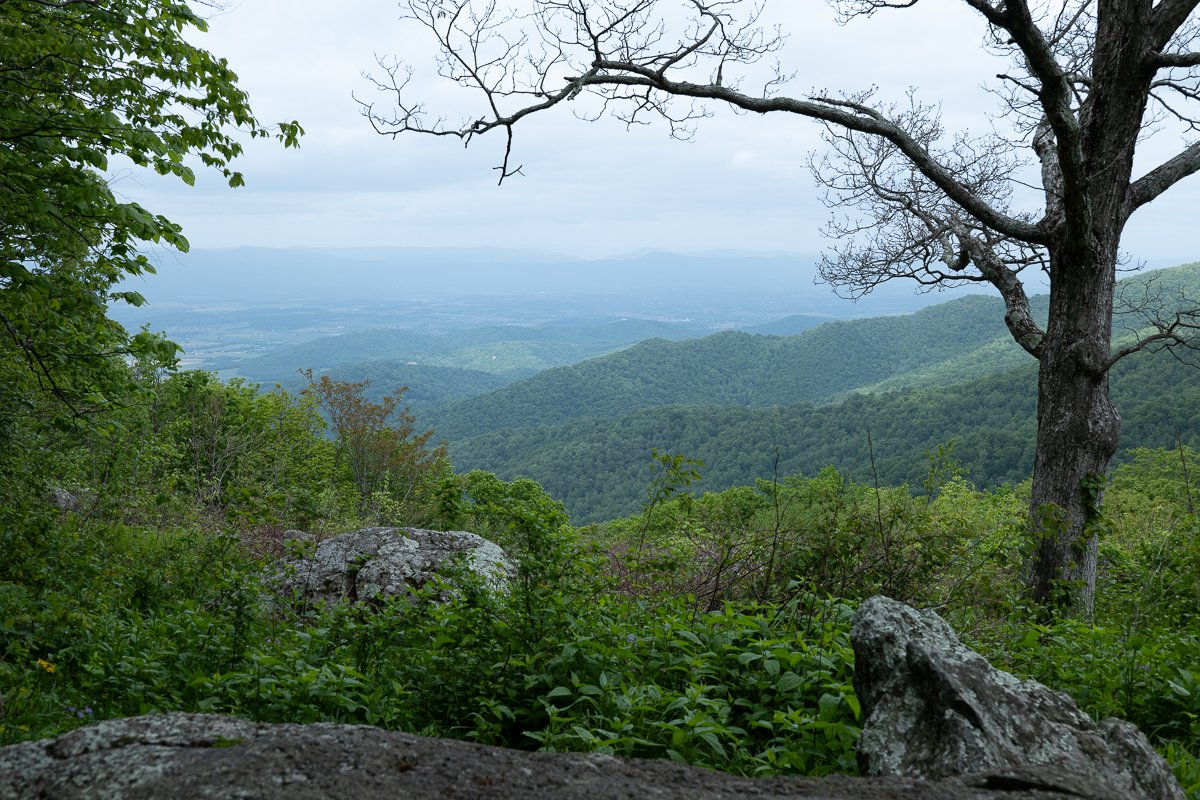
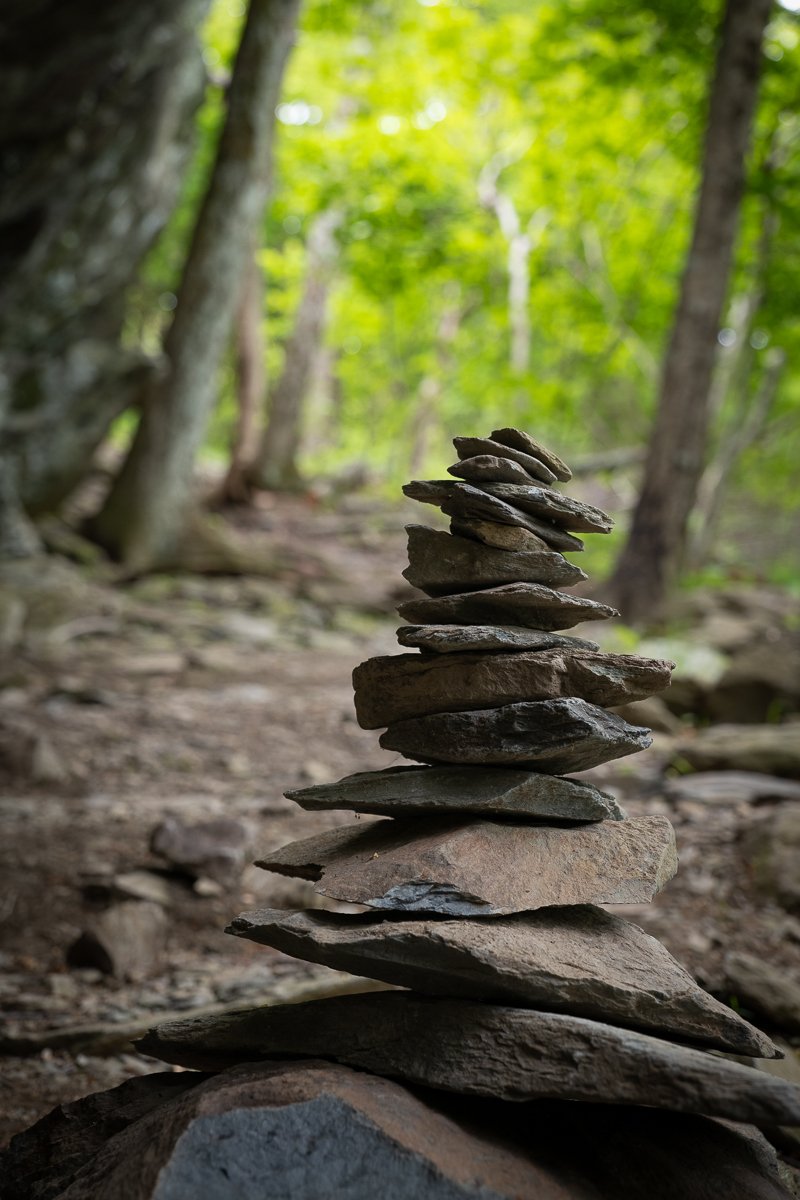
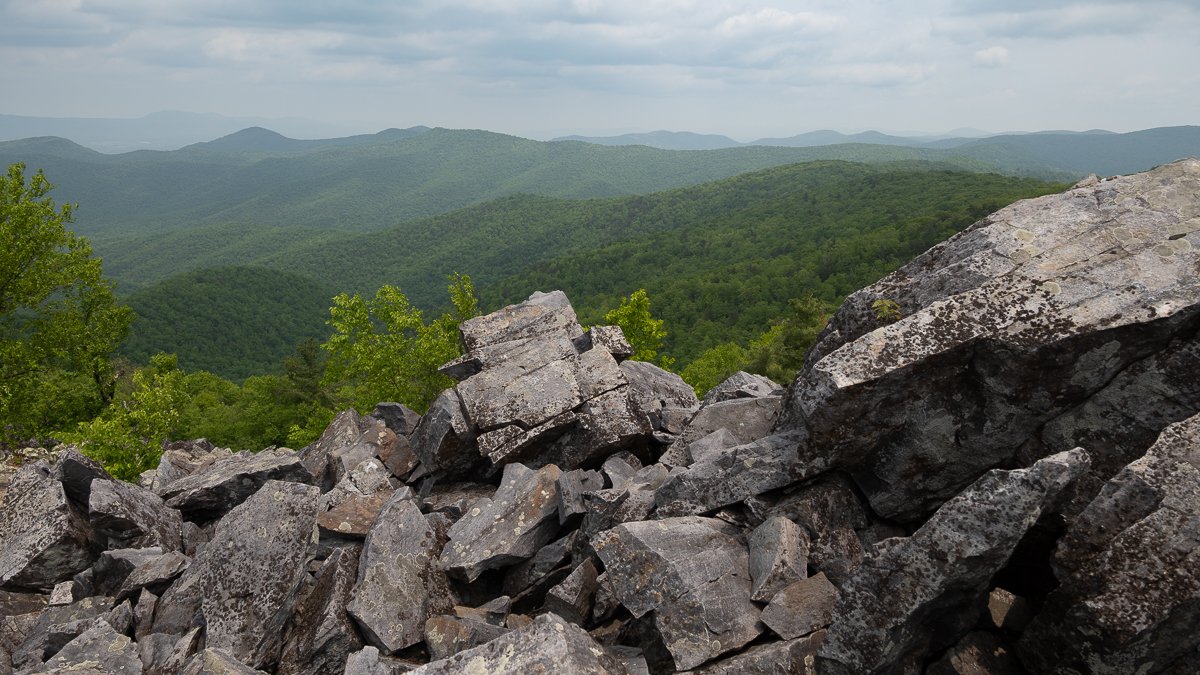

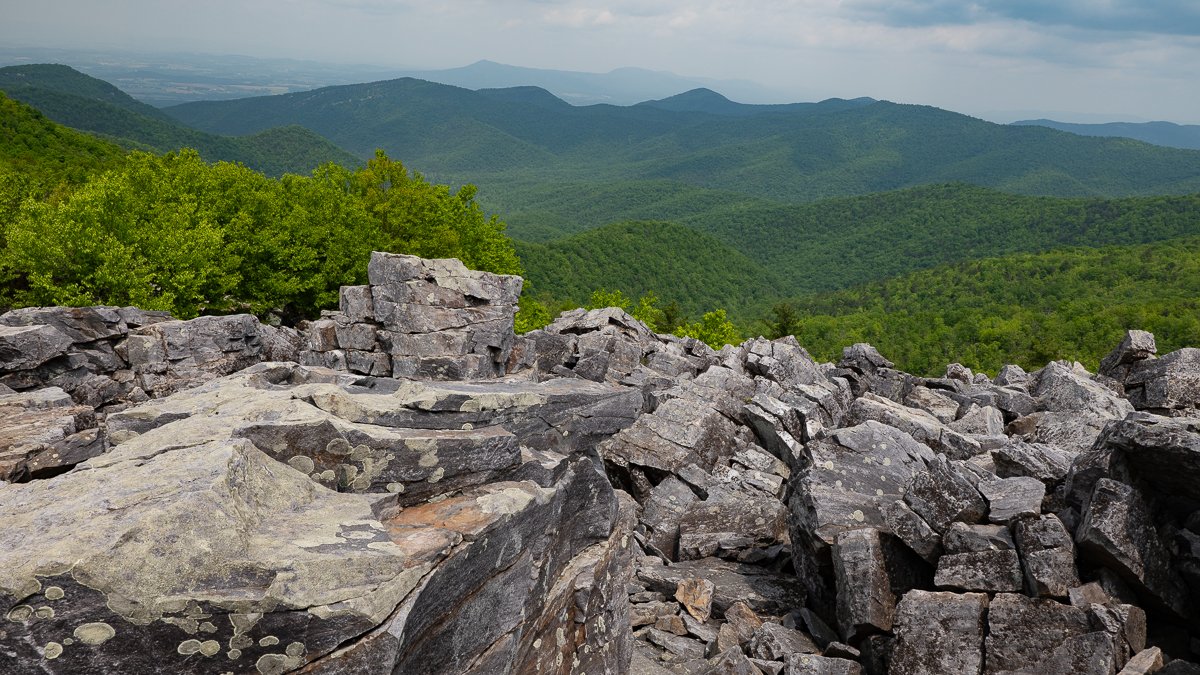
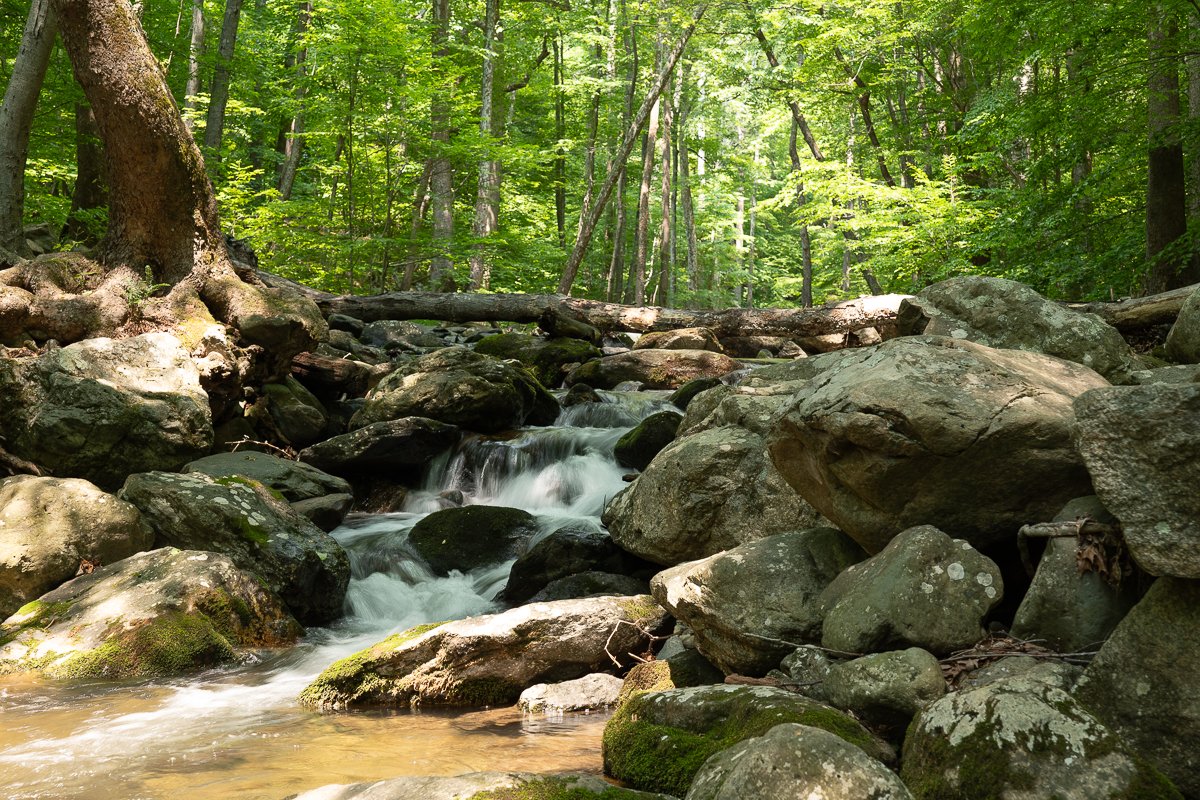
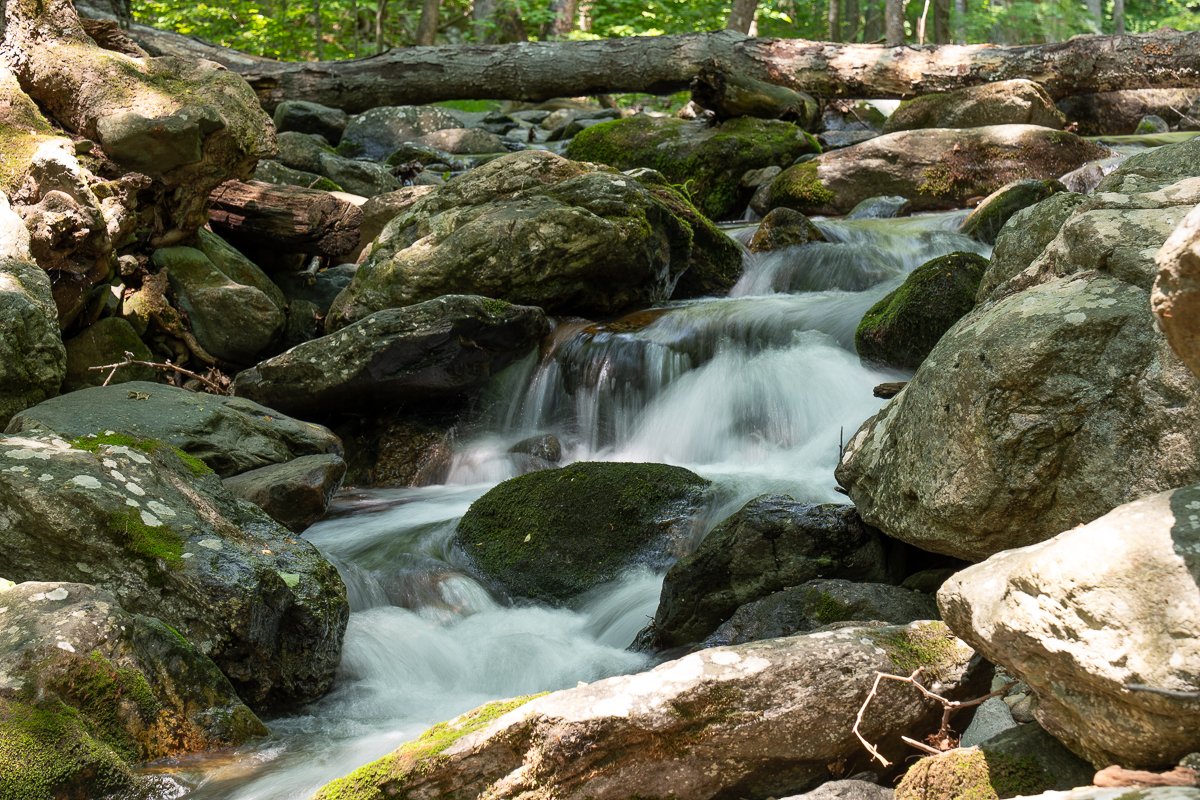
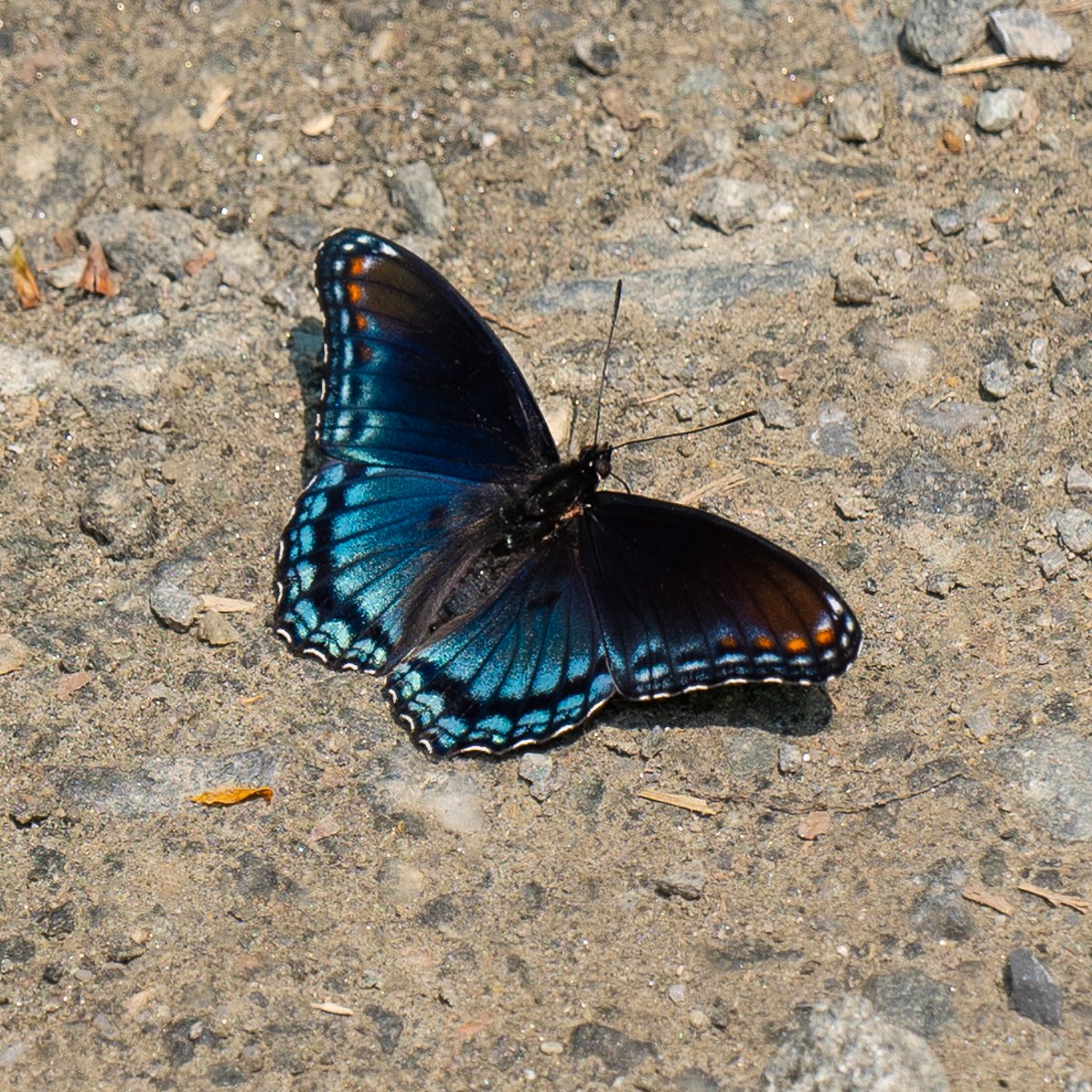
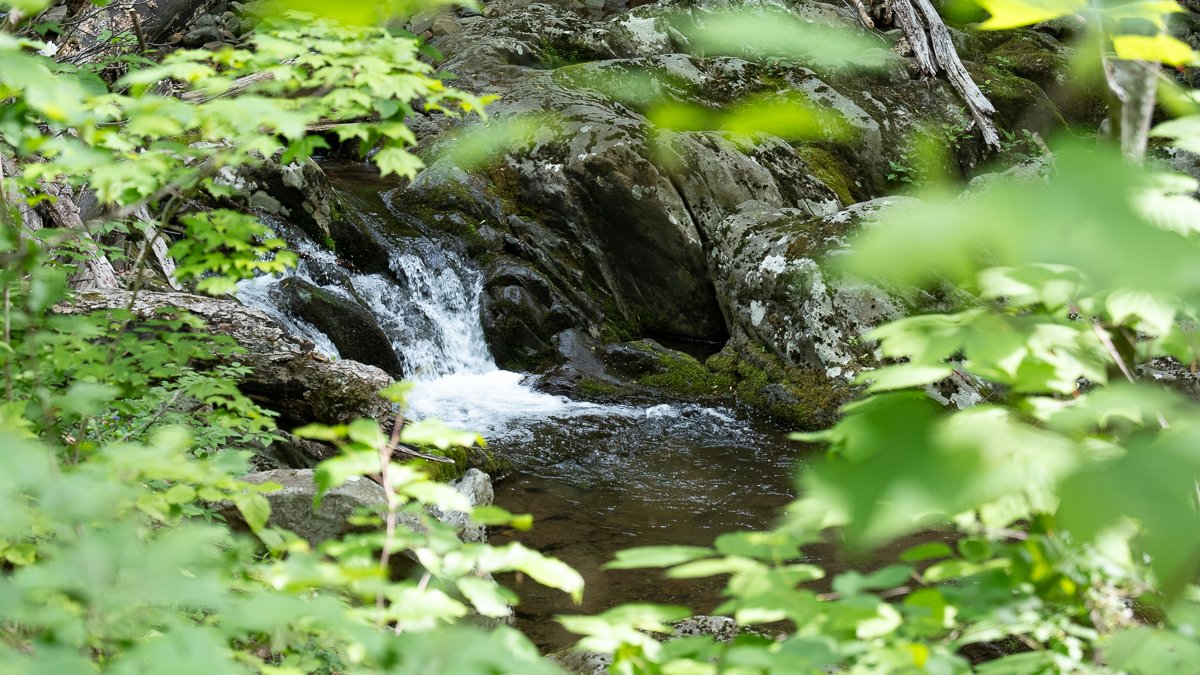

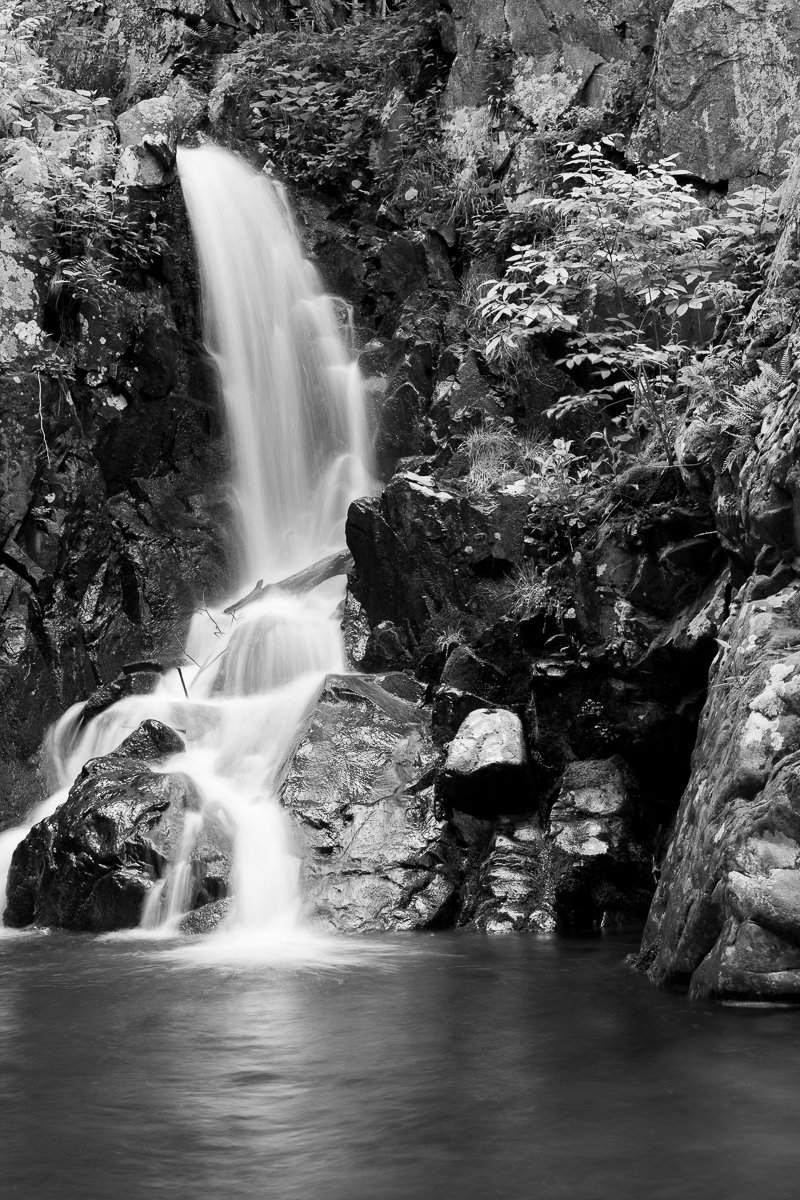

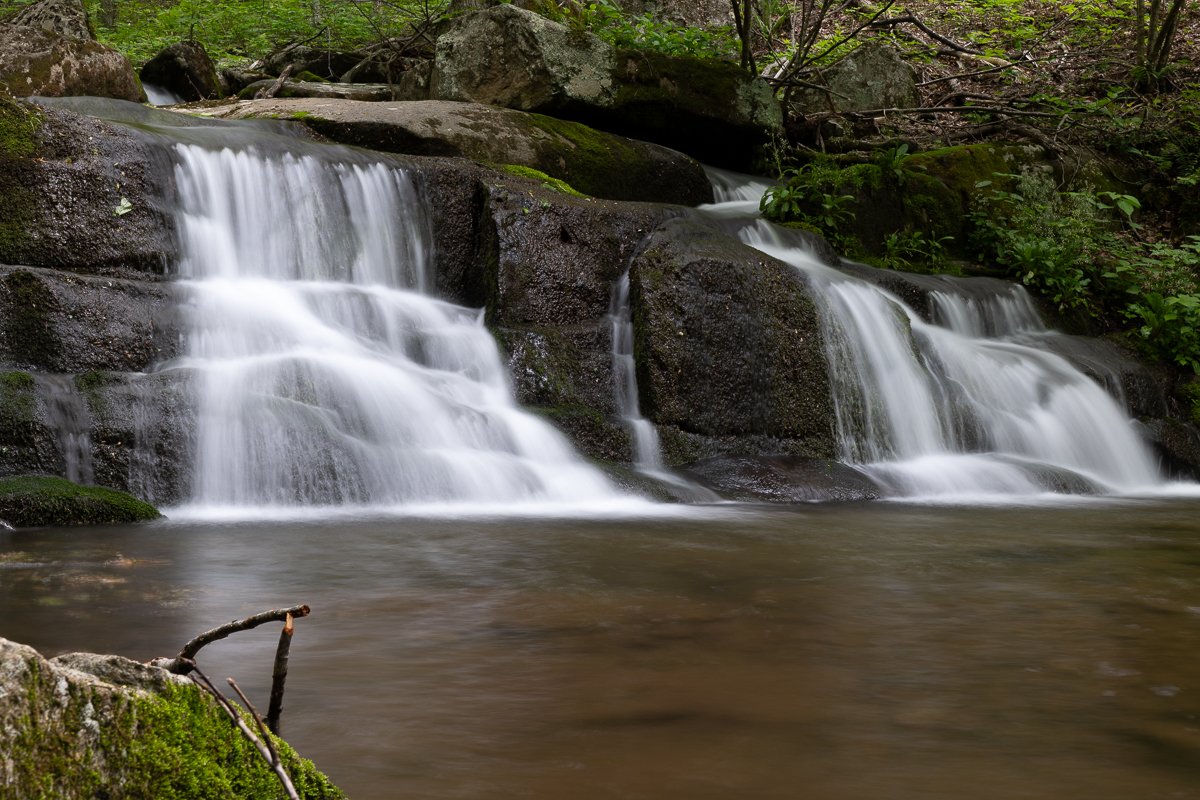

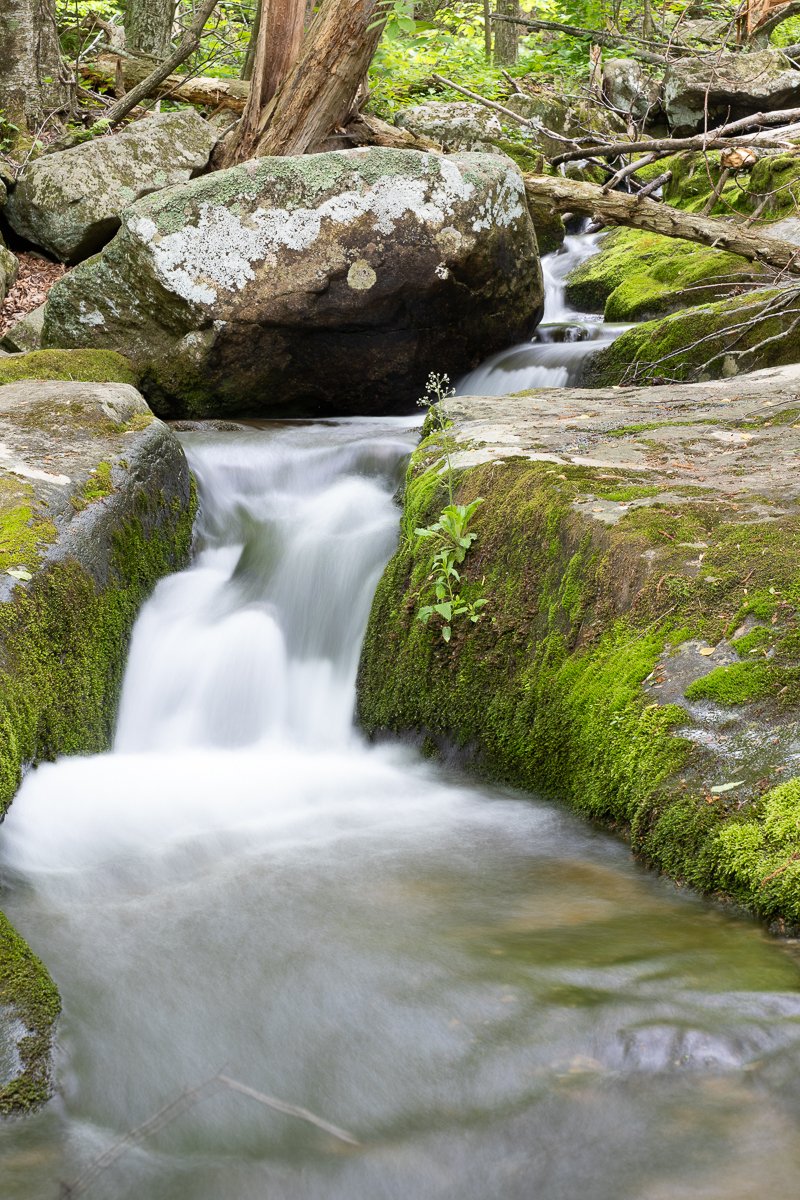
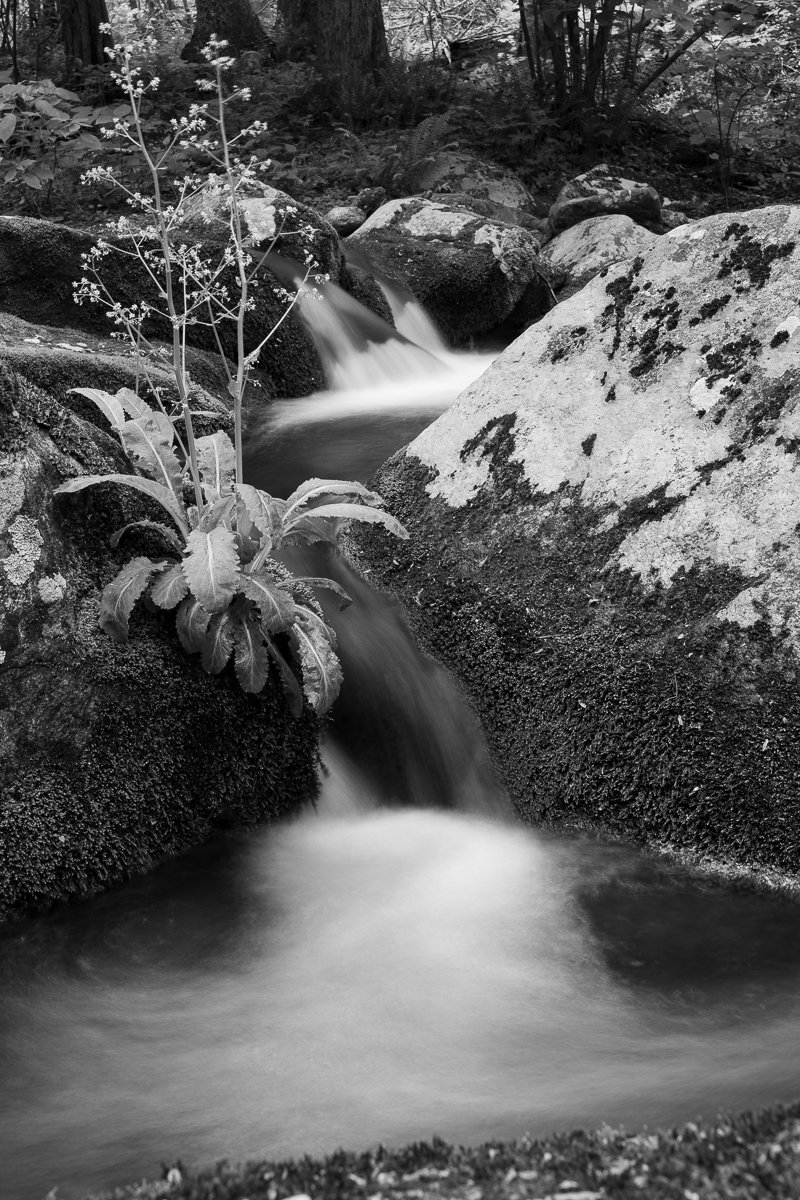

Before Camp David
We stumbled across a hidden gem while hiking down one of the winding trails. I had no idea this was here—President Hoover’s summer retreat. President Herbert Hoover and his wife Lou Henry bought 164 acres in the Blue Ridge Mountains in 1929. This summer retreat soon turned into the Marine Corps engineering training site for the regime. Here, President Hoover would enjoy family life away from Washington D.C.. The president would also have informal cabinet meetings and entertain foreign dignitaries. The compound ended up with 13 cabins nestled into the natural mountain setting. The Hoovers bought the land knowing that the area was in the process of becoming a National Park. Herbert donated the property to the Common Wealth of Virginia in 1932. He also wanted every subsequent president to be able to enjoy the property as he would call it the “Summer White House”. The camp’s actual name was Rapidan Camp. In 1935 the camp officially became part of Shenandoah National Park and in 1988 the site became a National Landmark, Camp Hoover. In 1935 President Franklin D. Roosevelt started construction on Camp David. Camp Rapidan was never used by any other president. Many of the original cabins at Camp Rapidan are gone, but the President’s cabin, “The Brown House”, still stands. Below are some photos of what the cabin area looks like today.
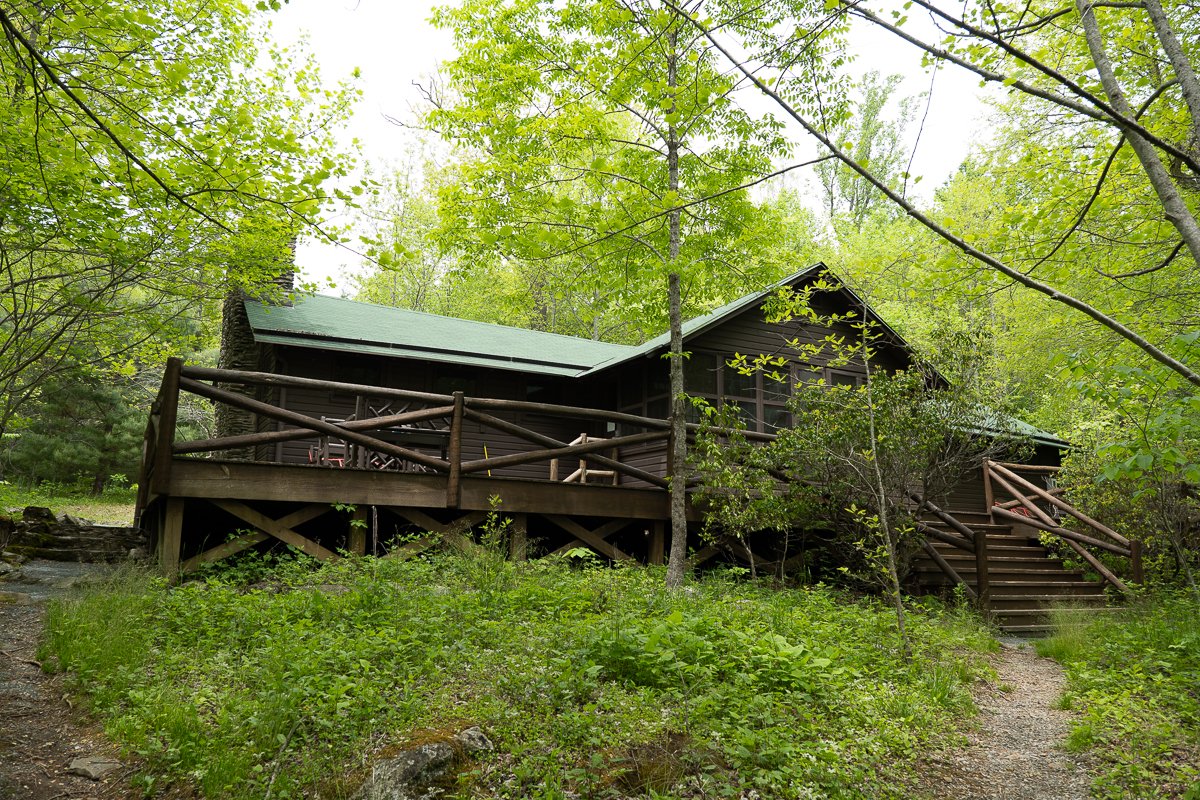
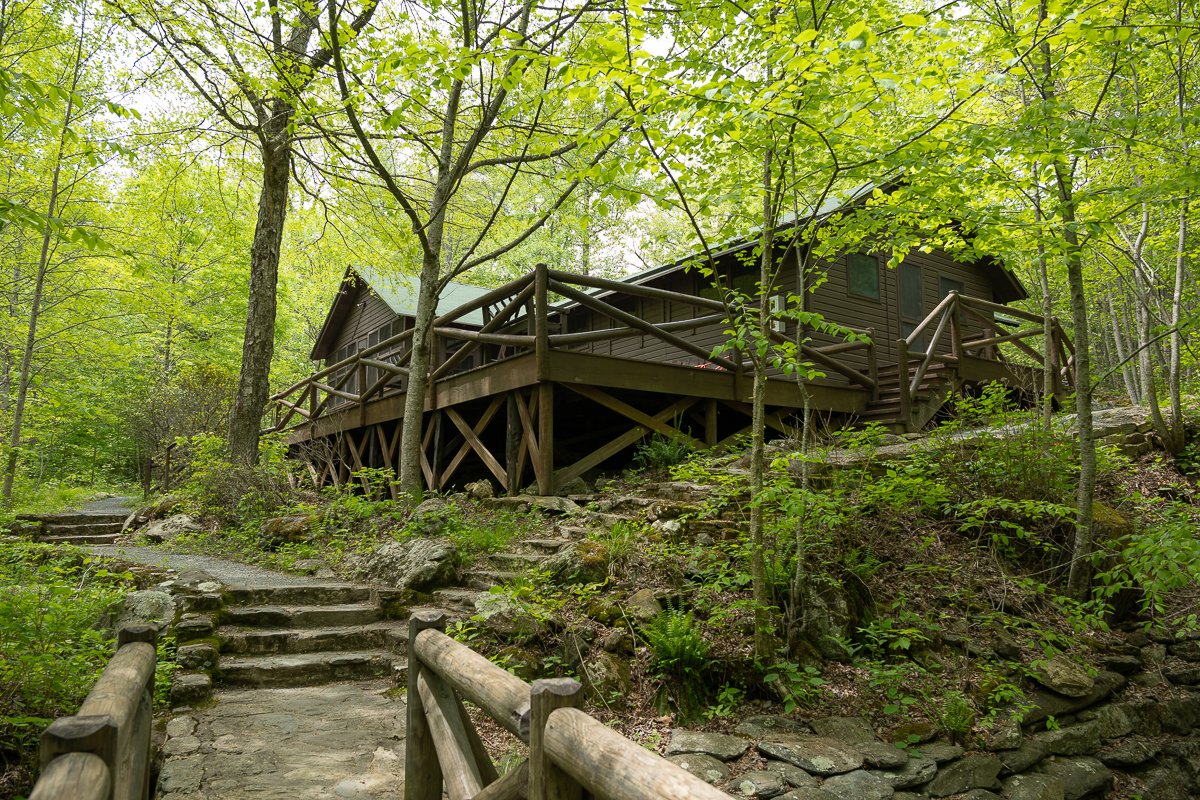
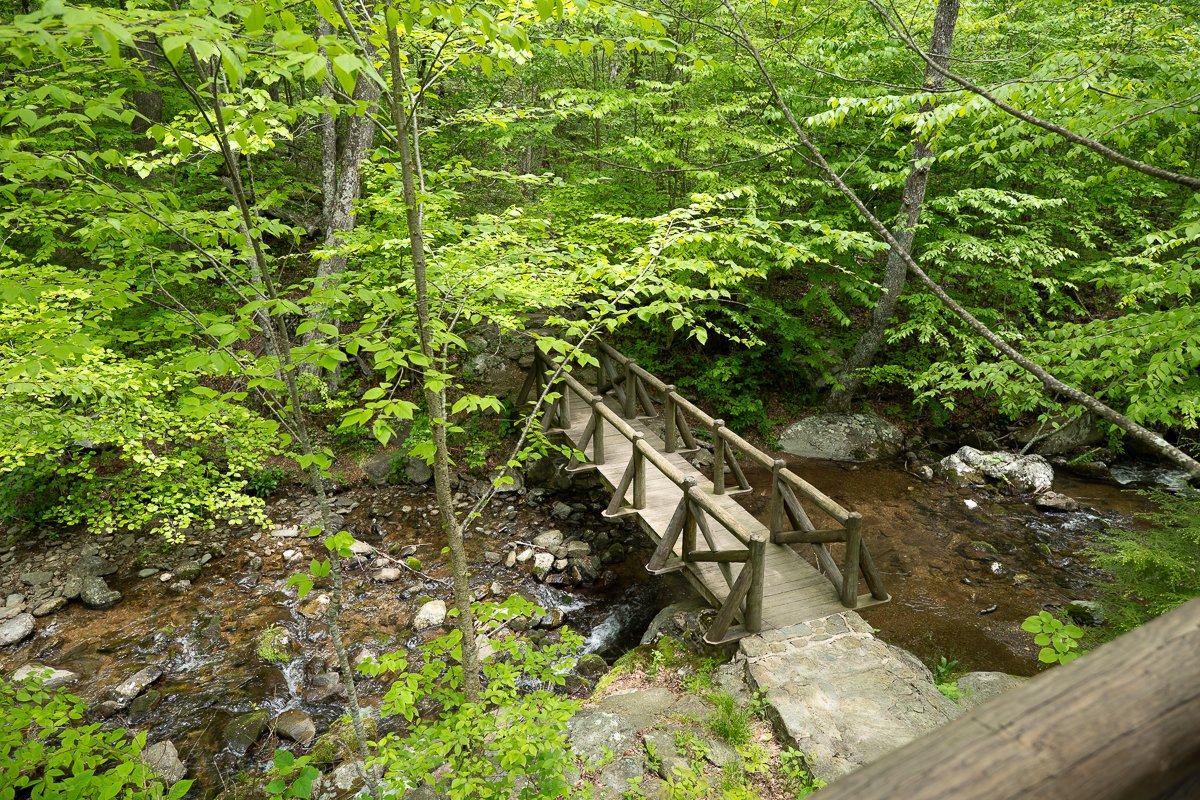
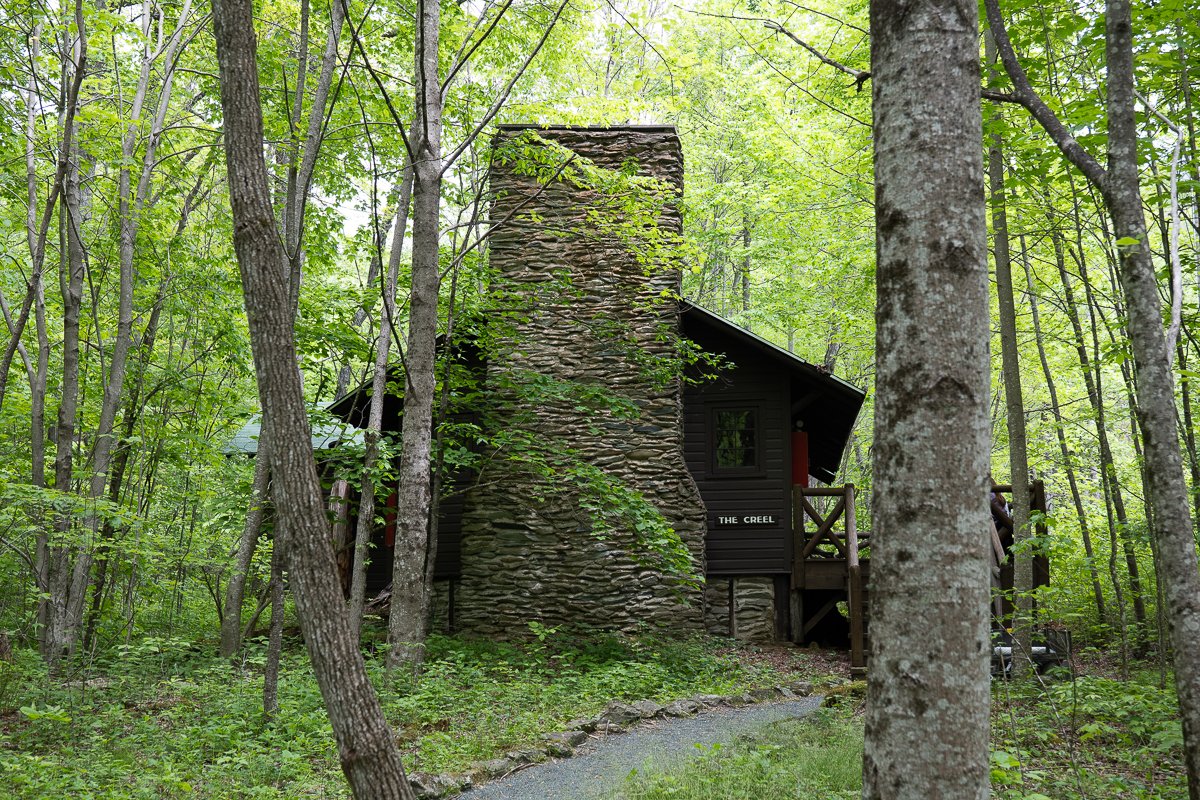
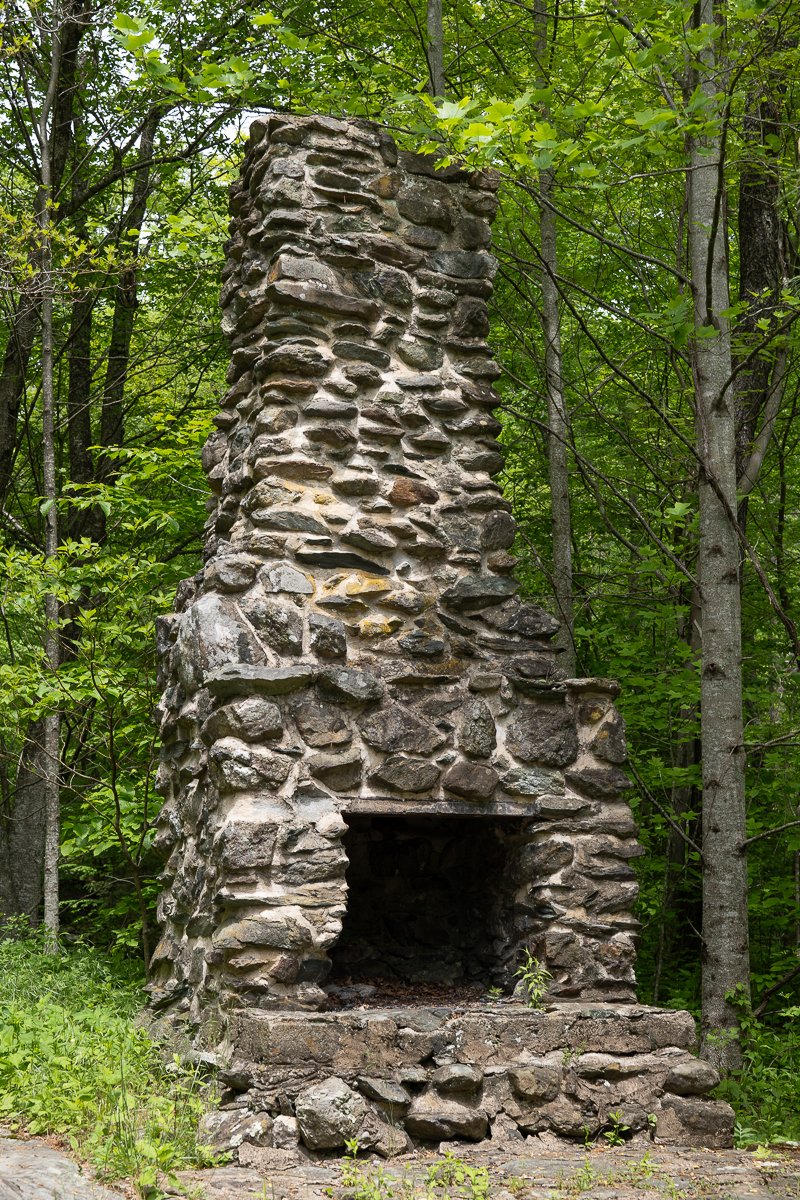
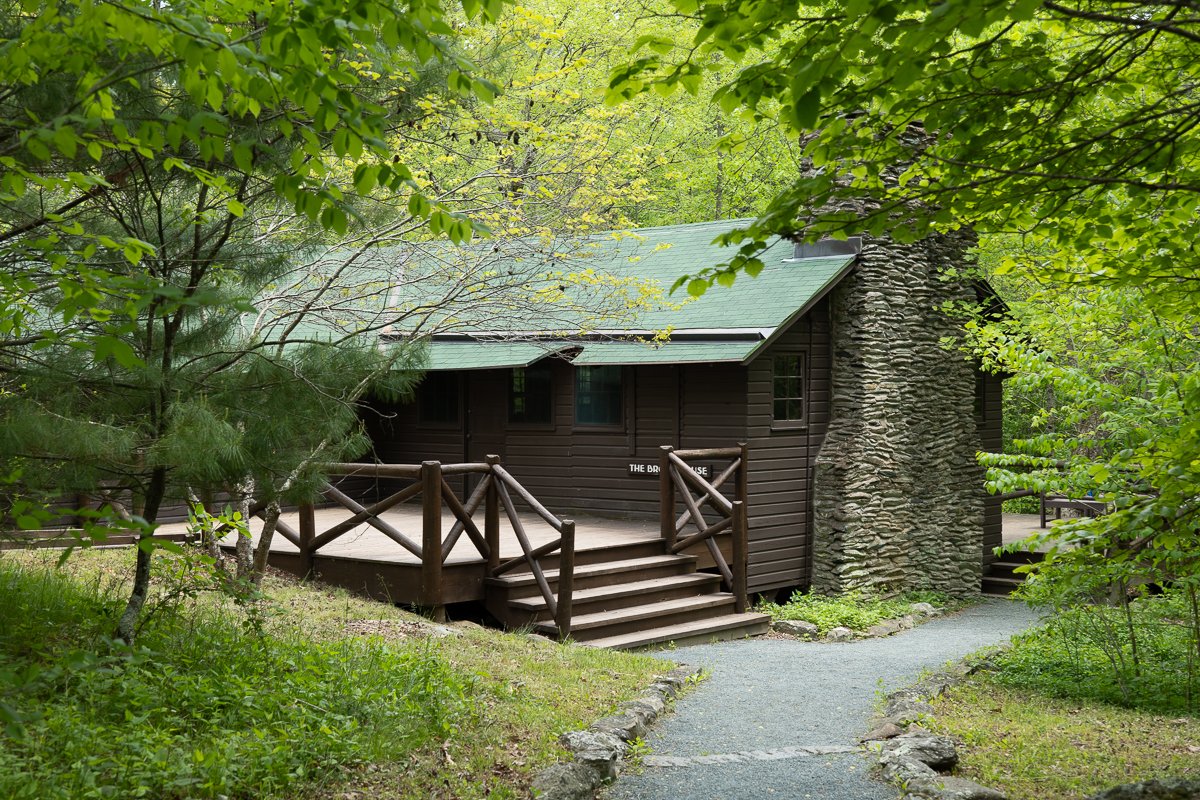
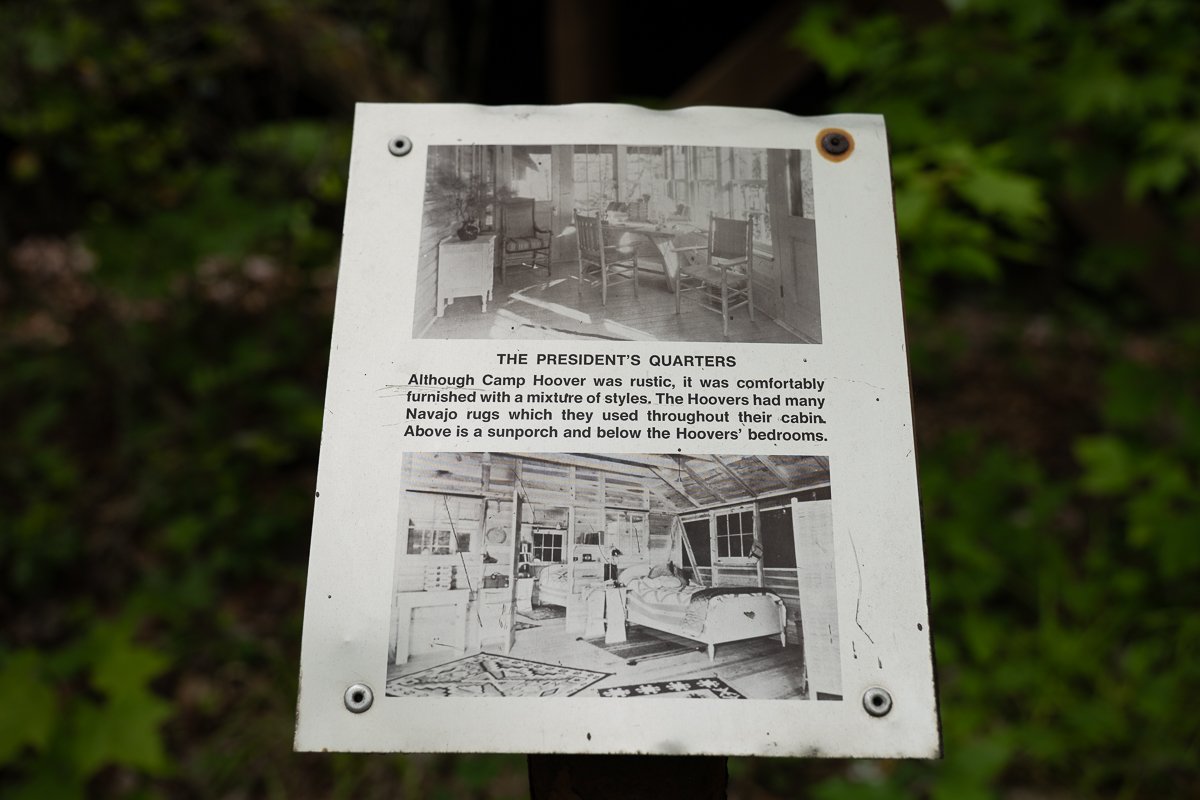
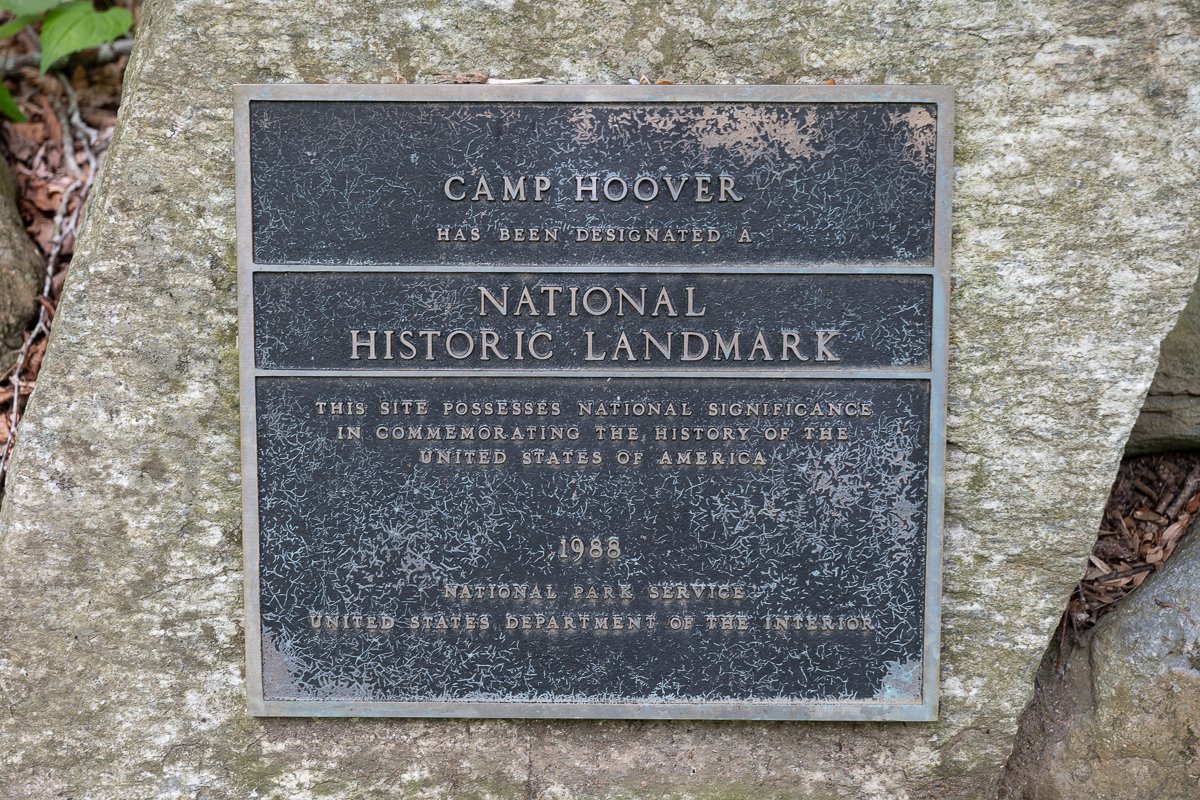
Conclusion
If you are into historical places and hiking I highly recommend visiting Mount Vernon and Shenandoah National Park. Walking through the historic Mount Vernon house gives you a glimpse of how upper-class people lived in the late 1700s. Strolling the property you get a sense of how vast George’s farming was. Driving the scenic skyline in Shenandoah Nation Park is amazing, the hiking trails are amazing, and the photography opportunities are amazing. Don’t forget to bring your camera, plenty of water, and a comfortable pair of hiking boots. Relax, enjoy nature, and maybe you will stumble across a hidden gem.
All images were taken with a Panasonic Lumix S1 camera with an attached Lumix S Series 24-105mm F4 L-Mount lens.
If you would like to learn more about Mount Vernon, check out the website: https://www.mountvernon.org/. If you would like to freshen up your history about the beginning of The United States, the founding fathers, and George Washington, I highly recommend the podcast History That Doesn’t Suck. I listen to the podcast on Spotify. And to get information about Shenandoah Nation Park and what’s happening seasonally check out their website: https://www.nps.gov/shen/index.htm.



